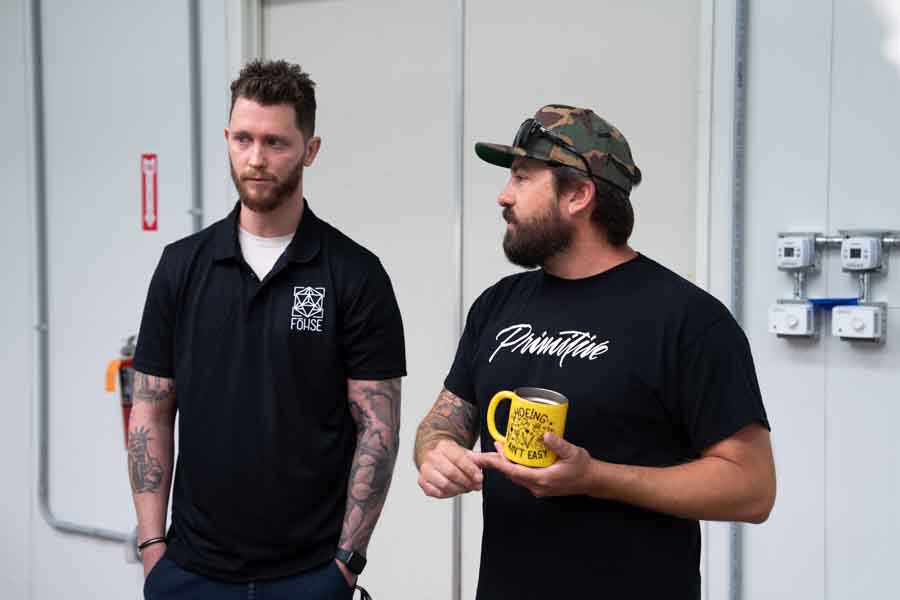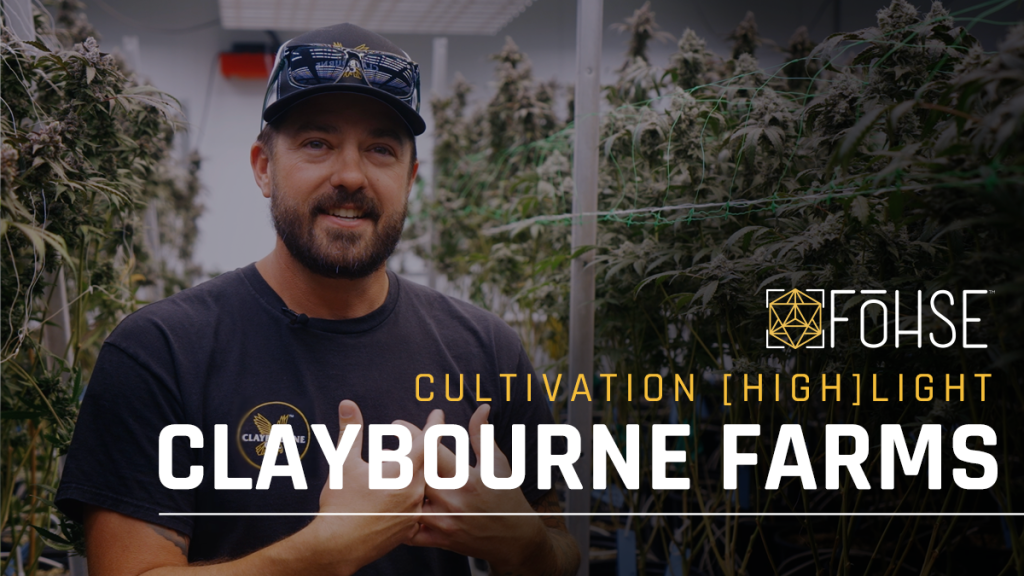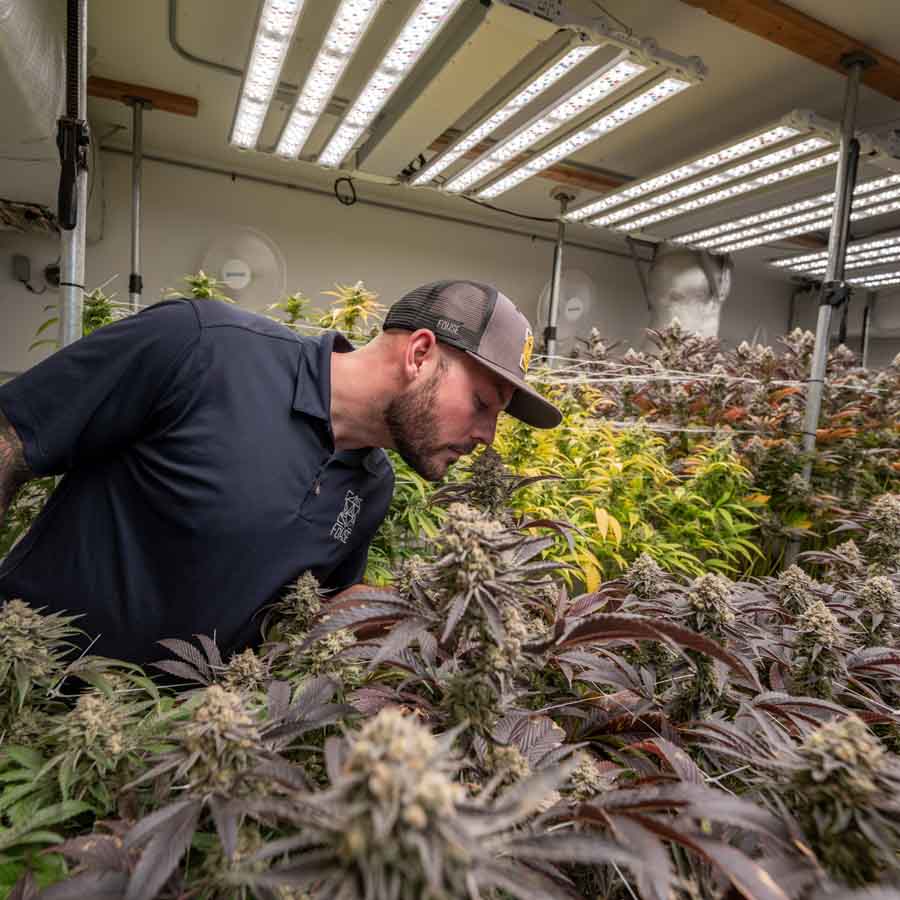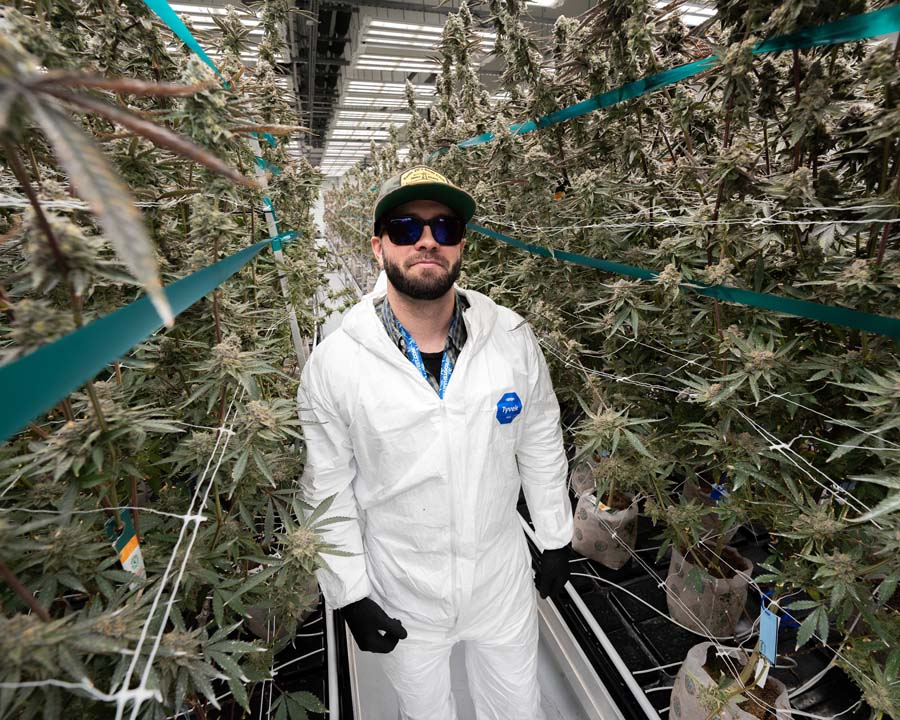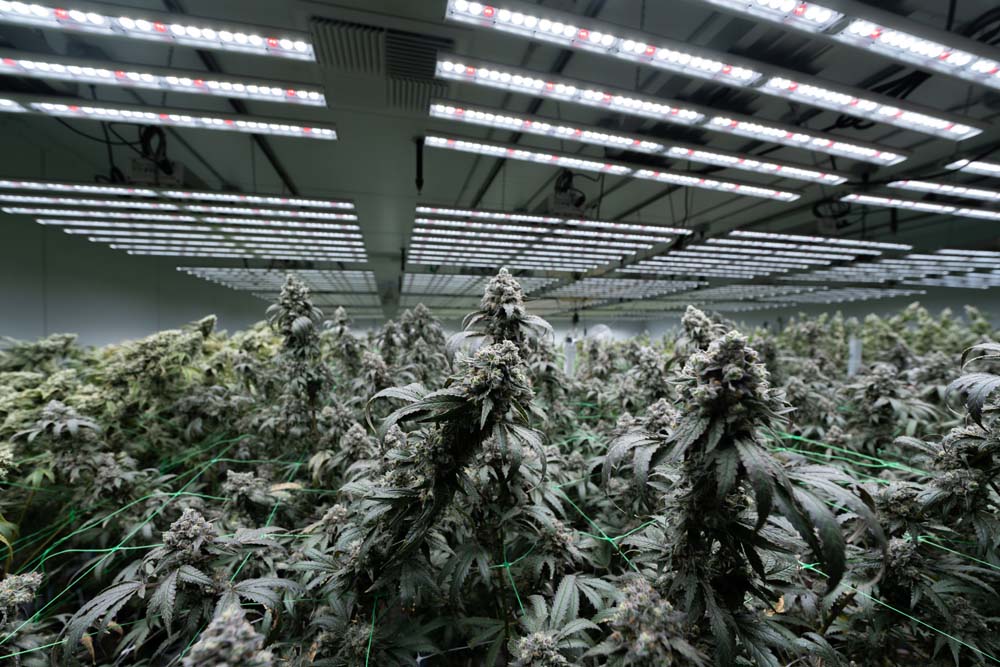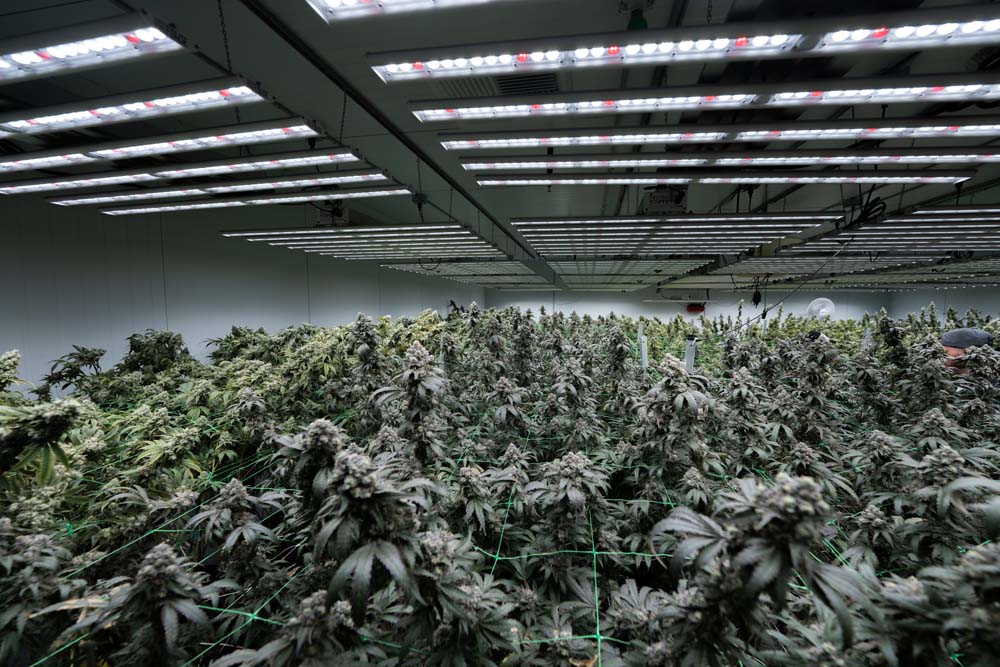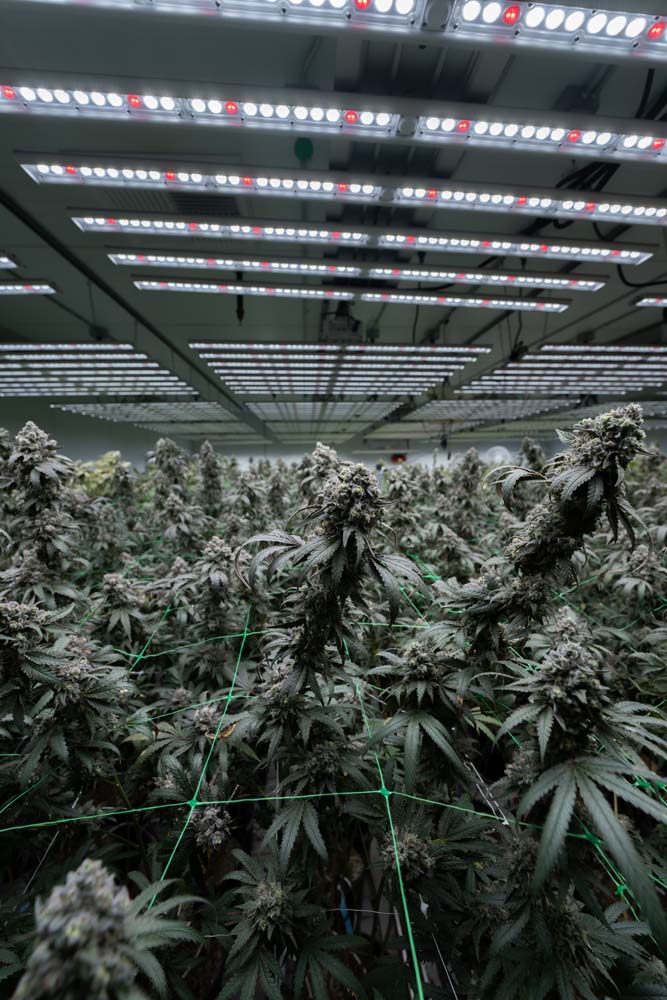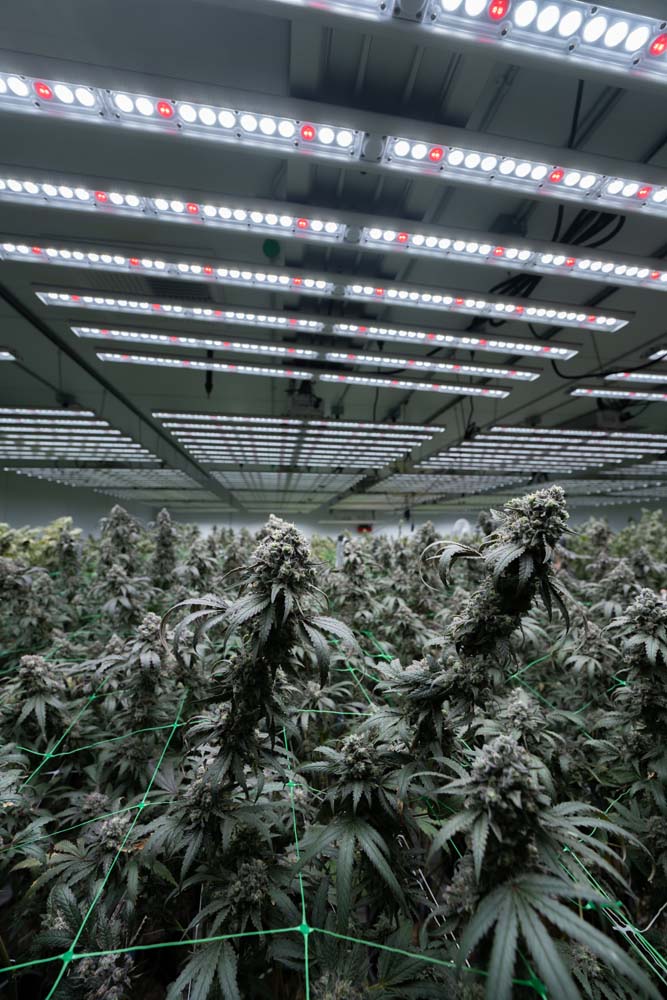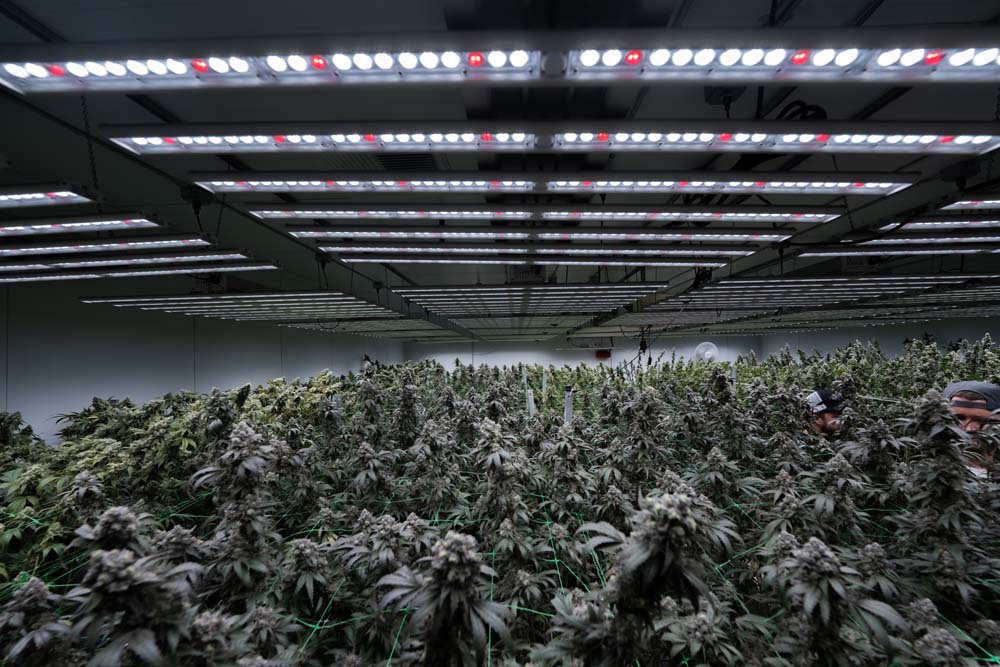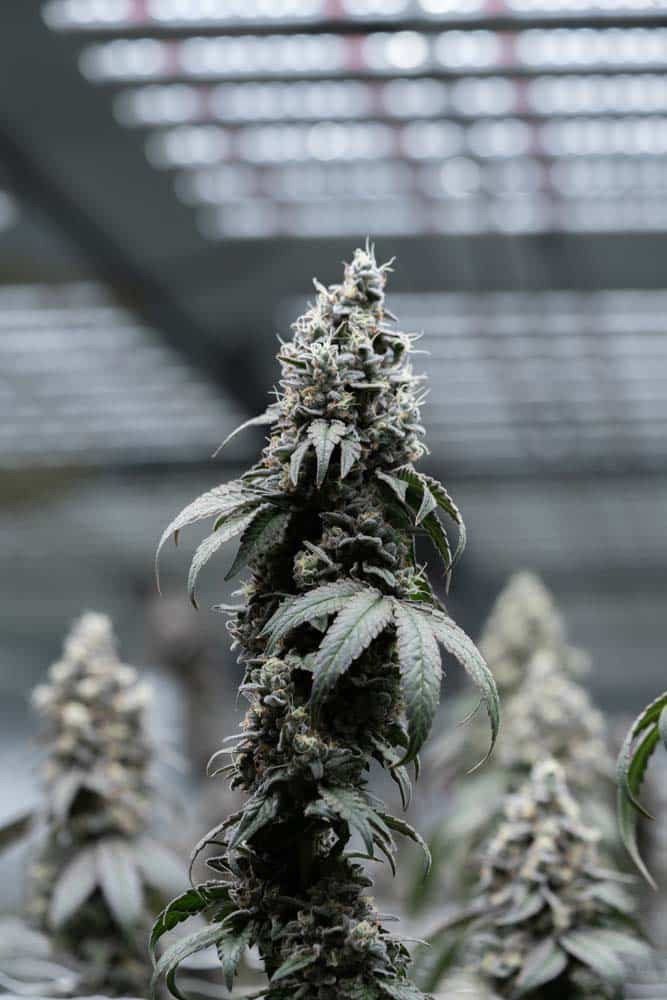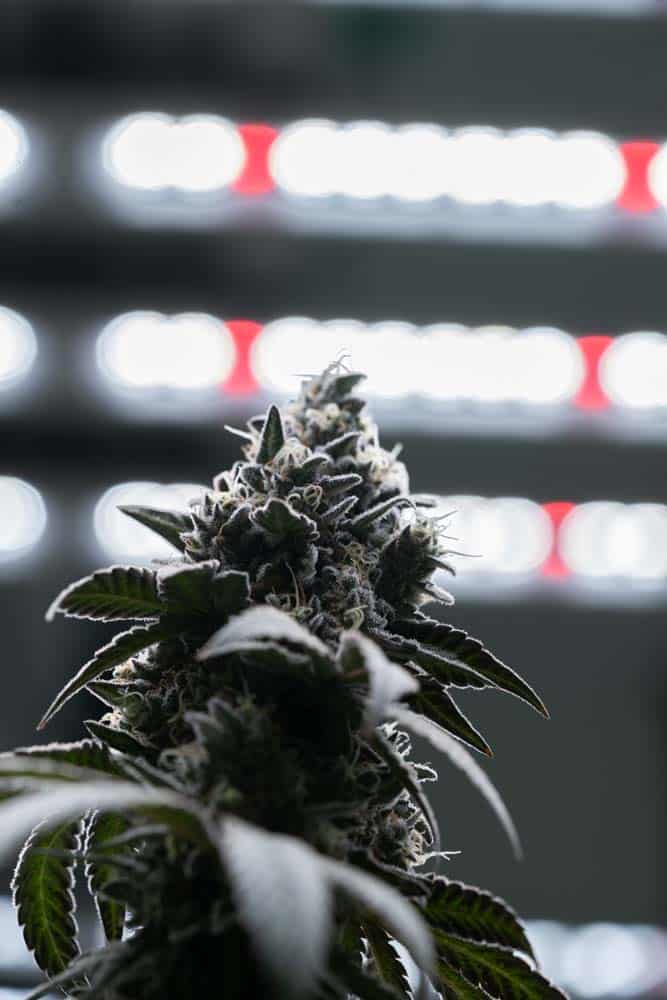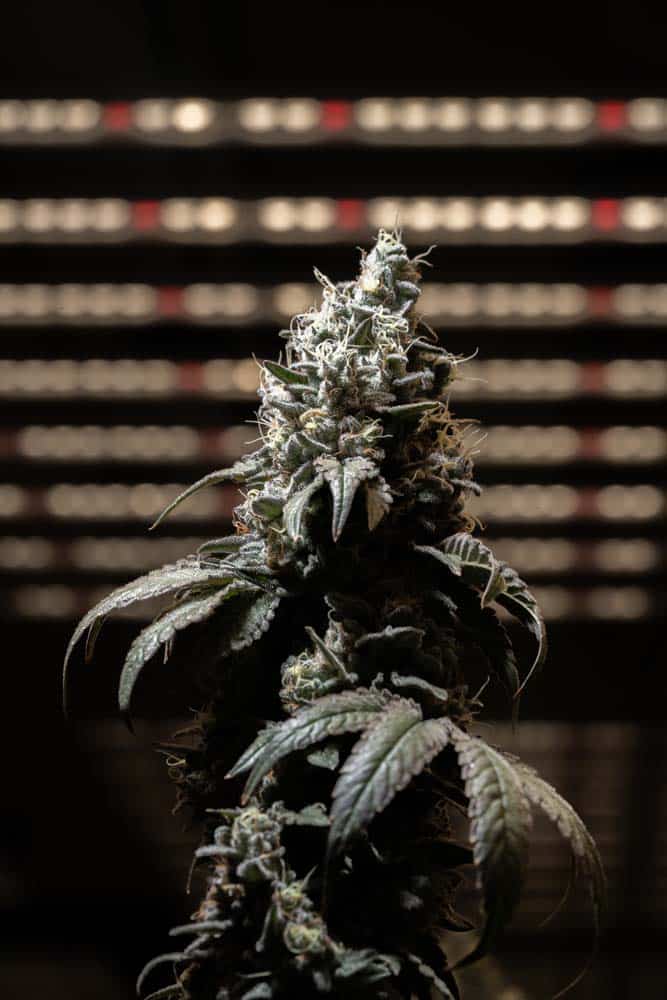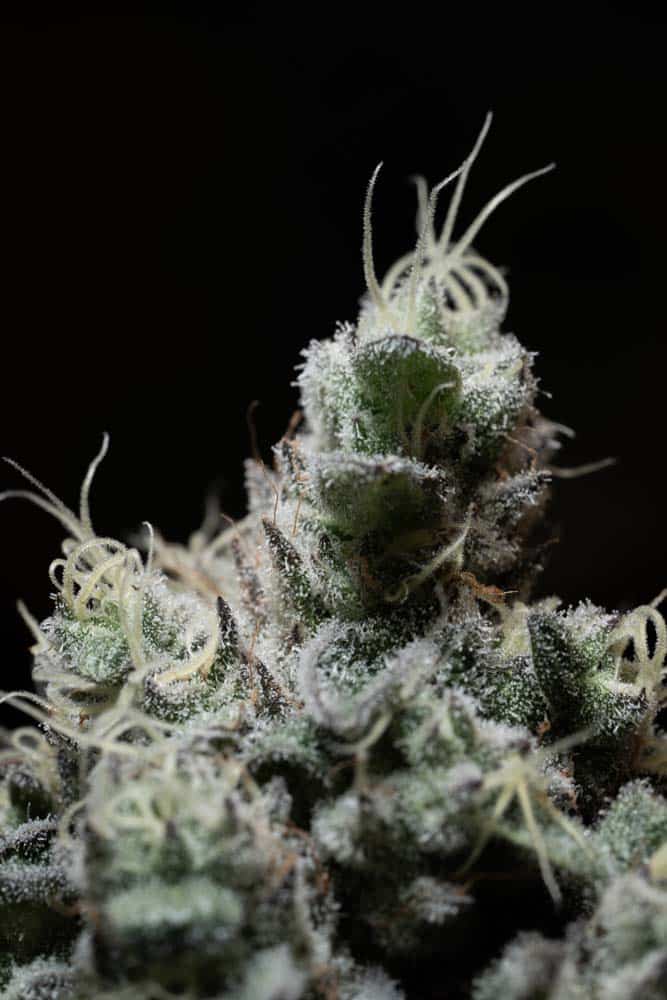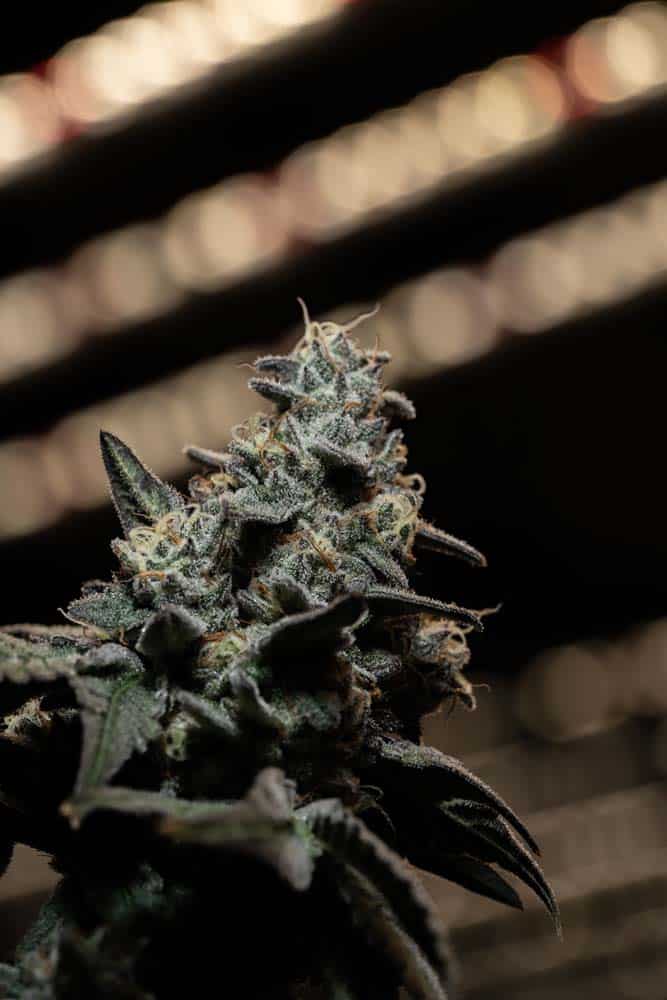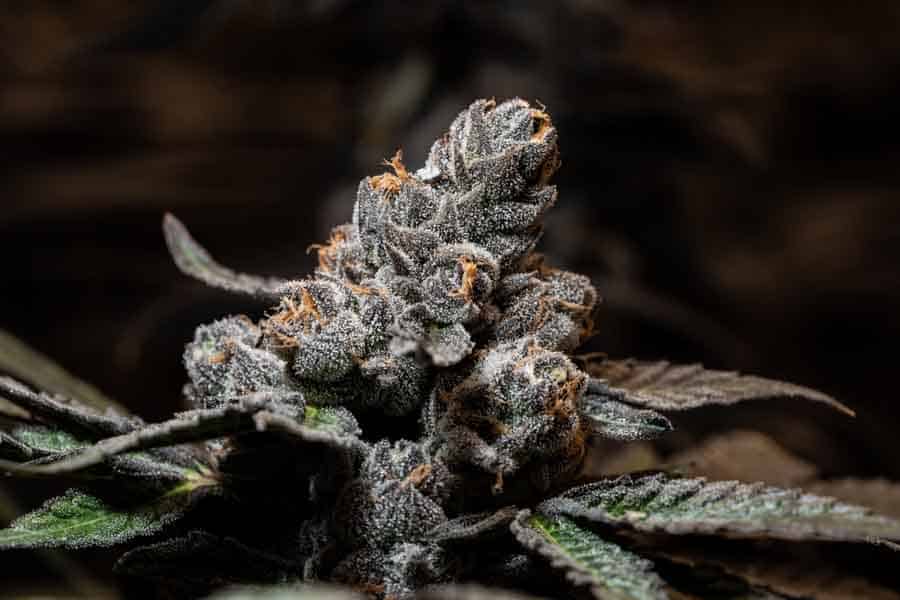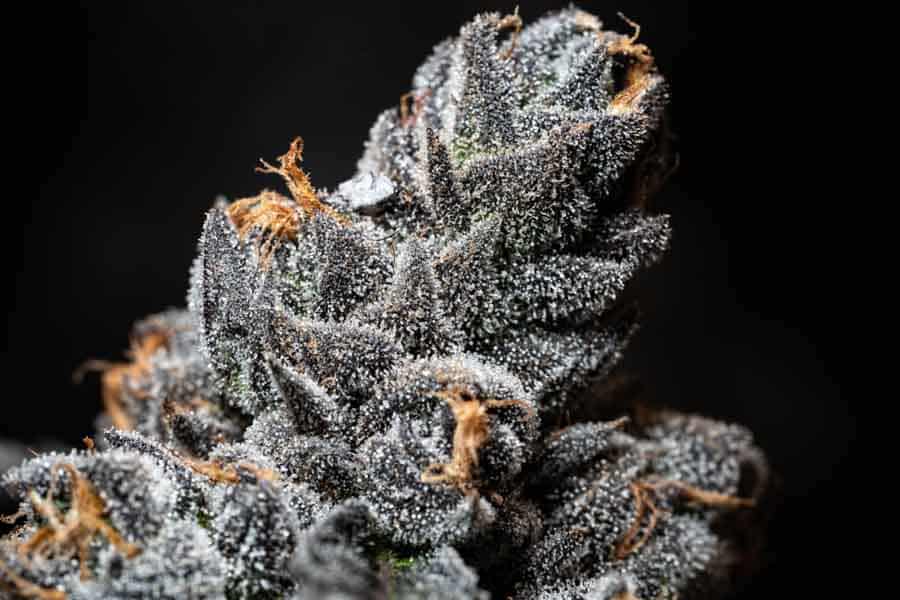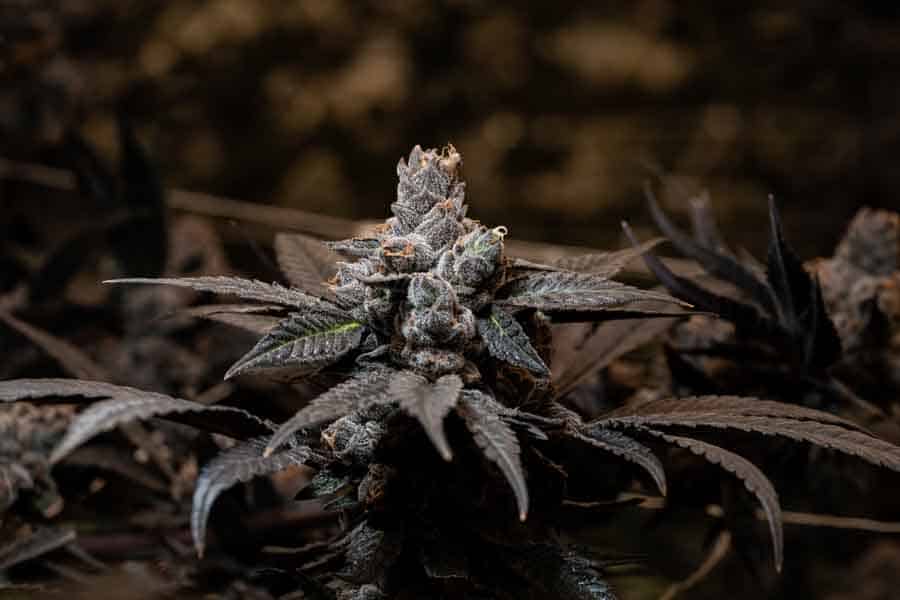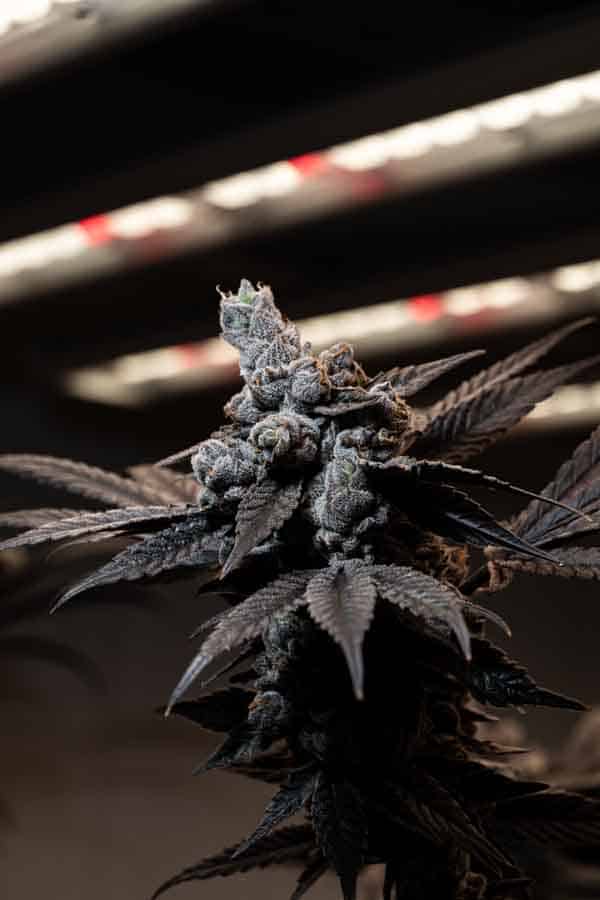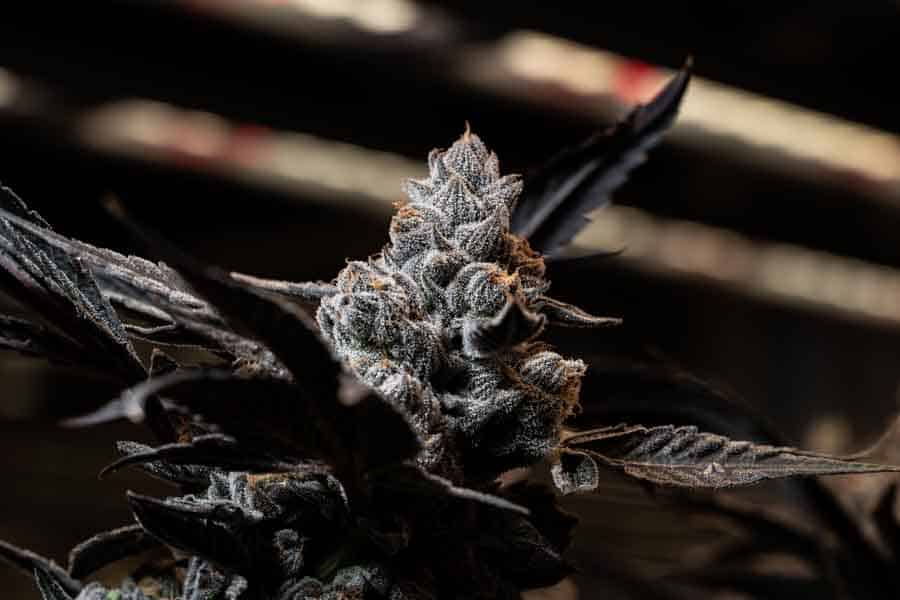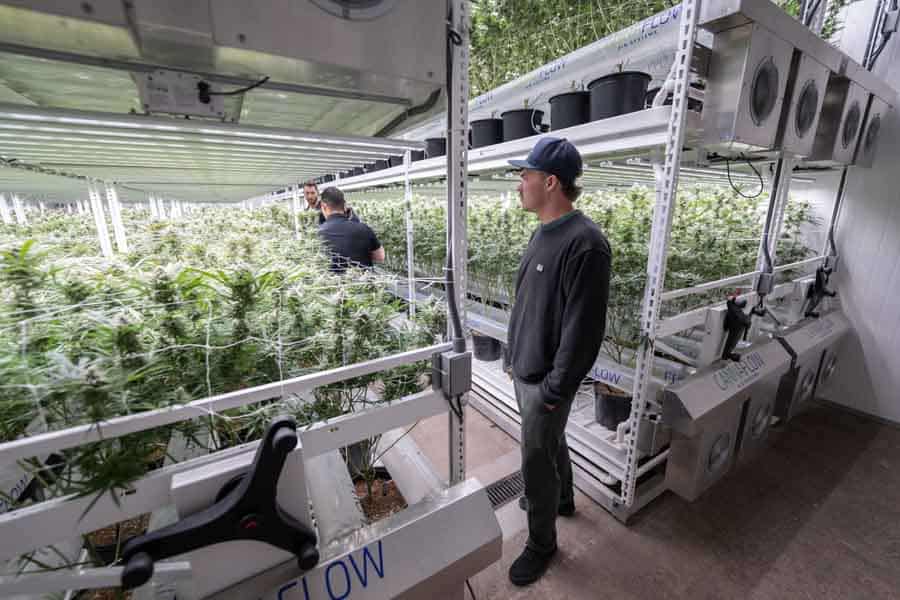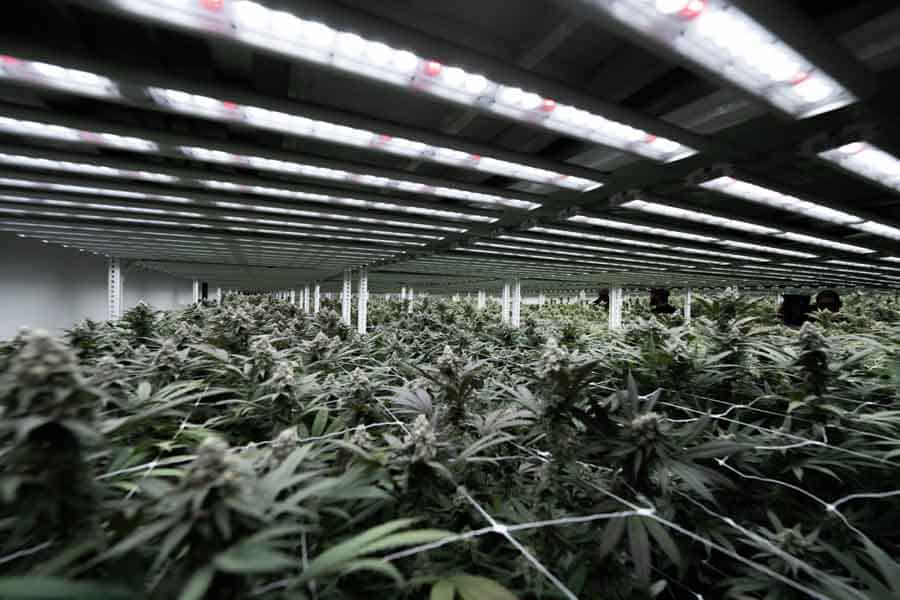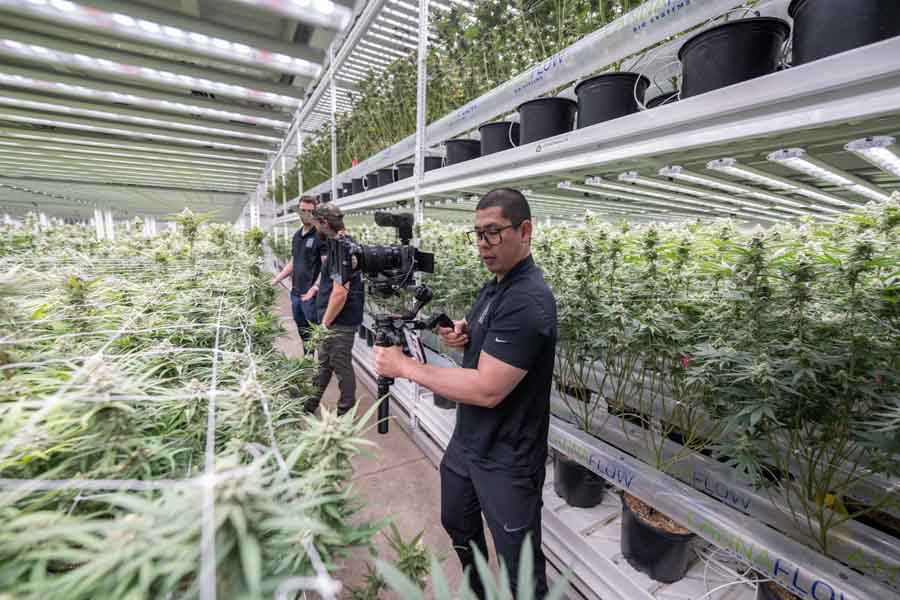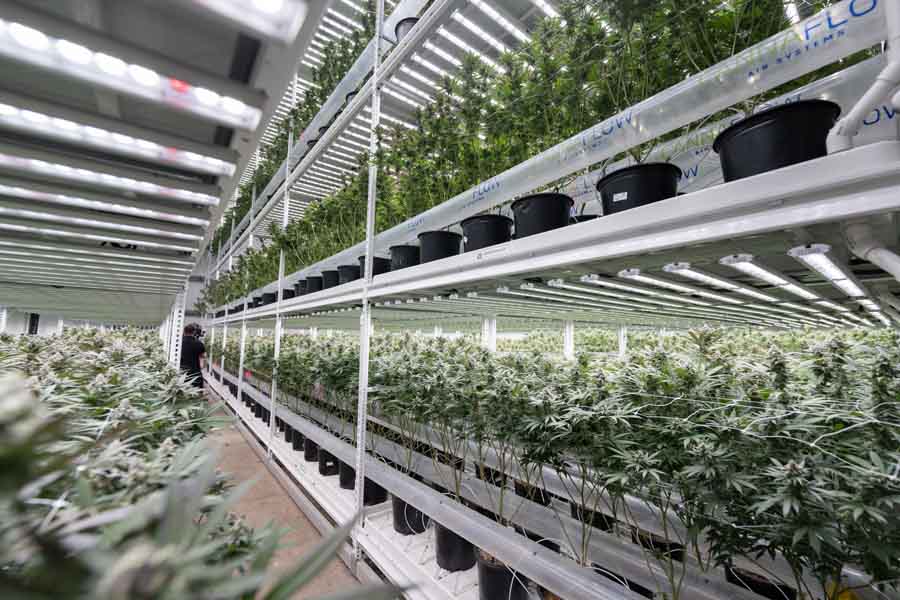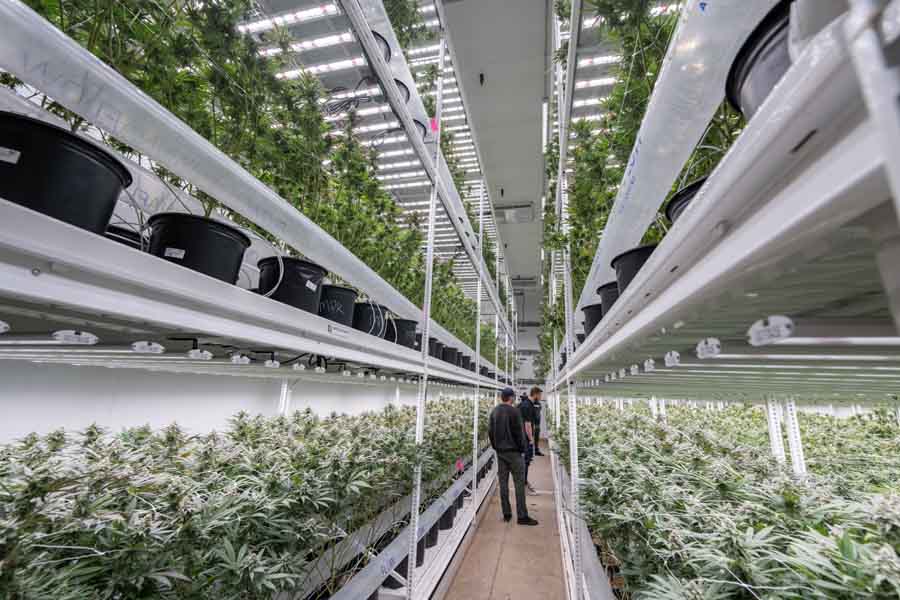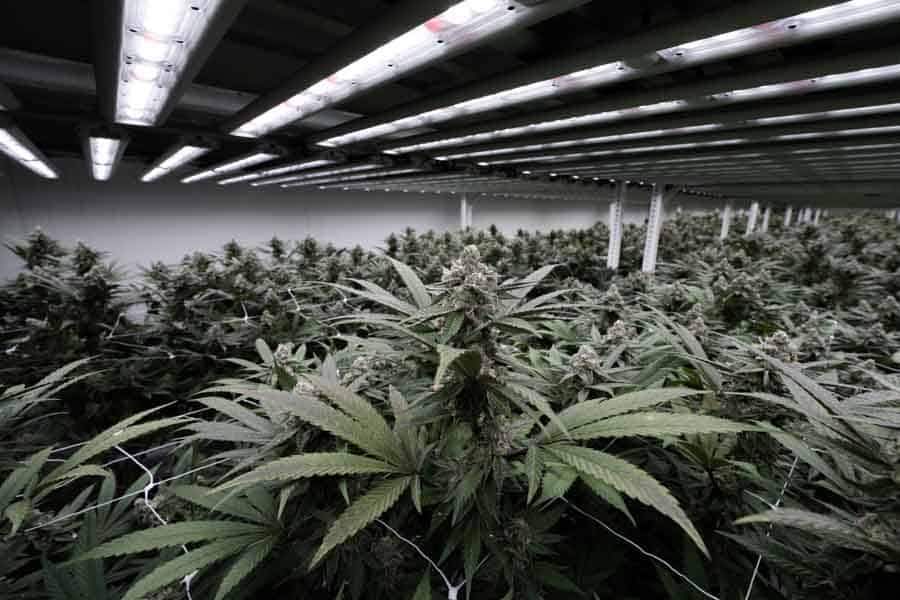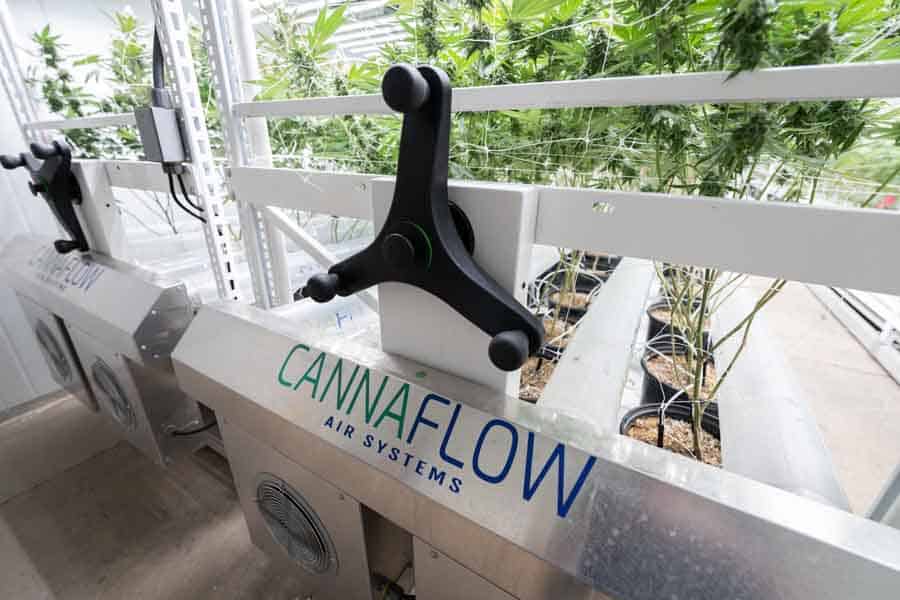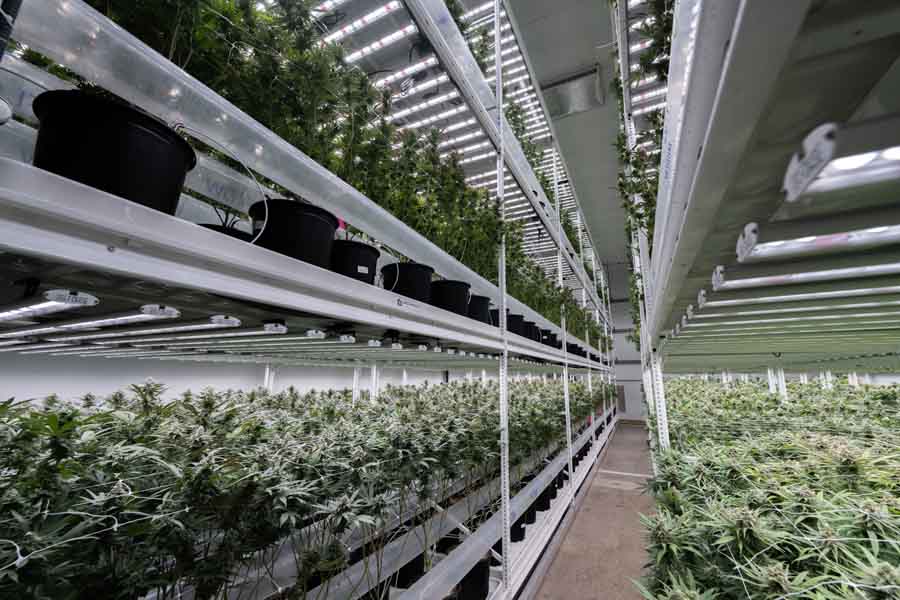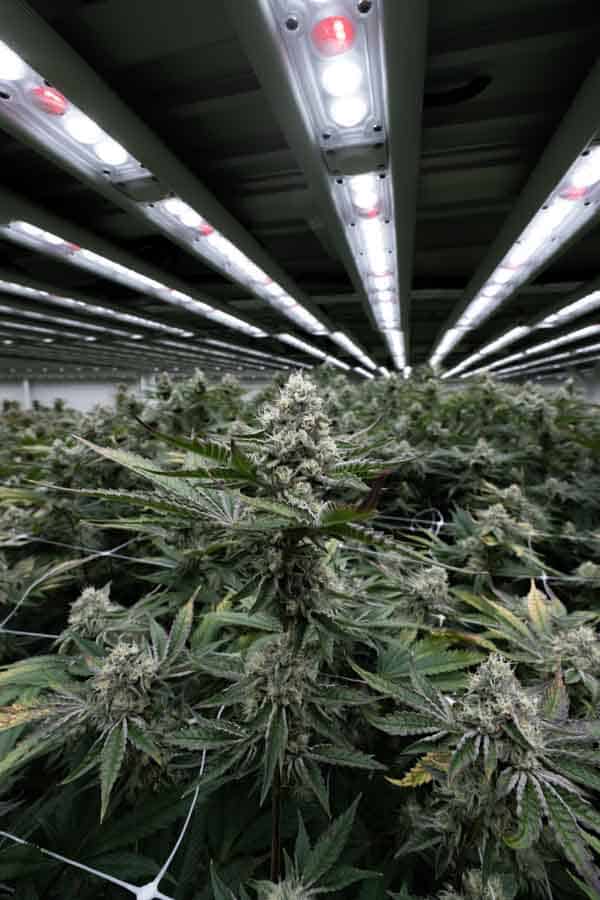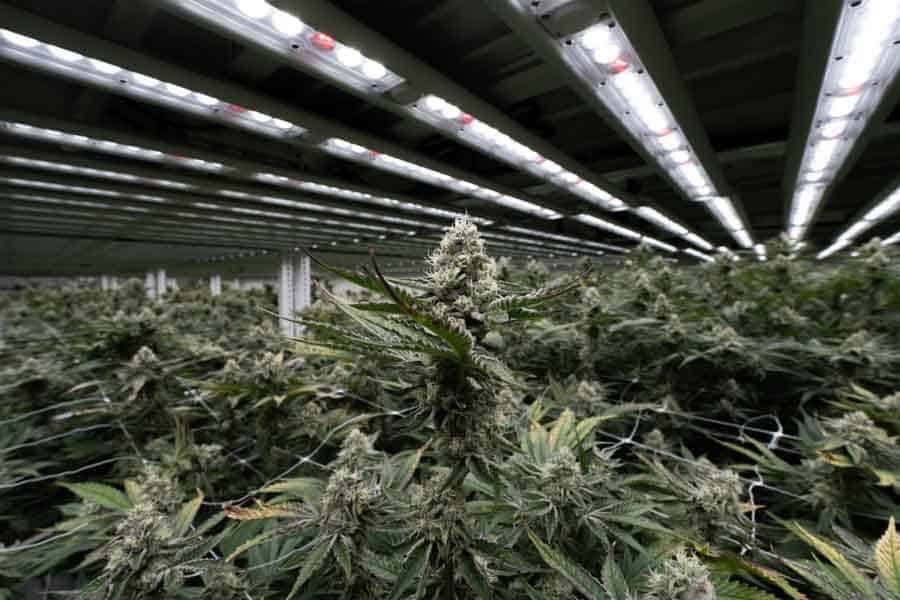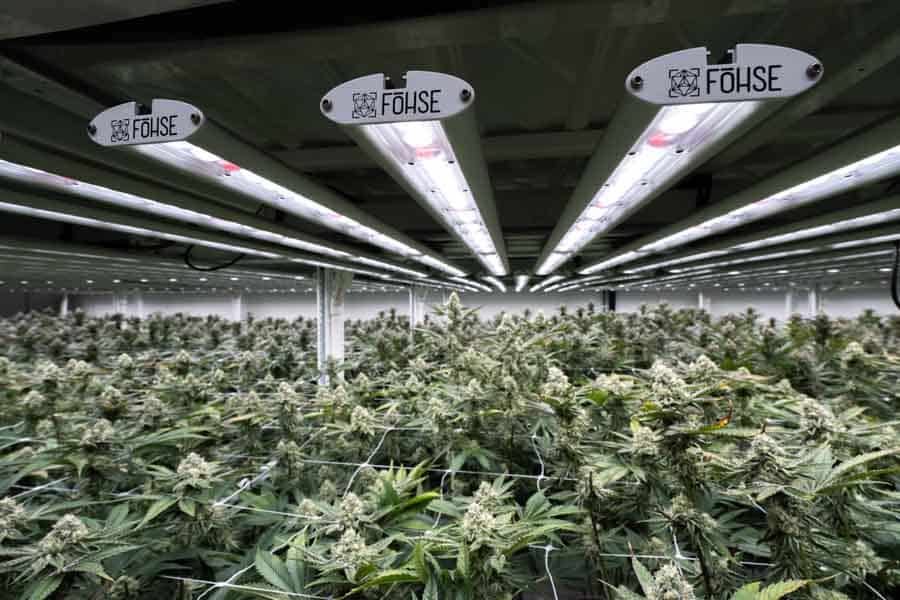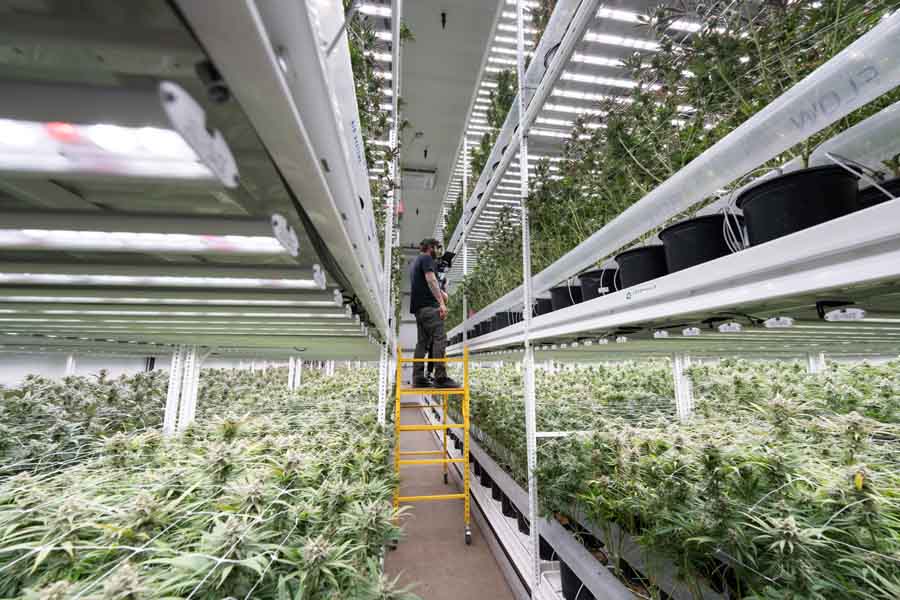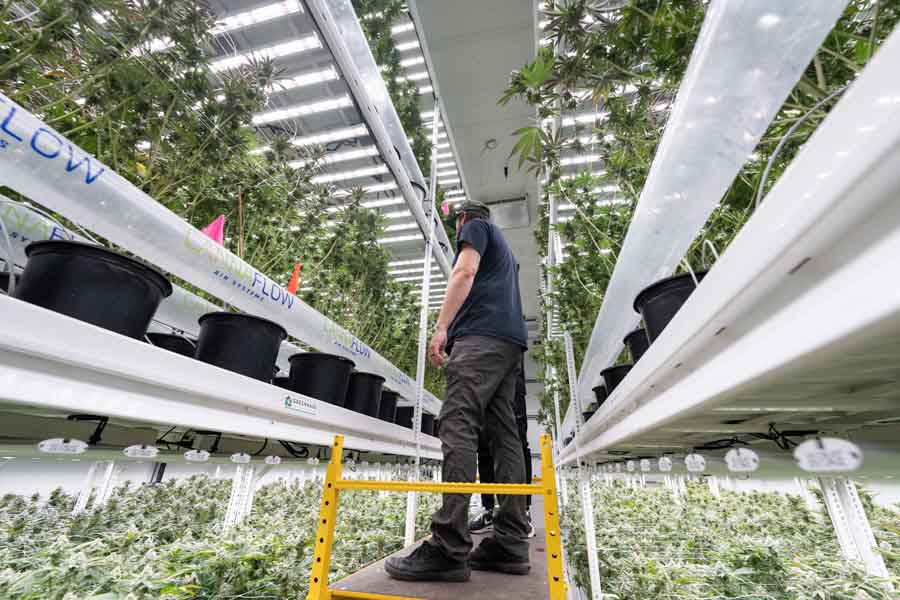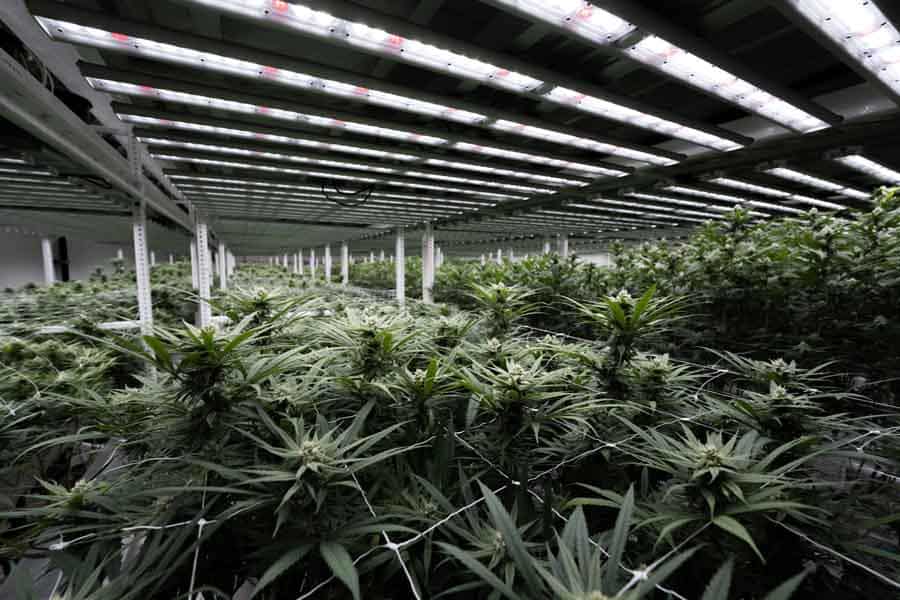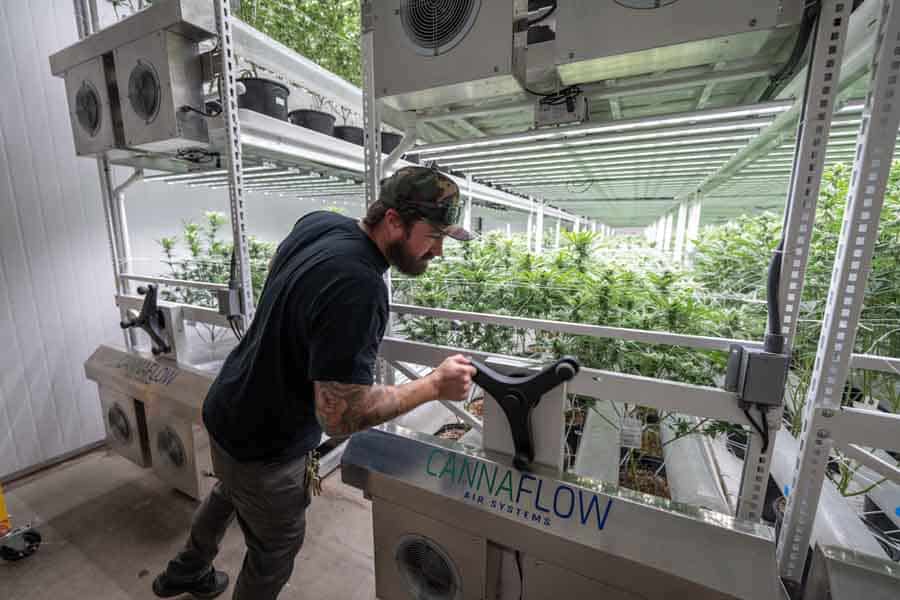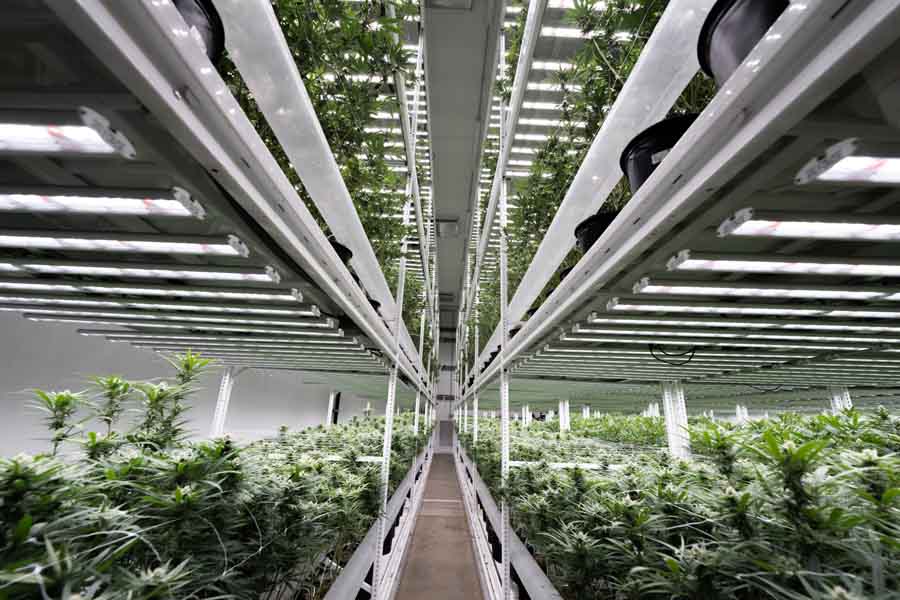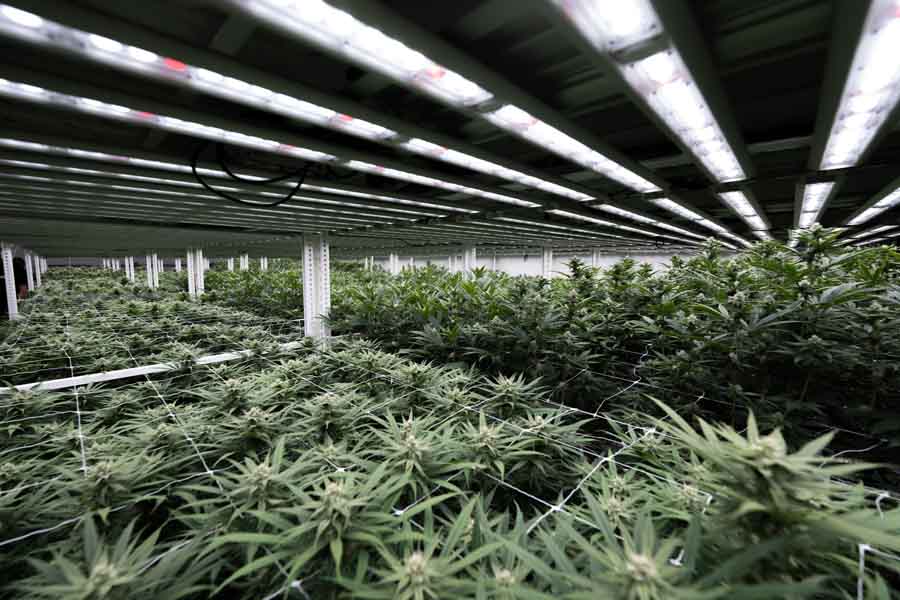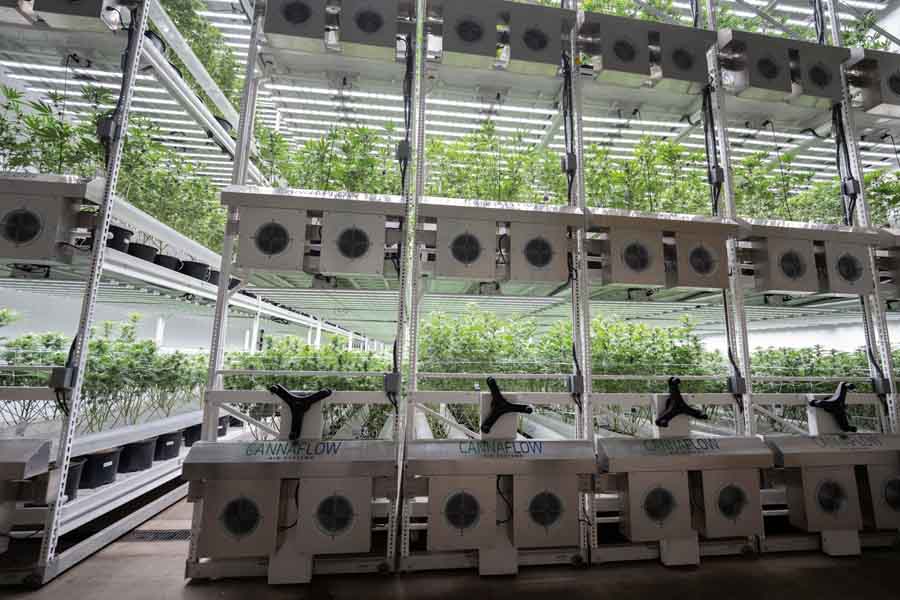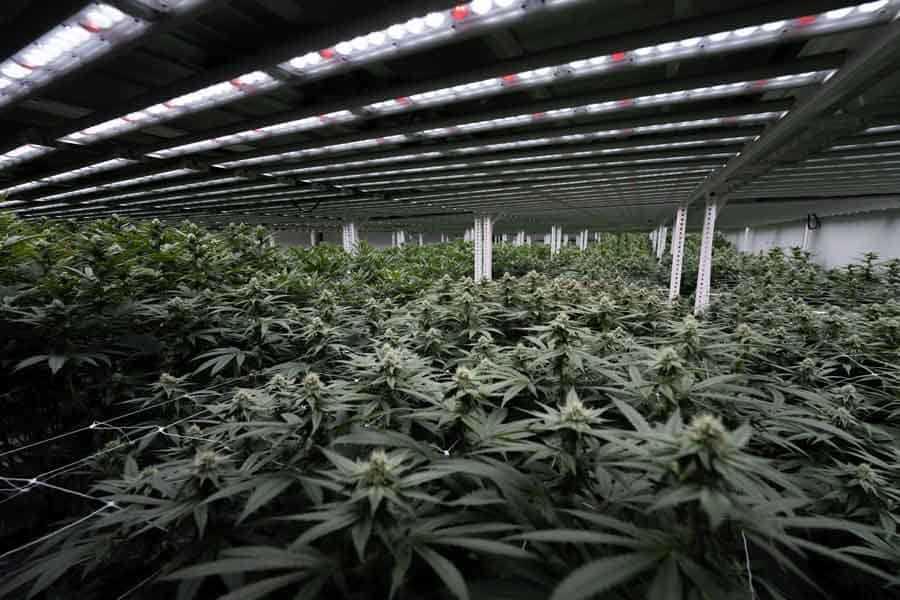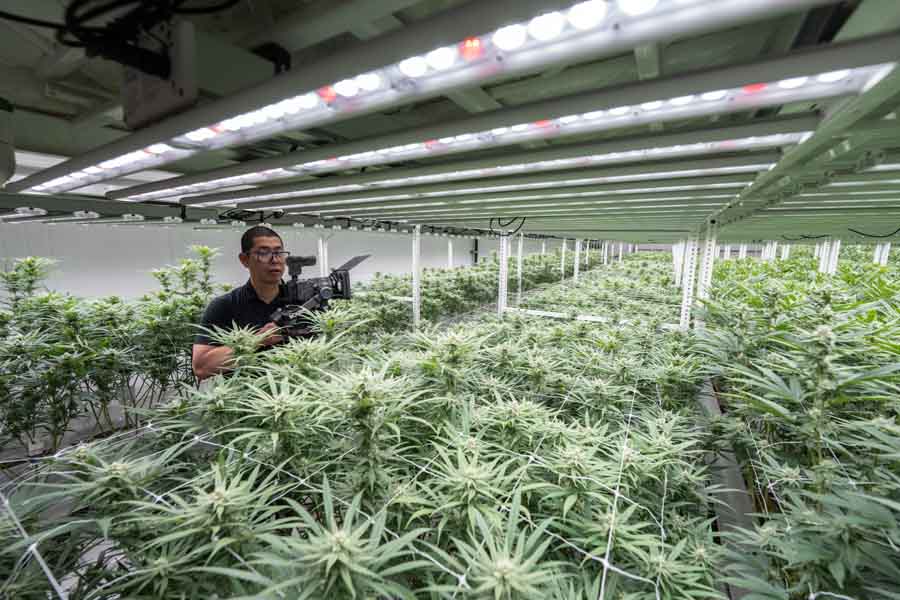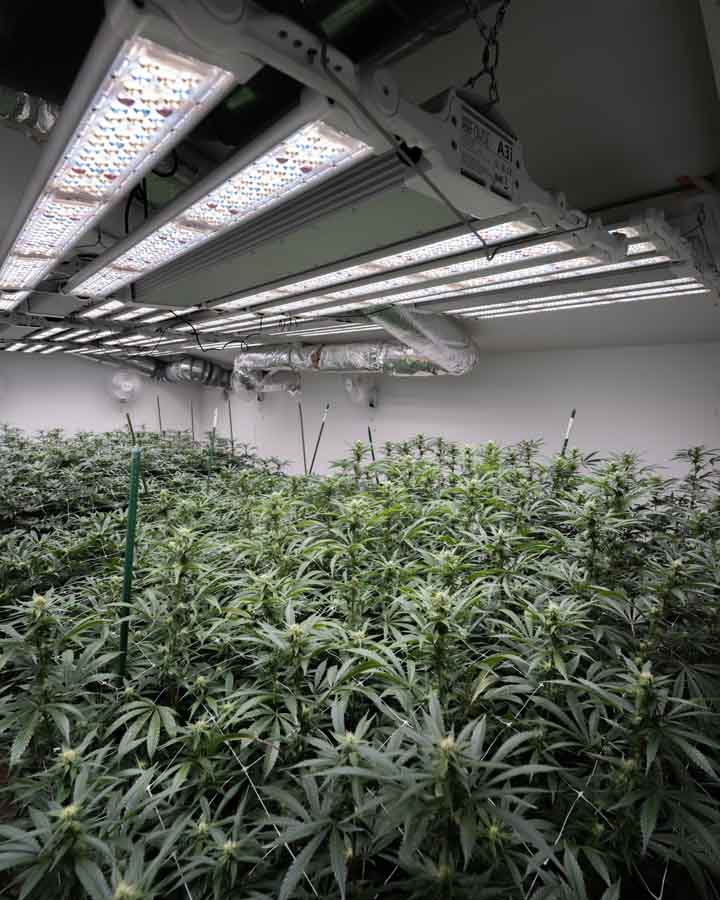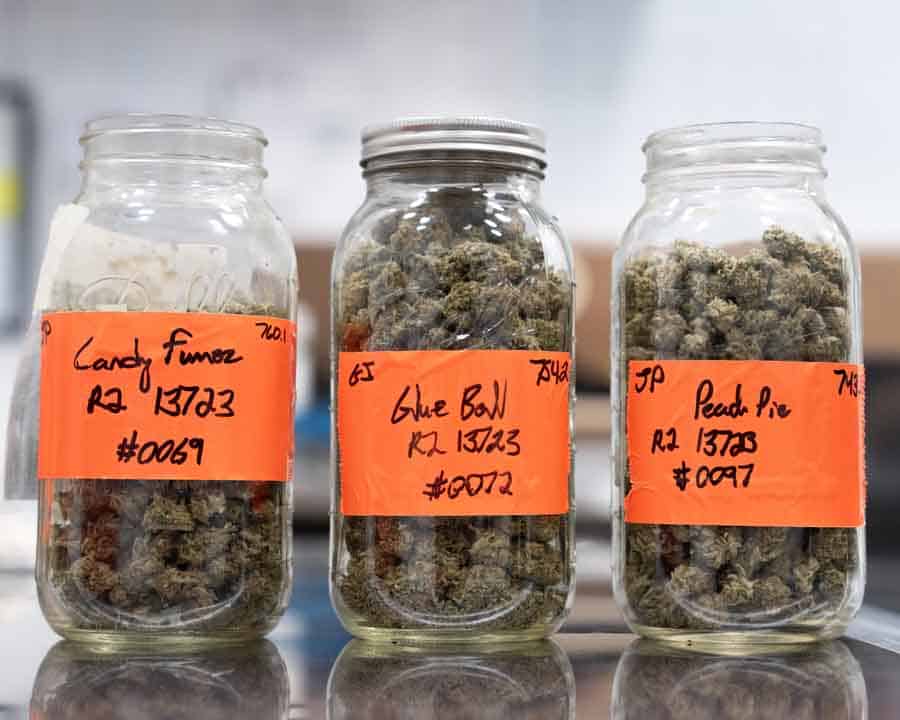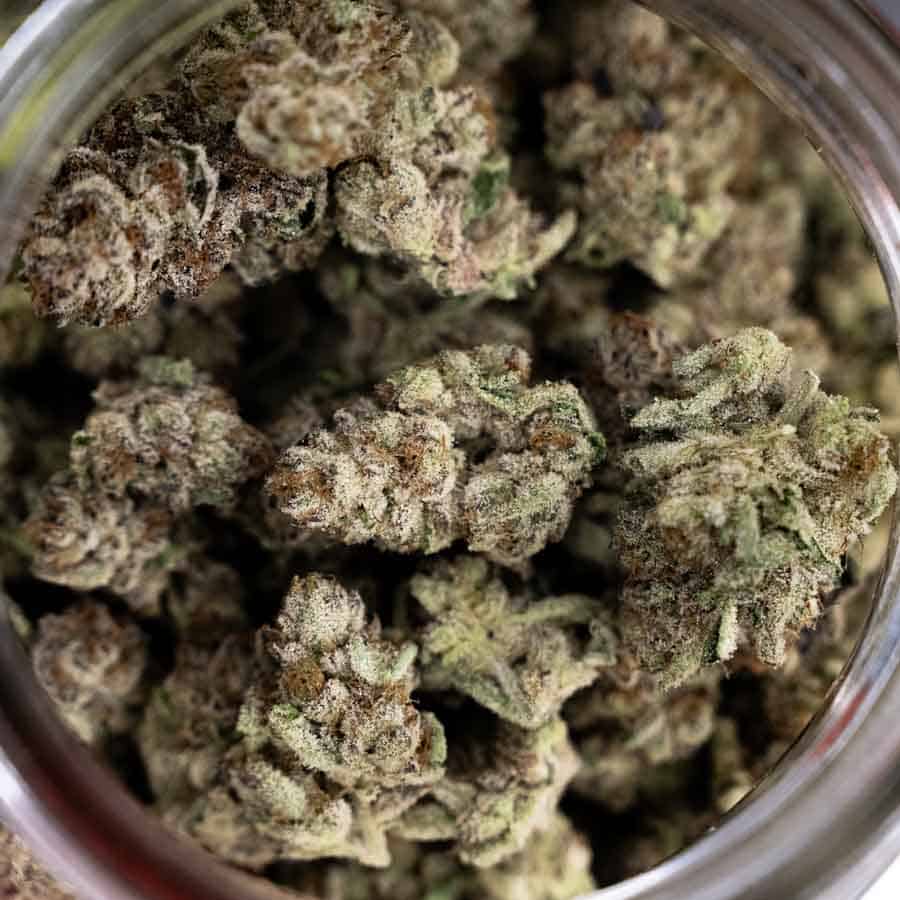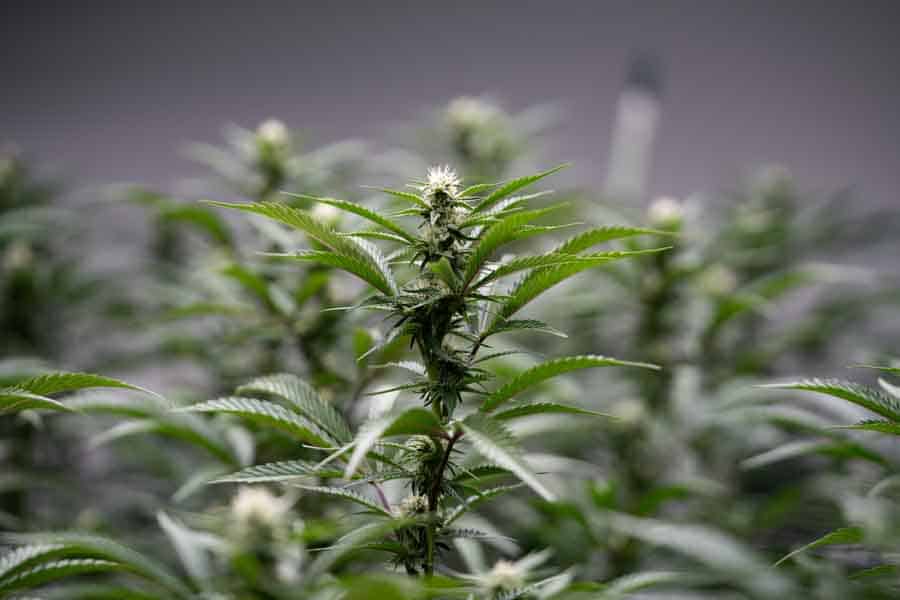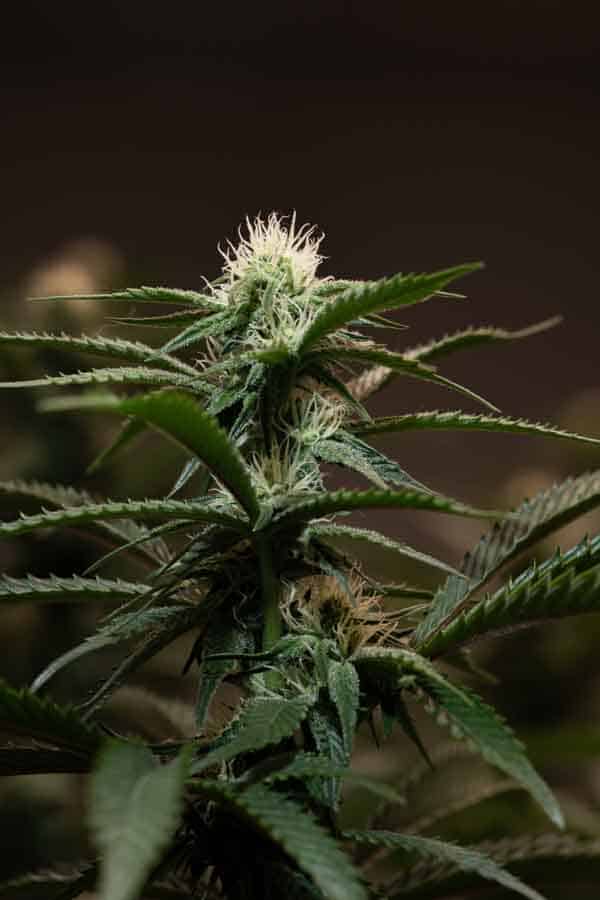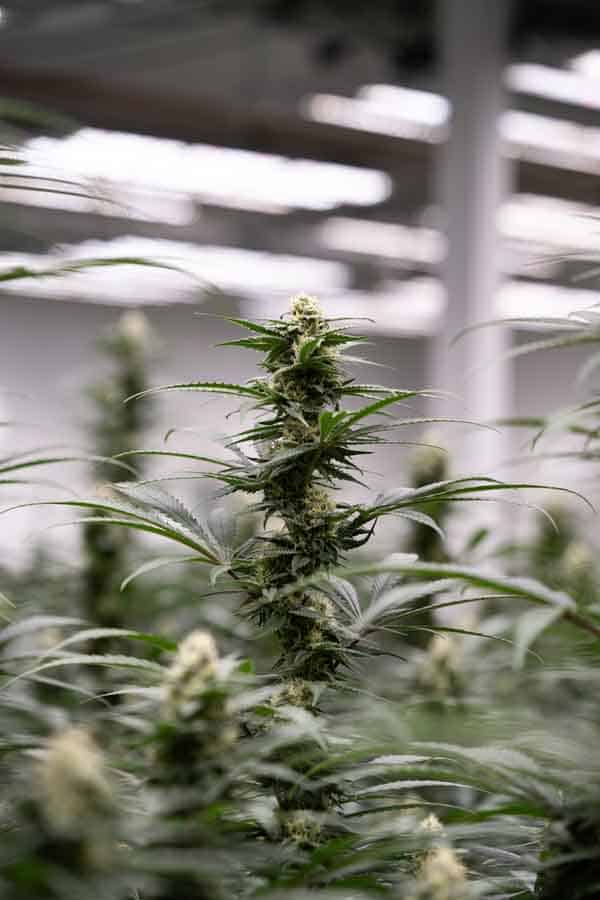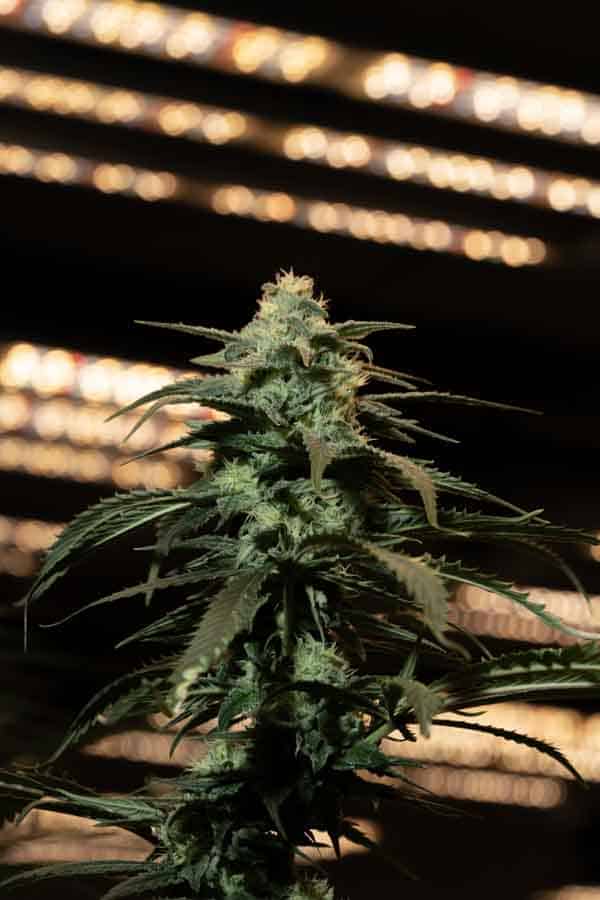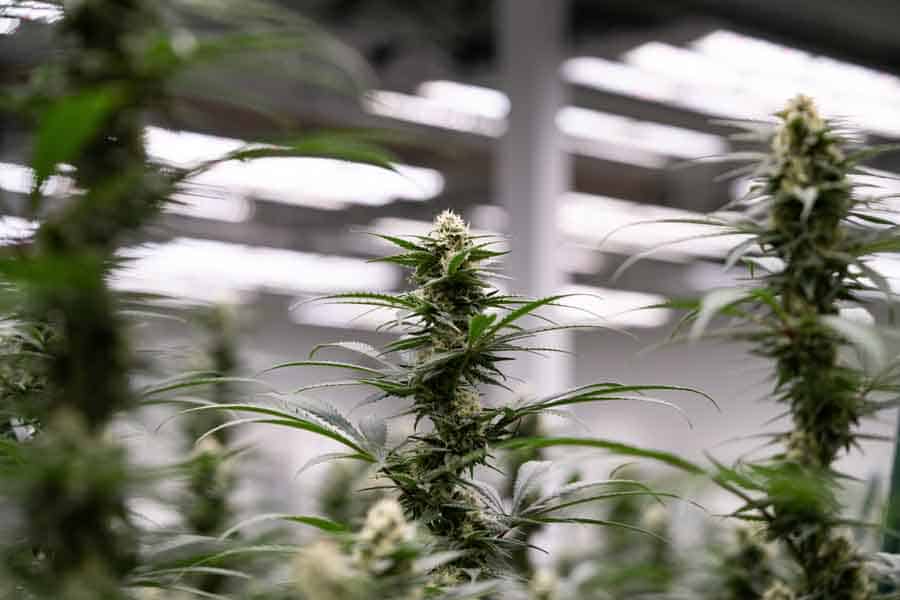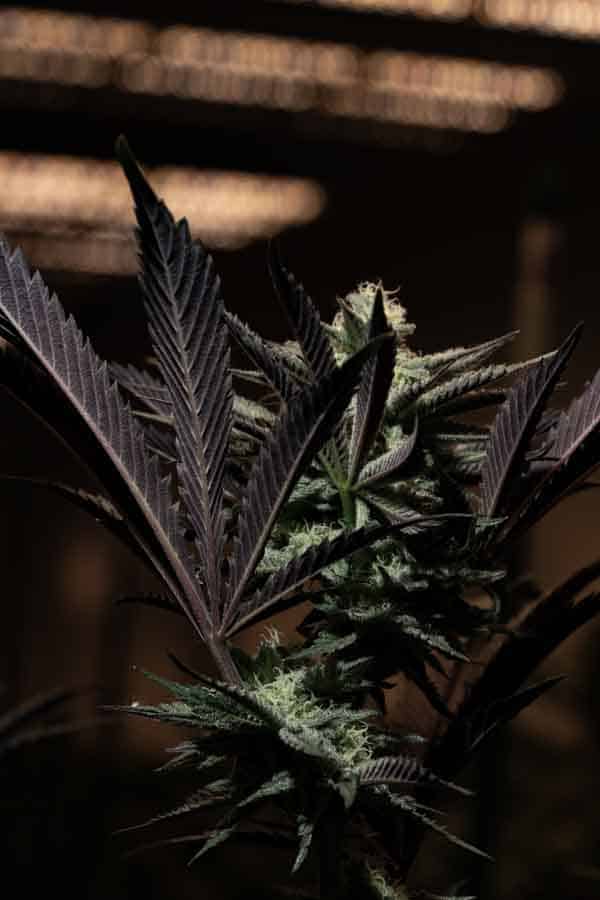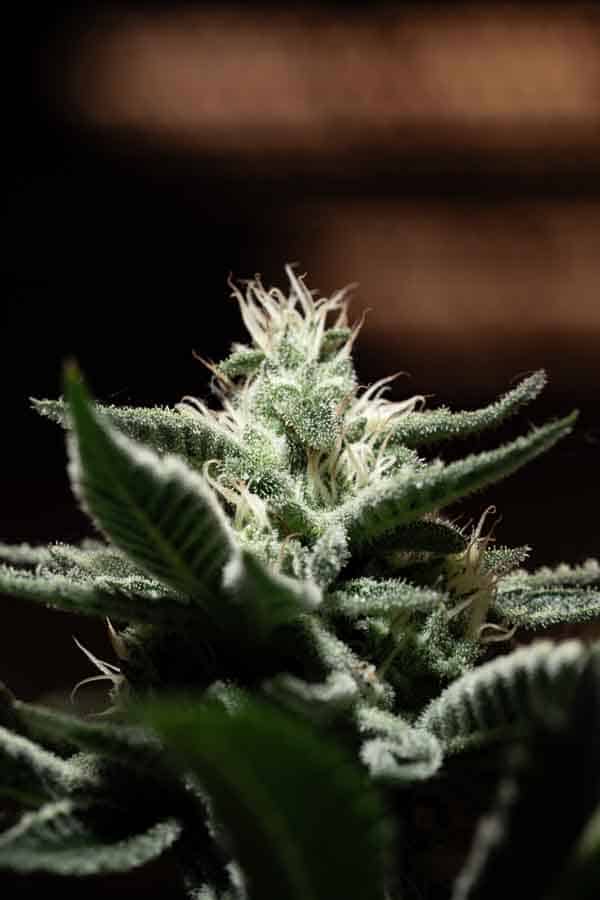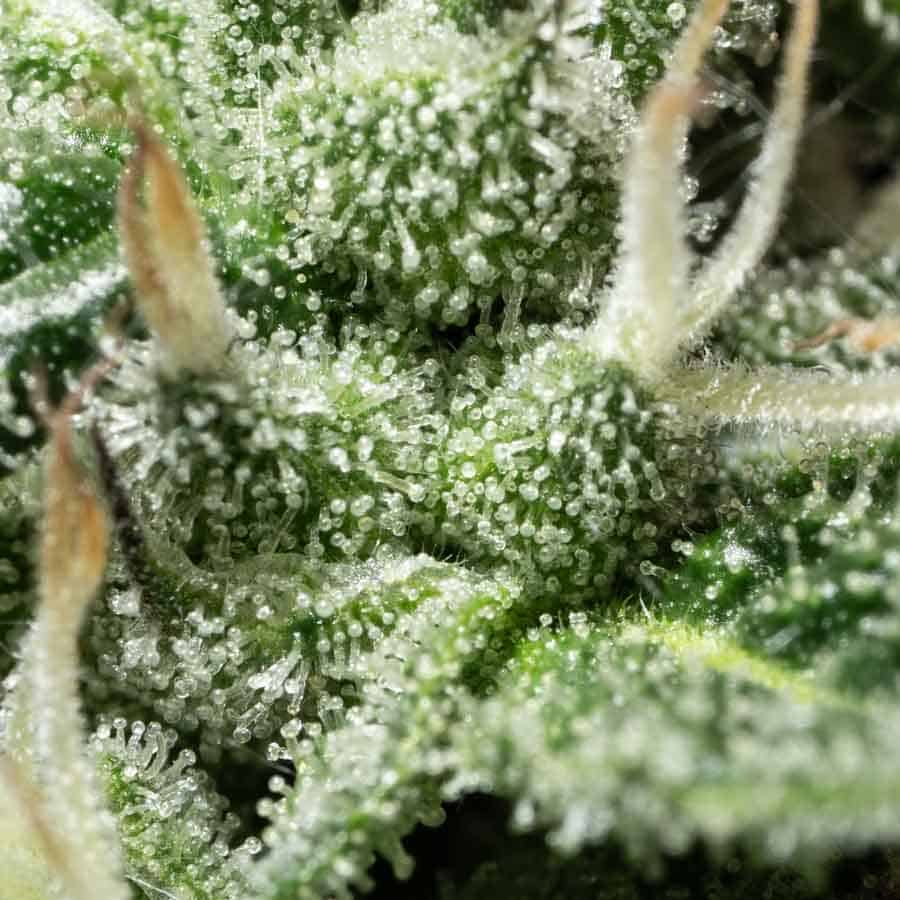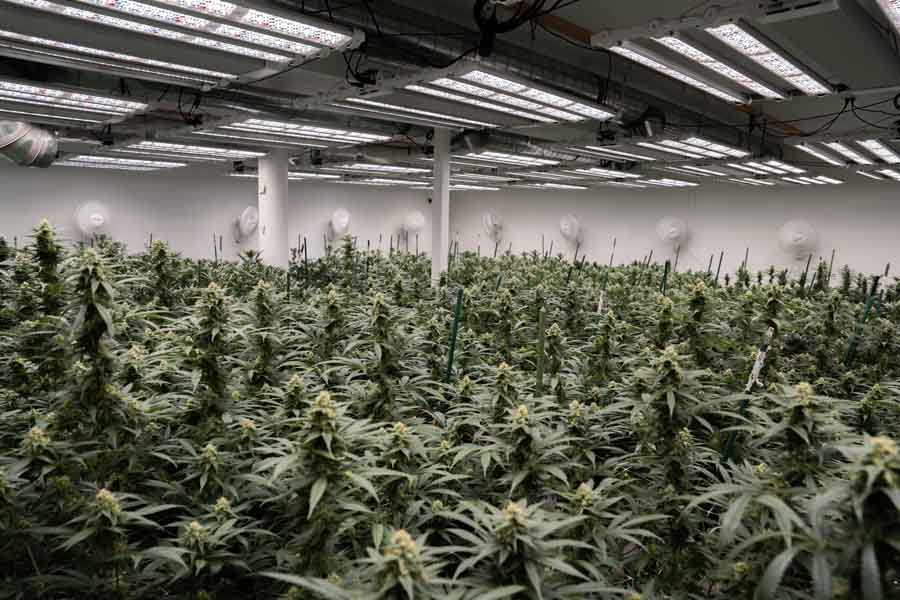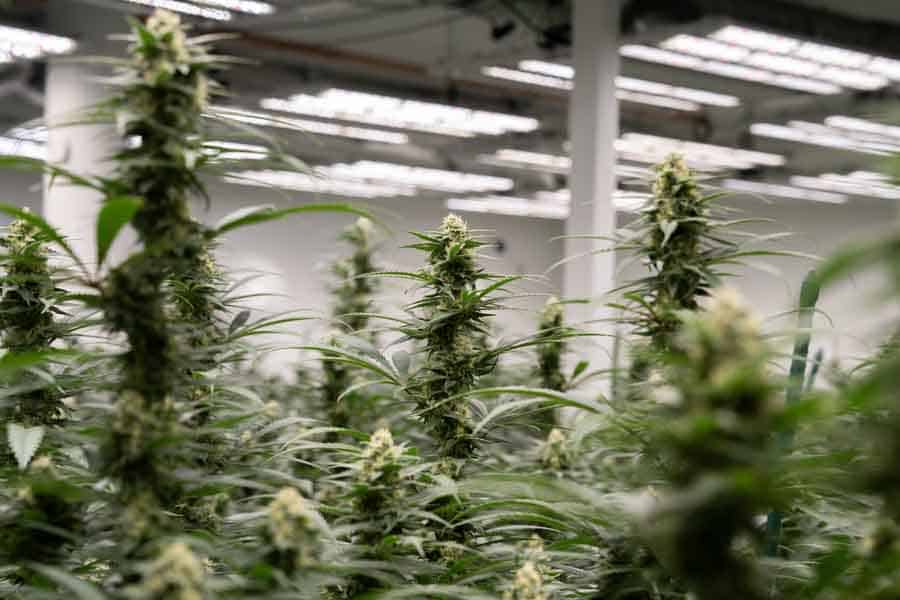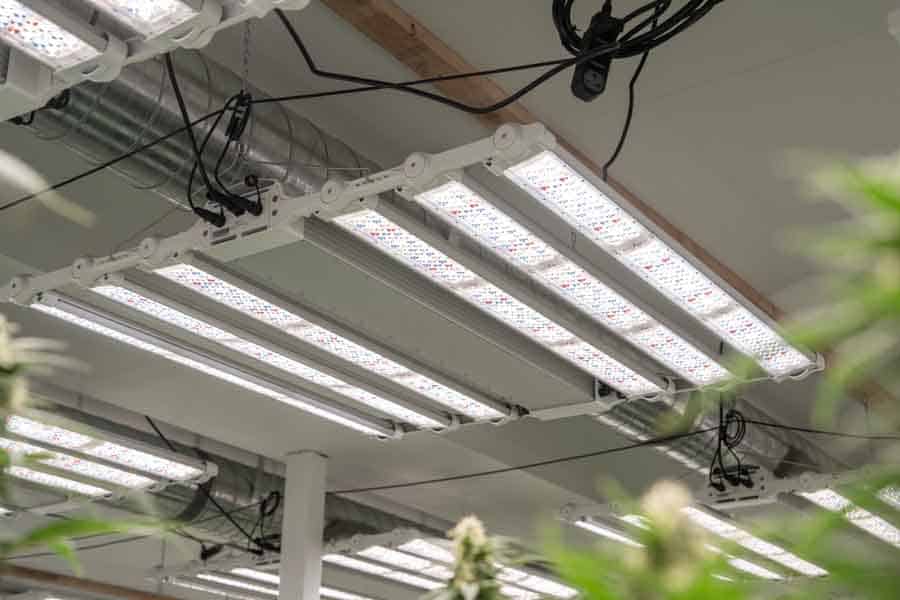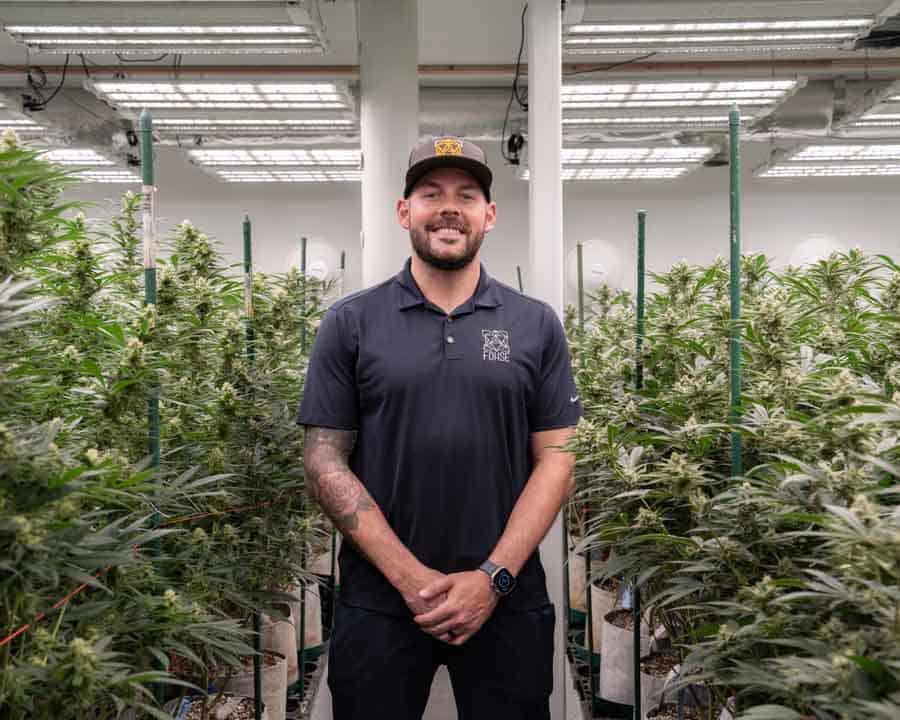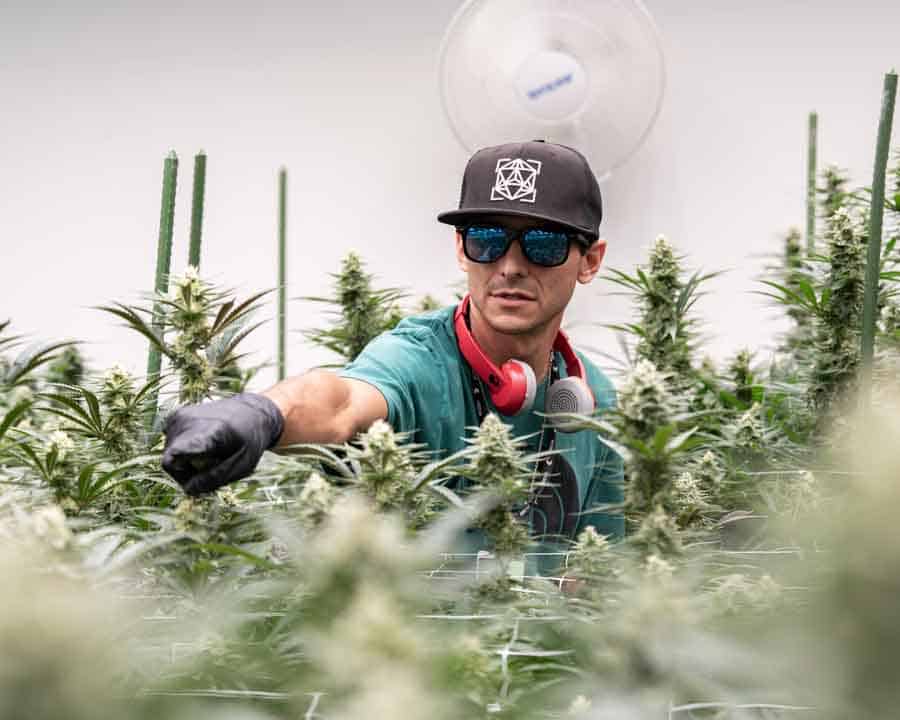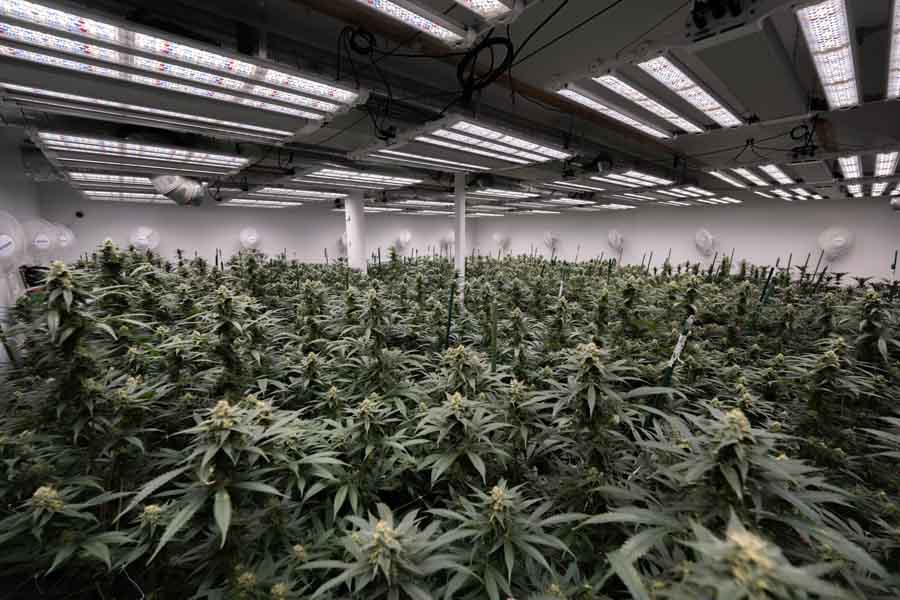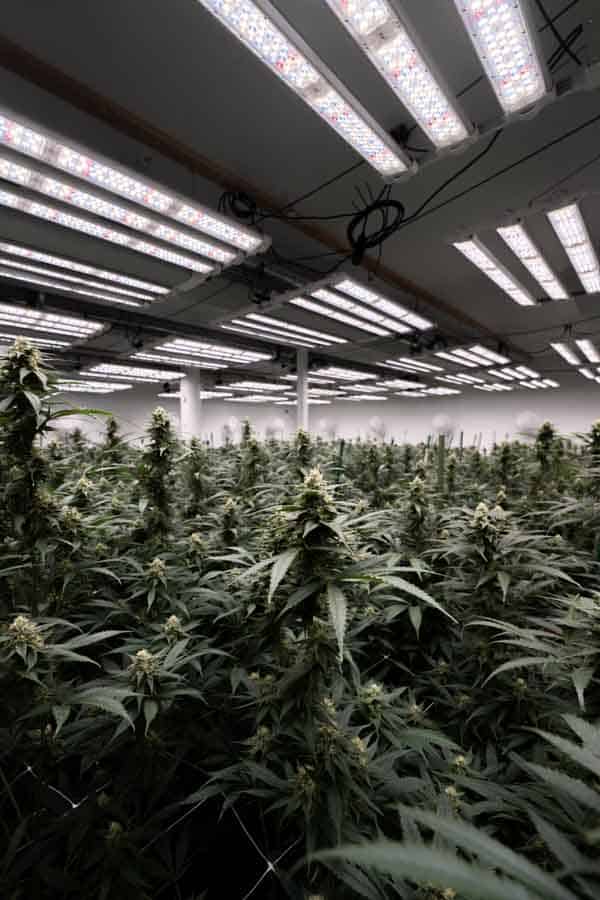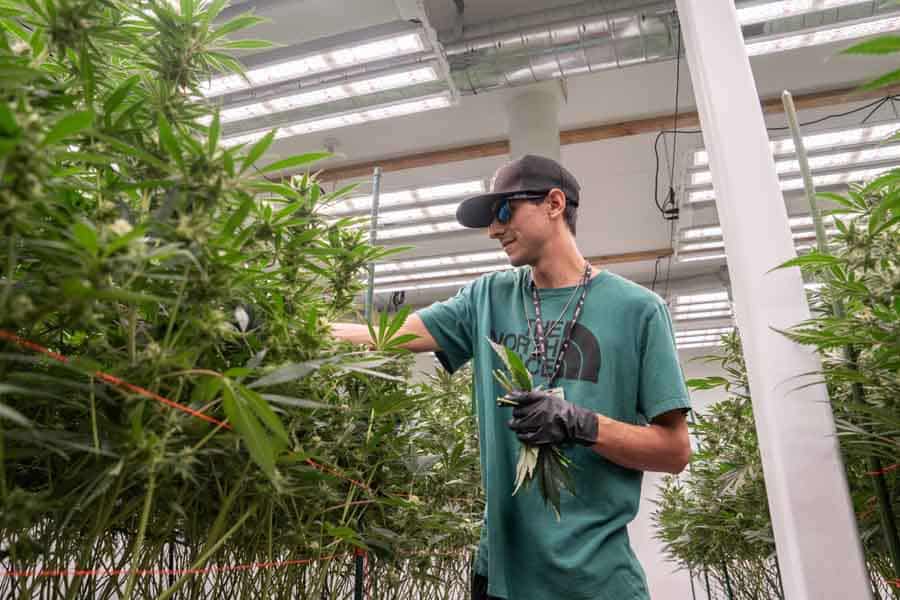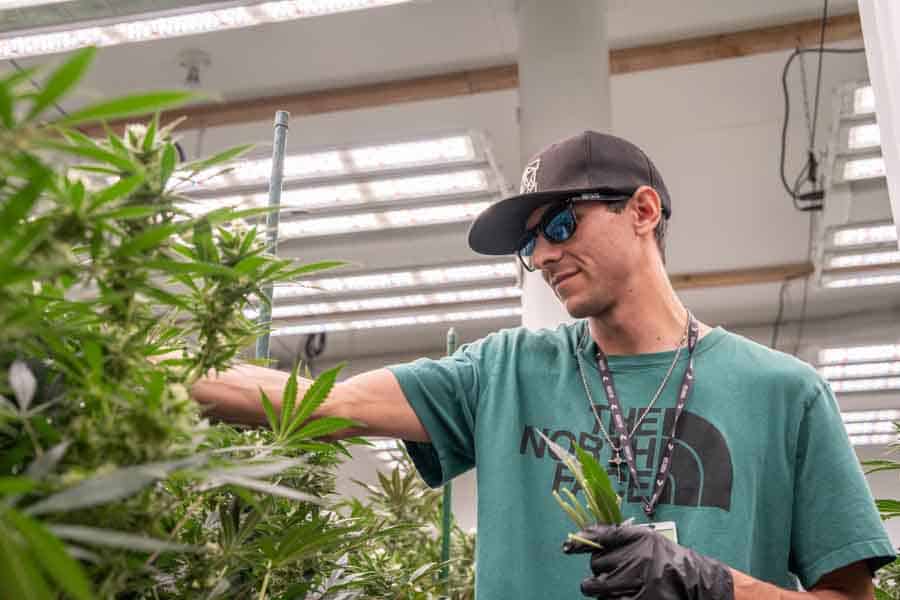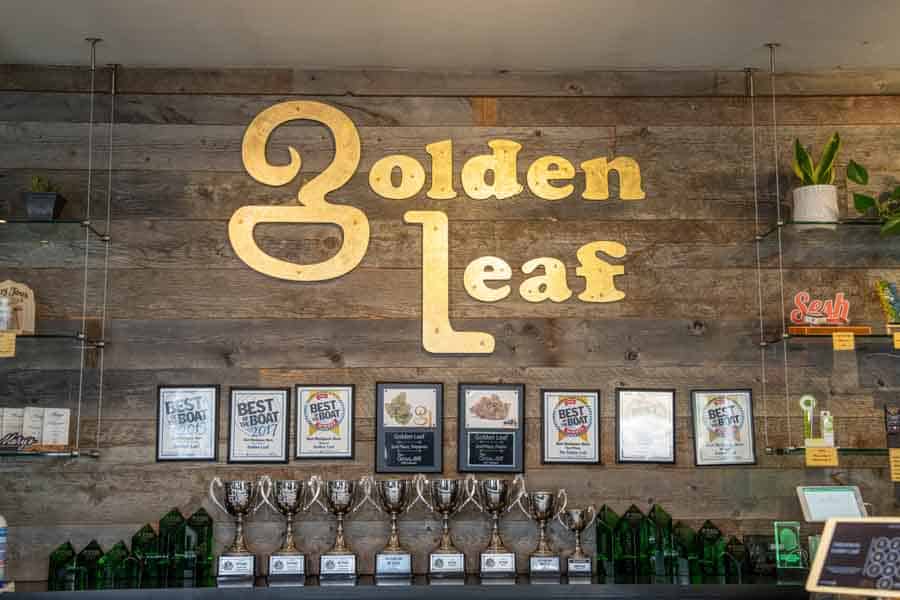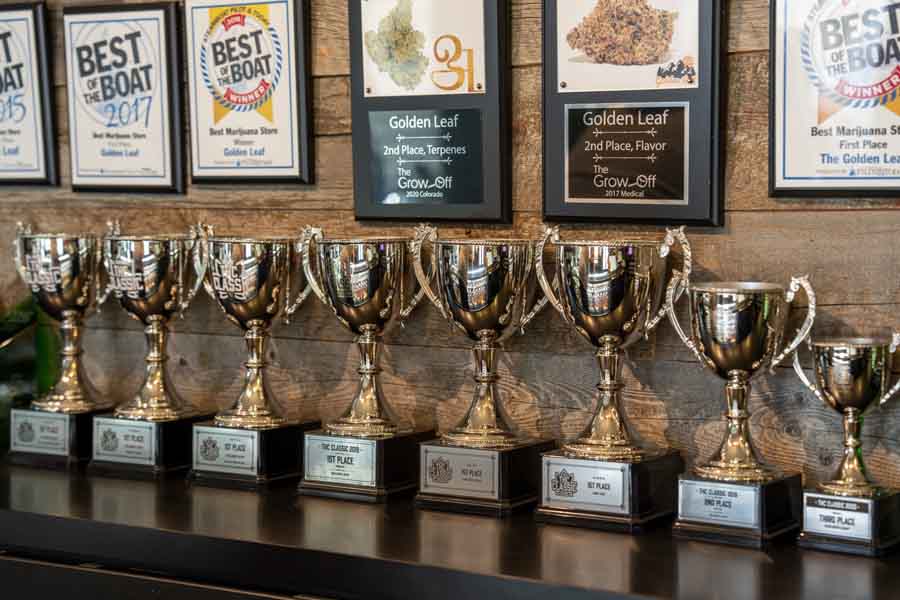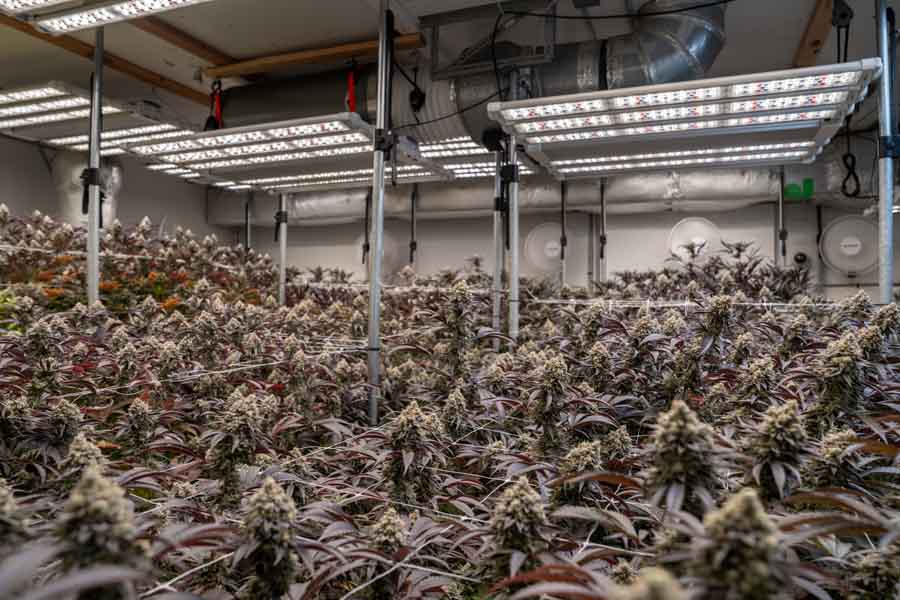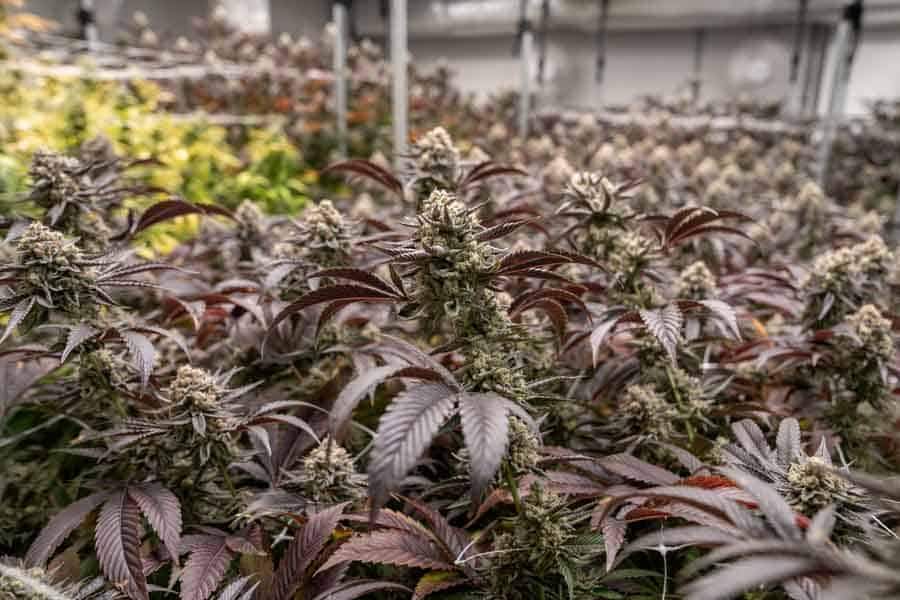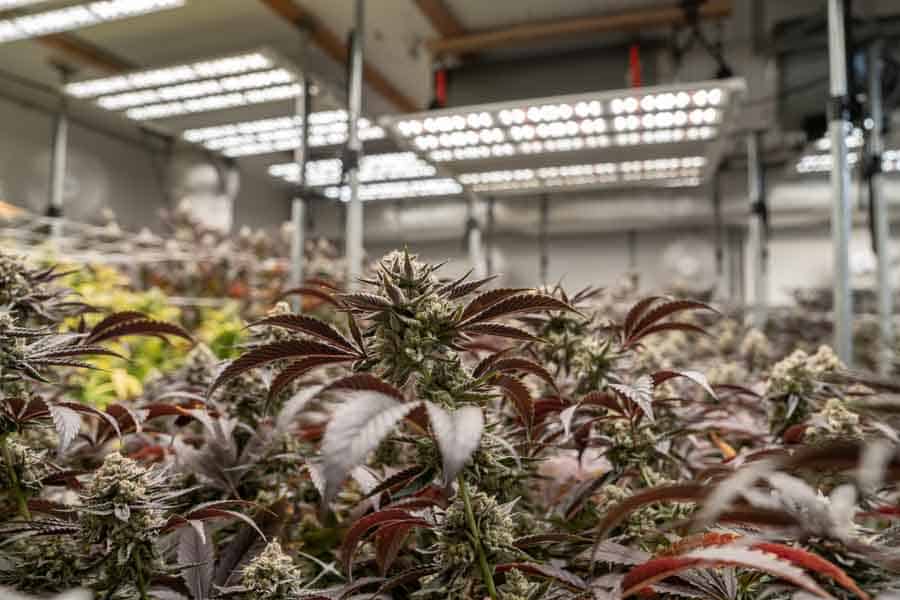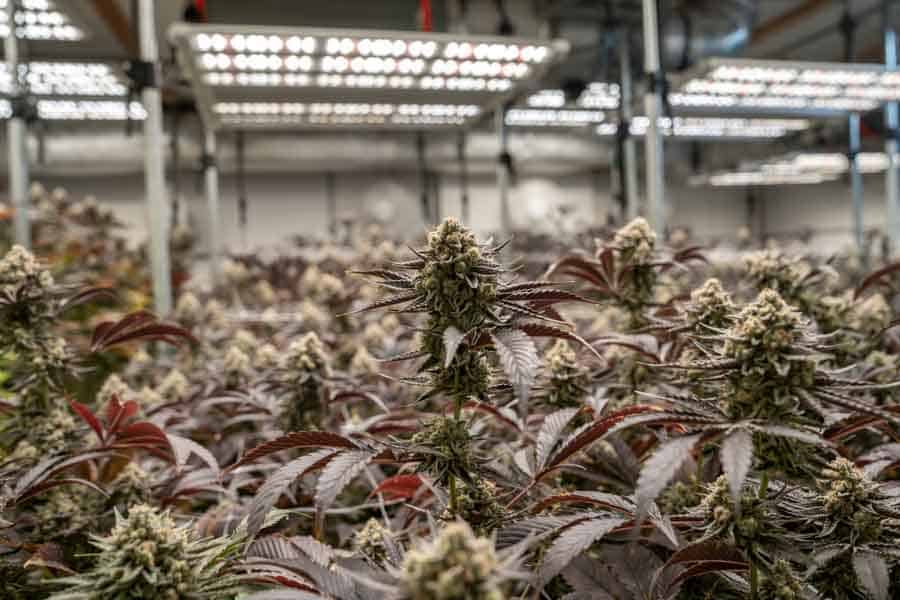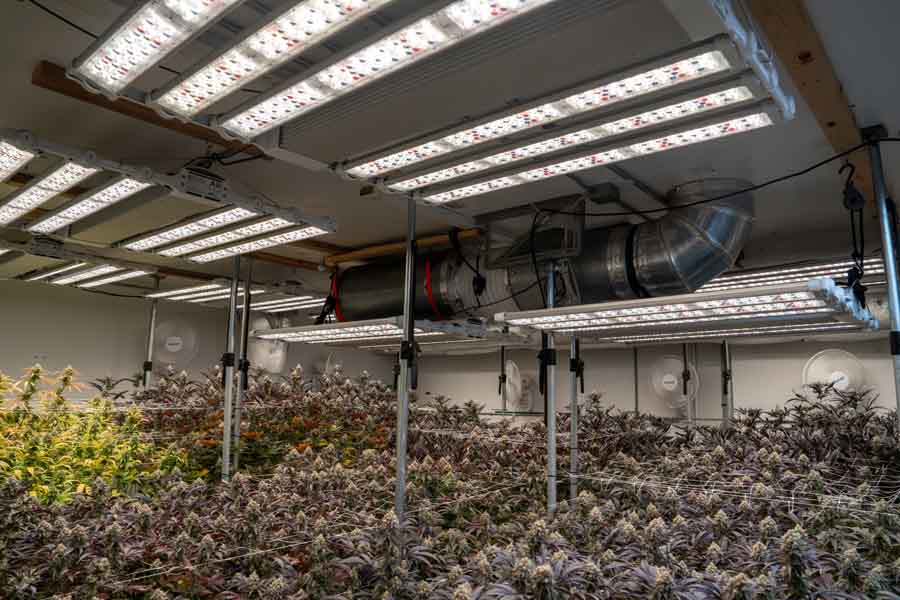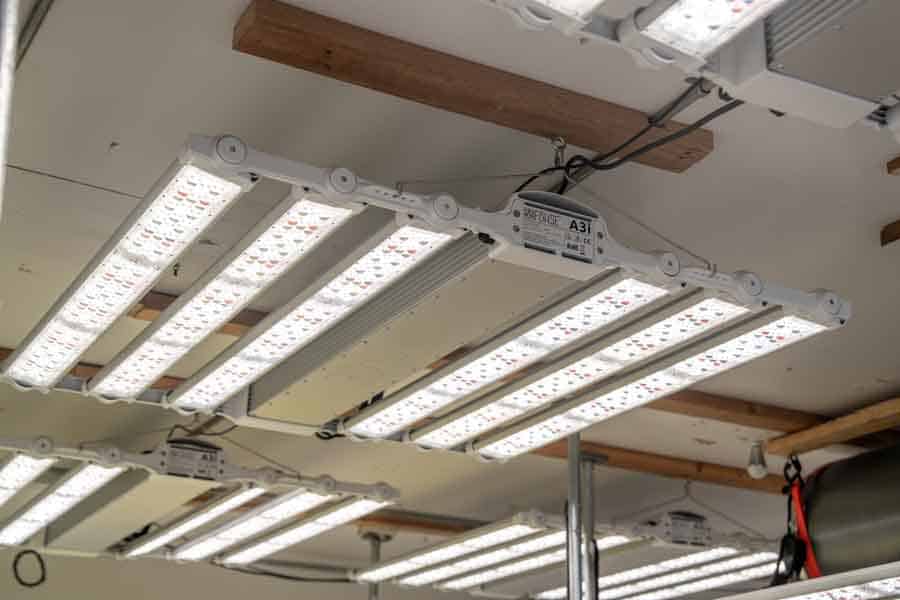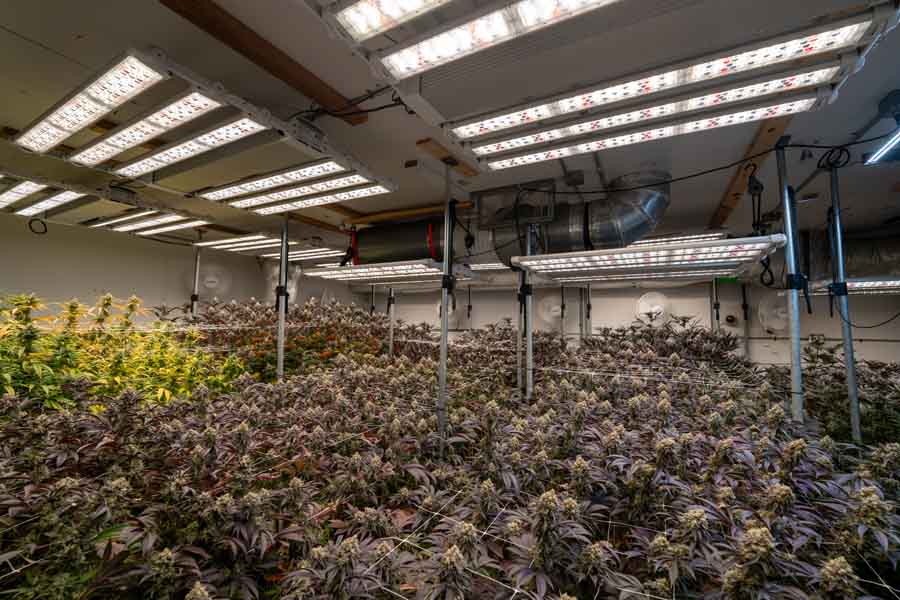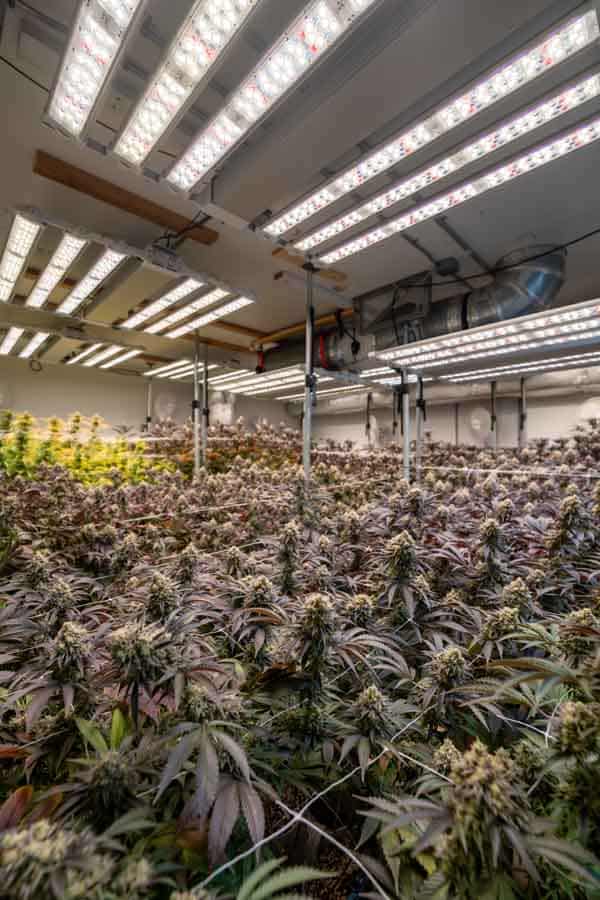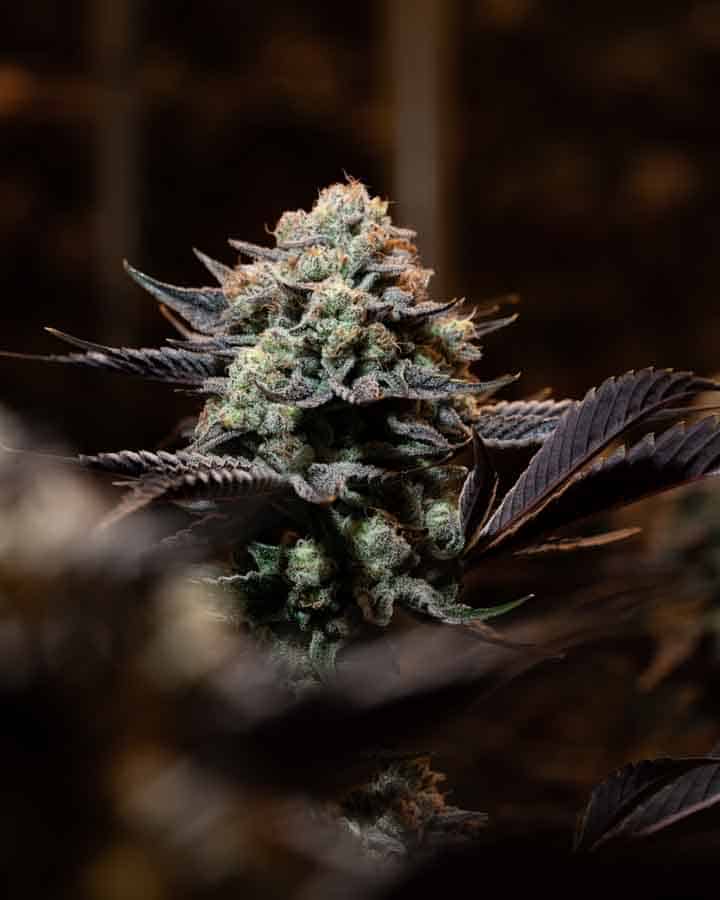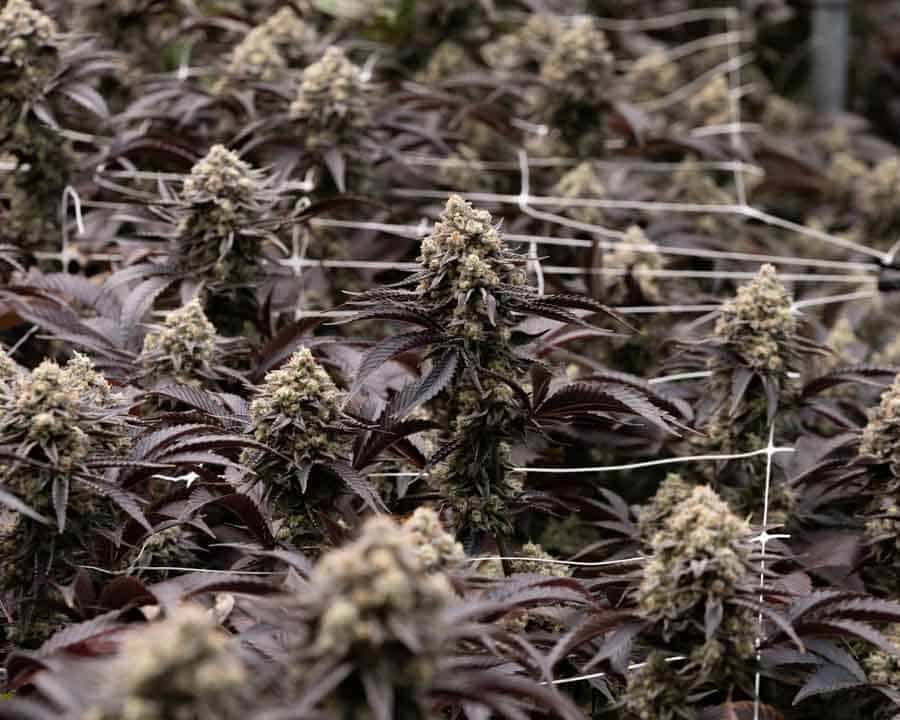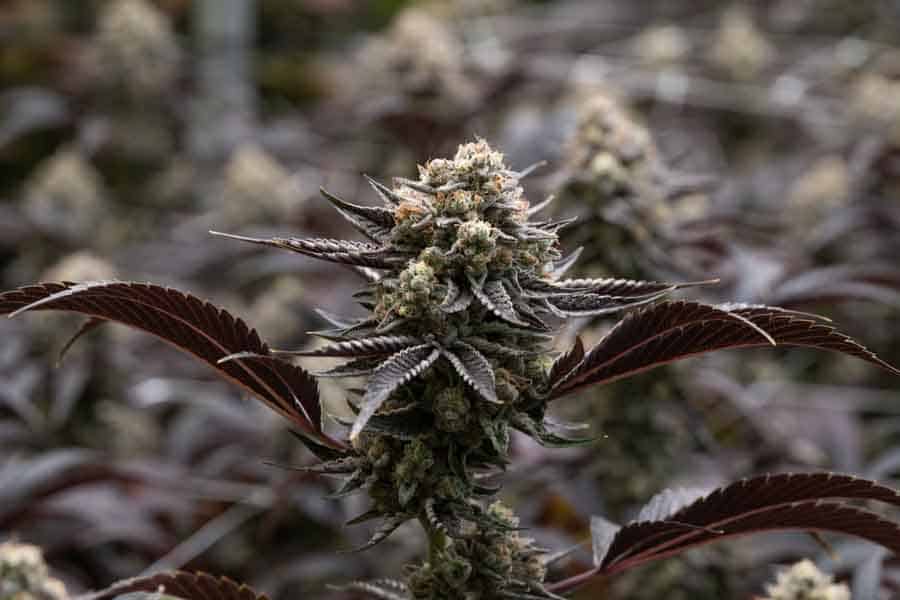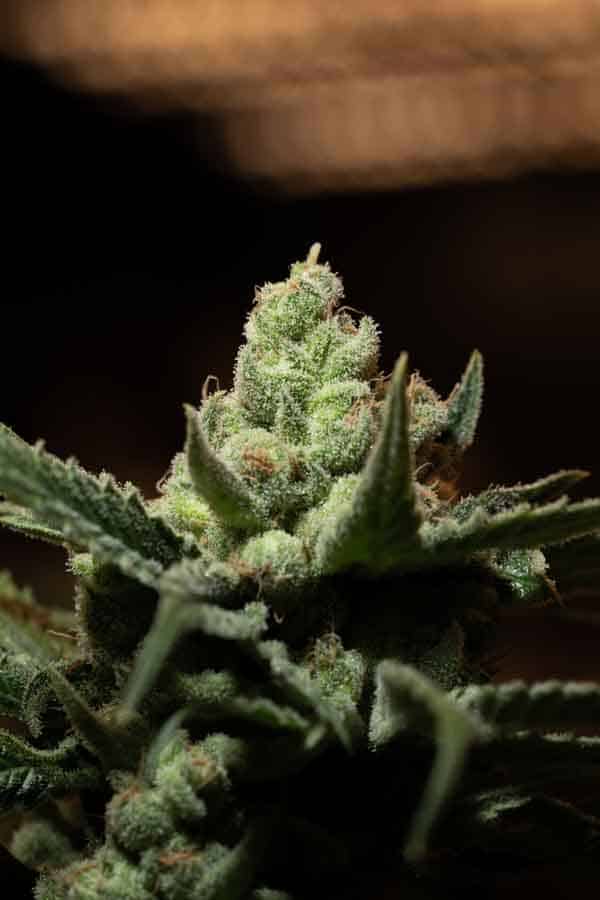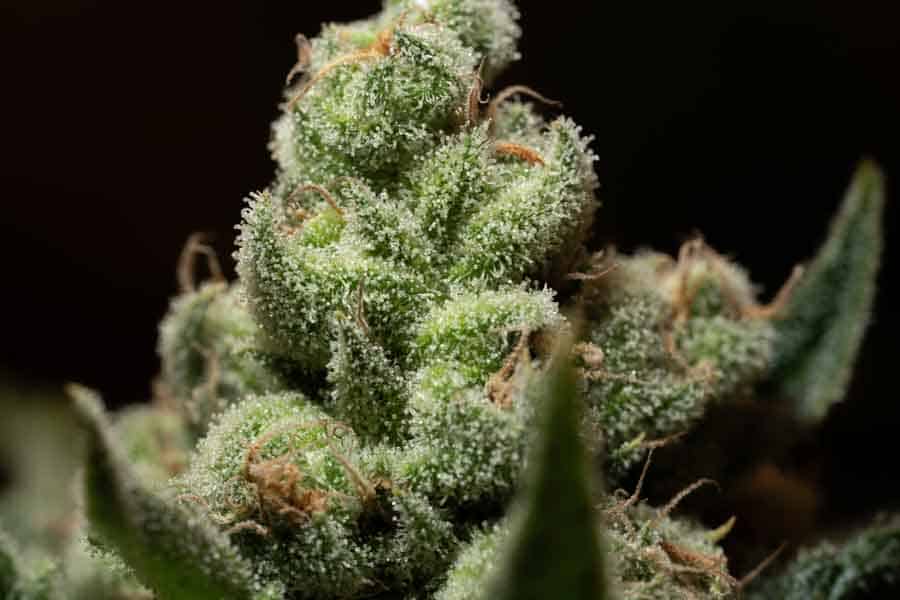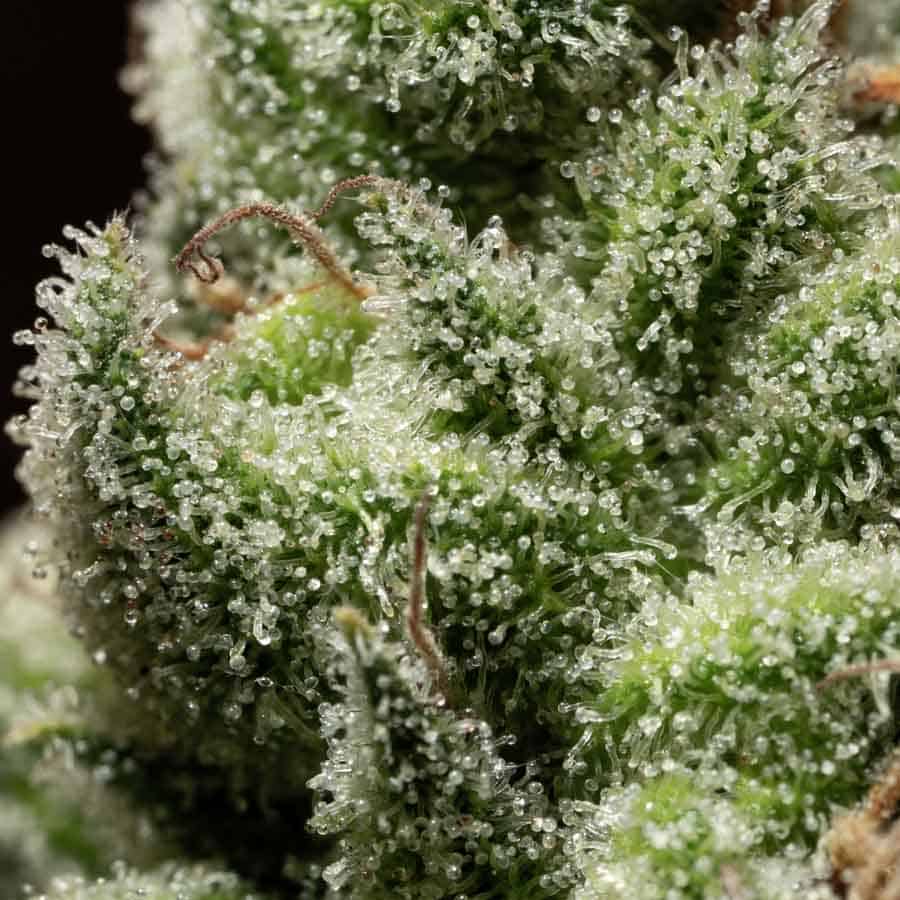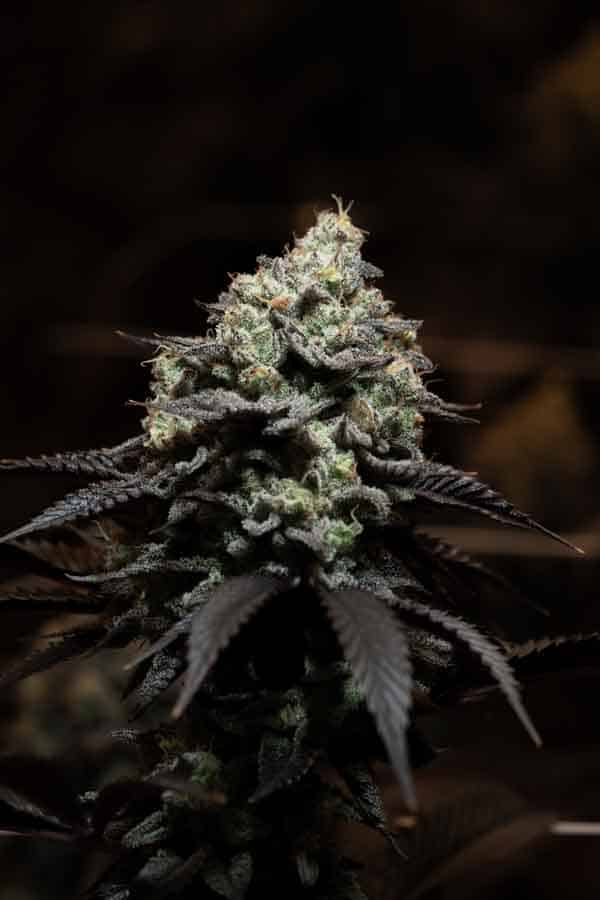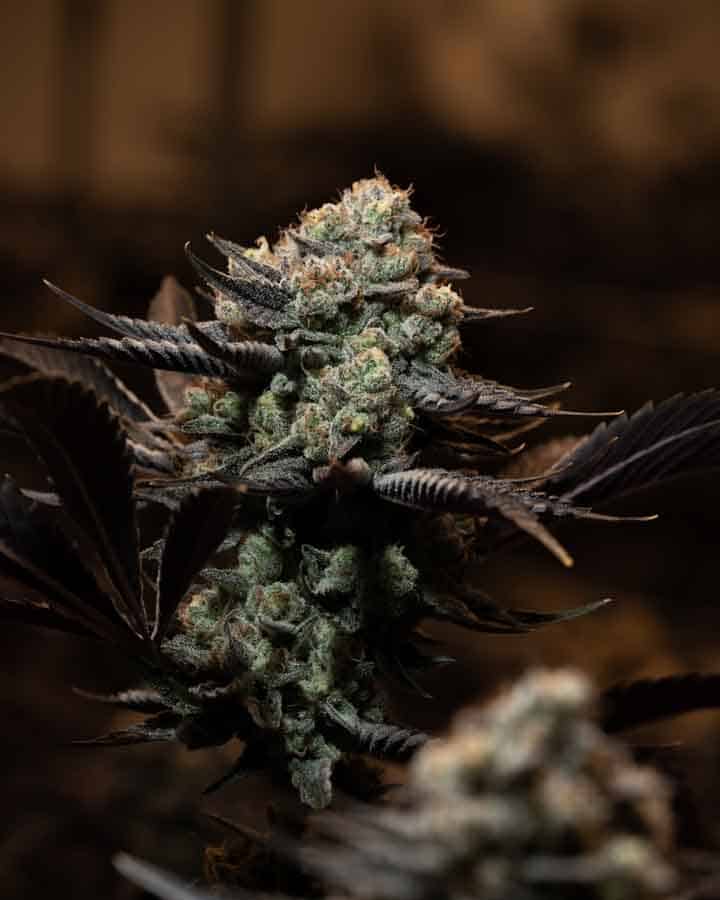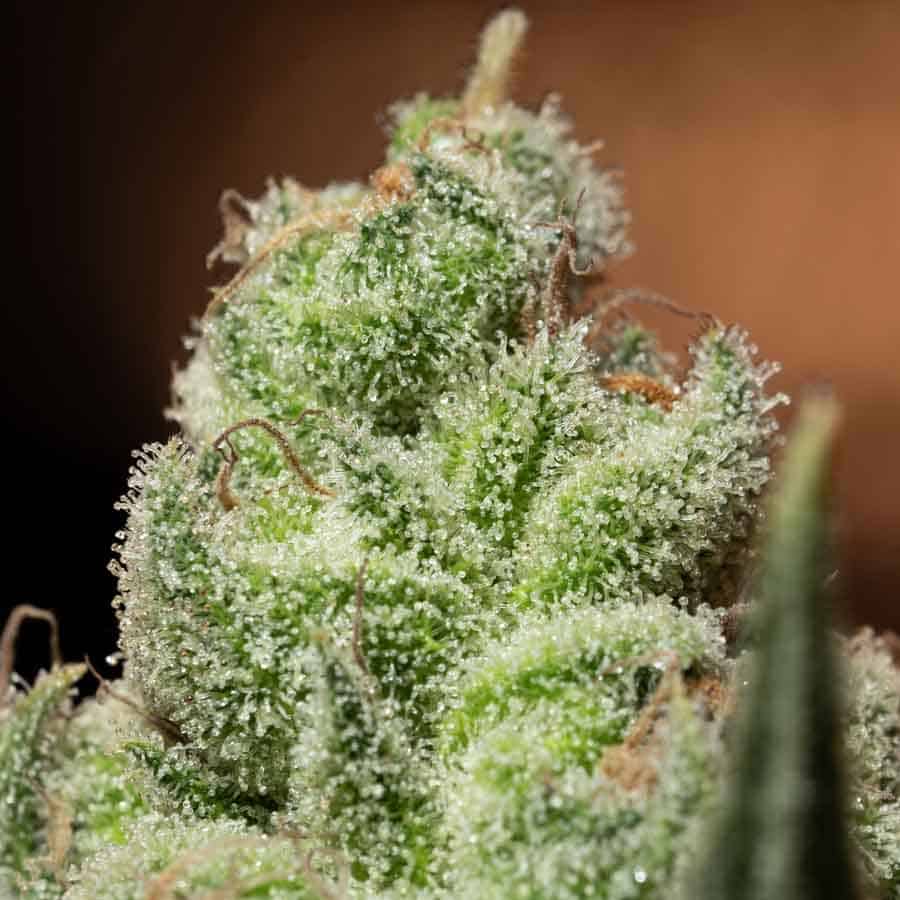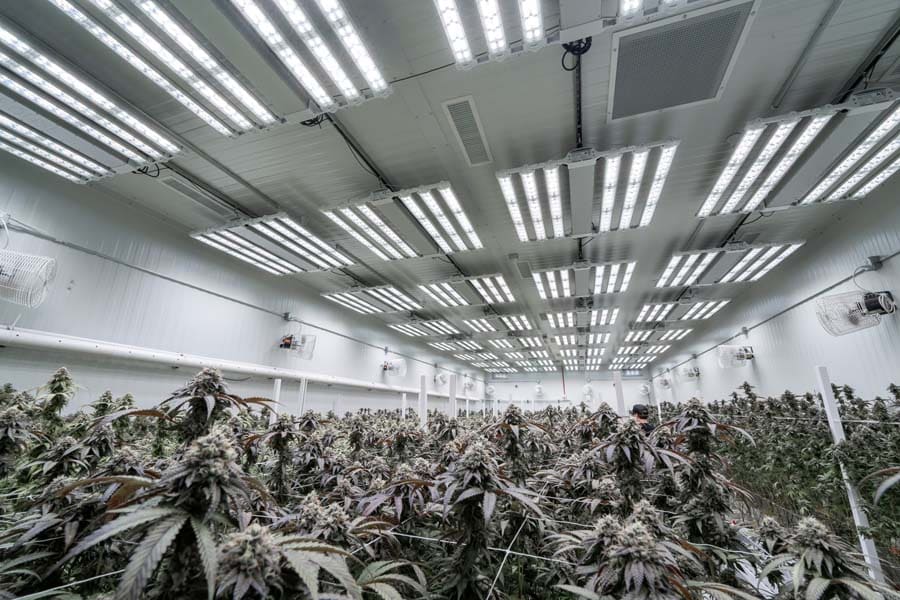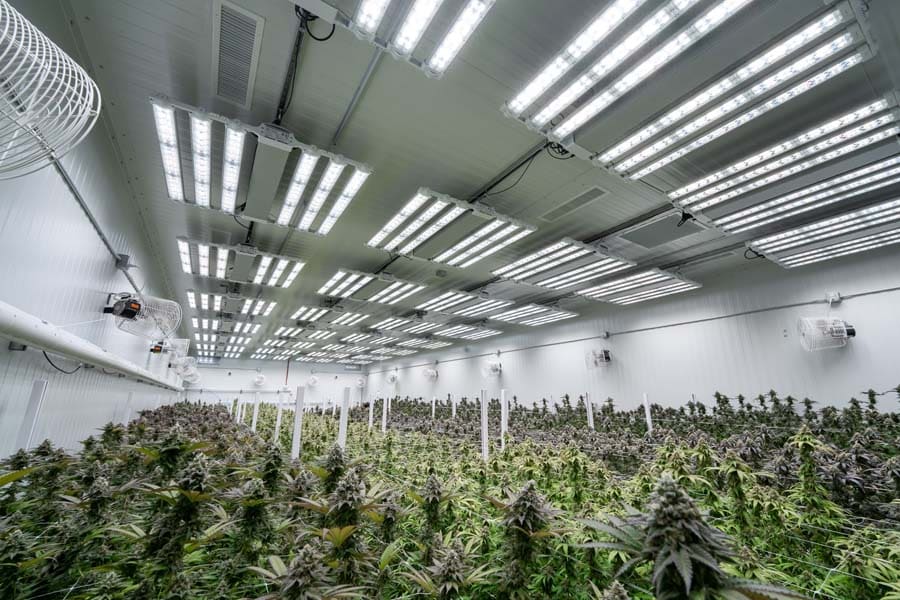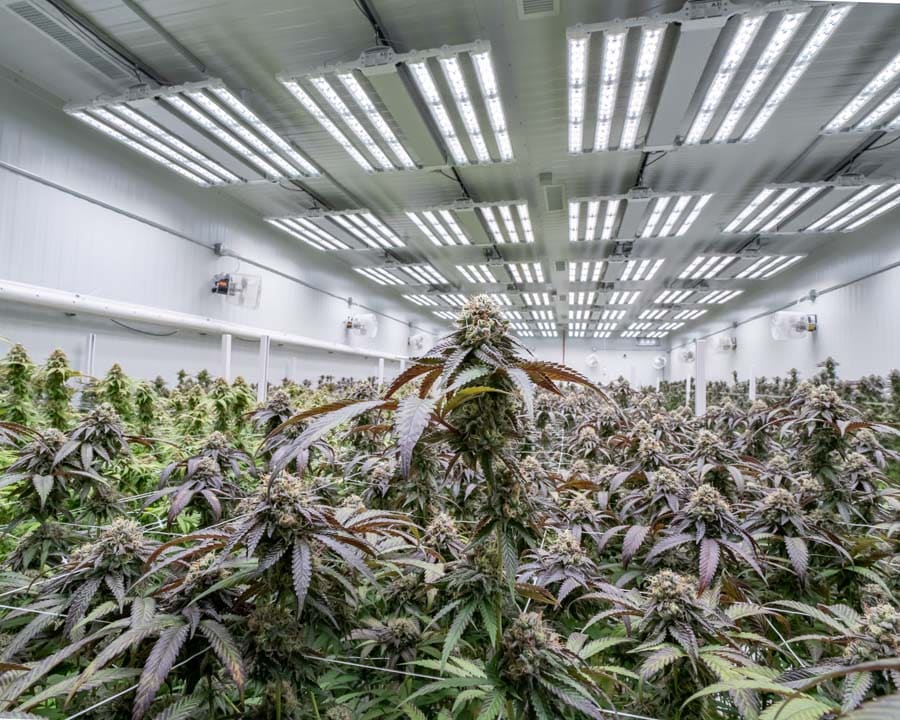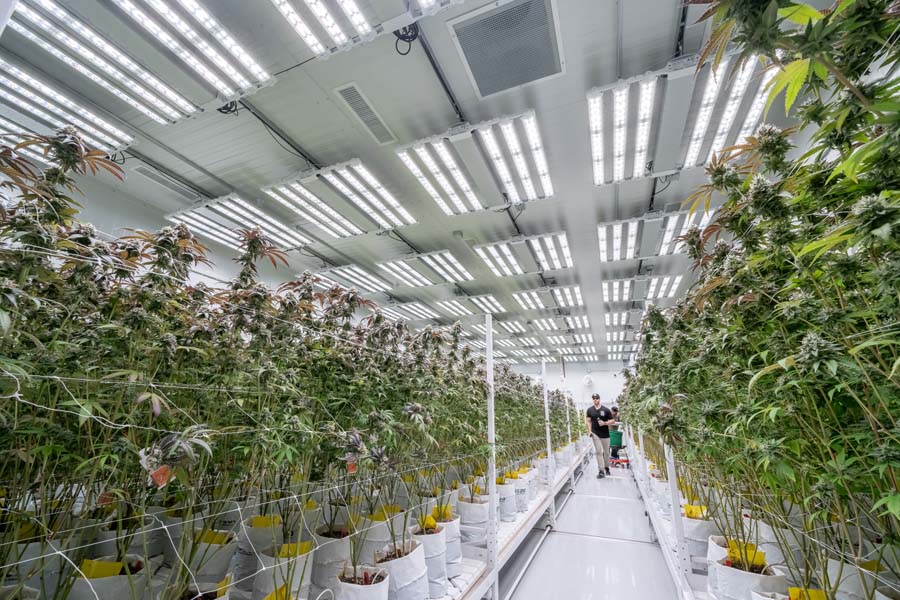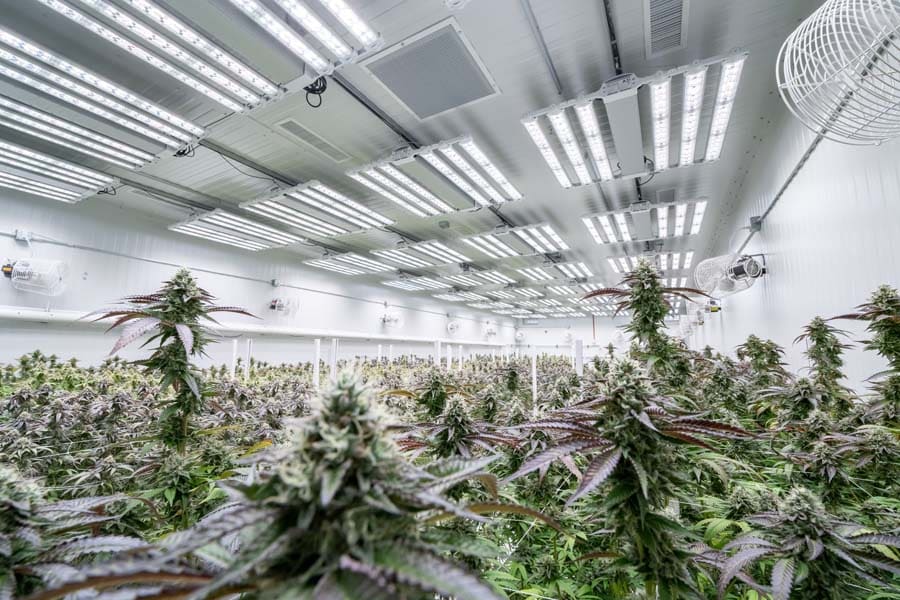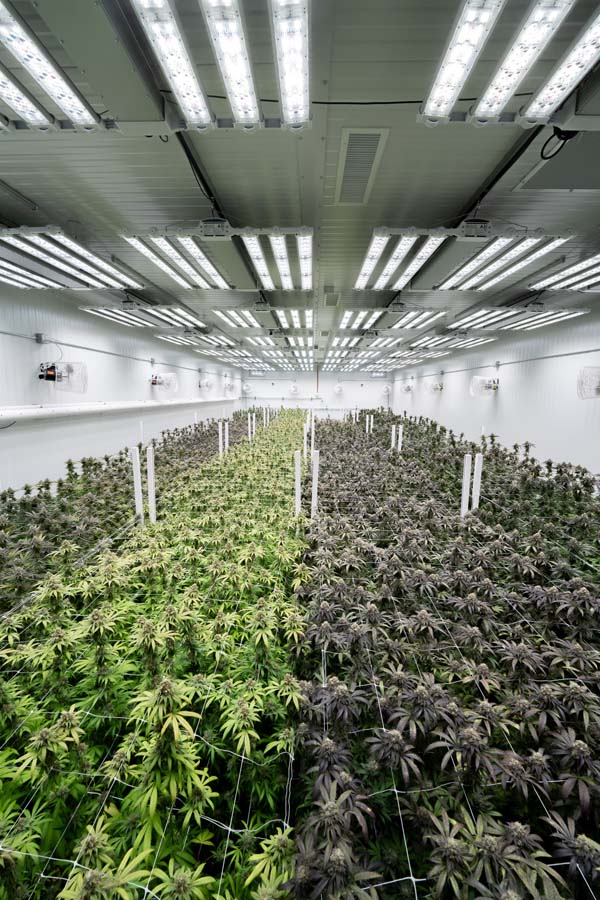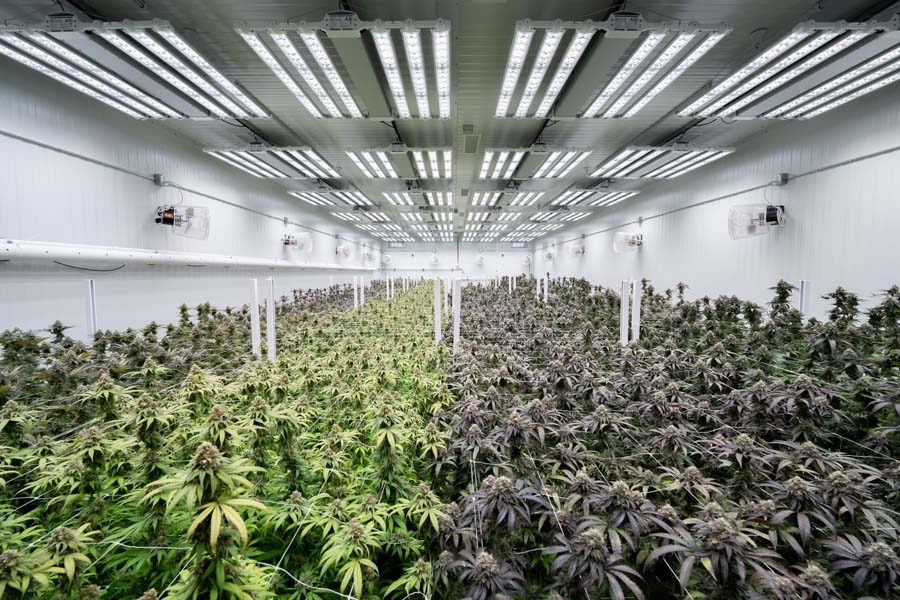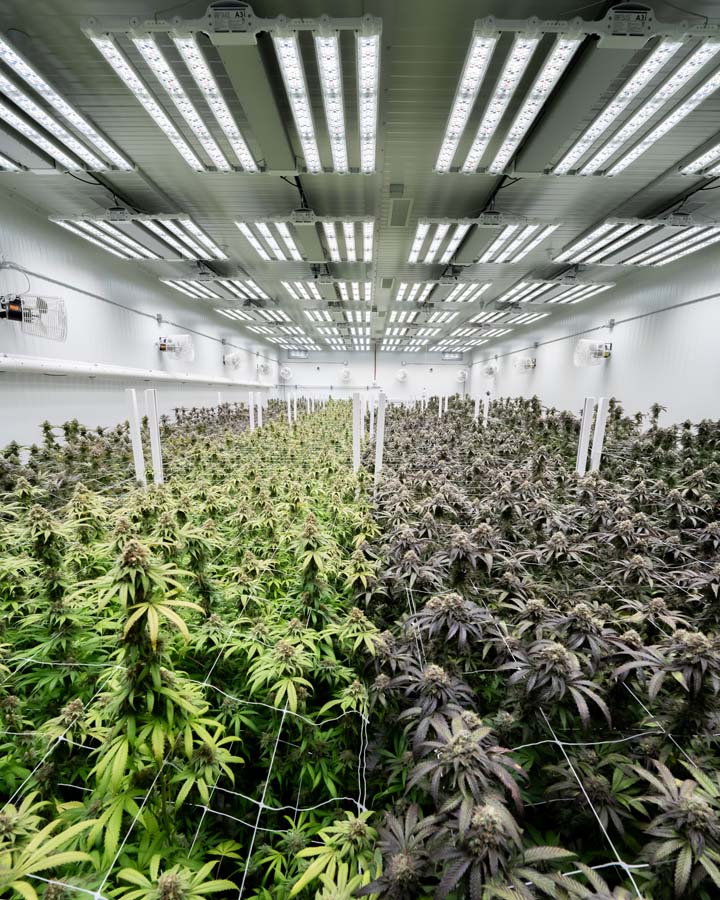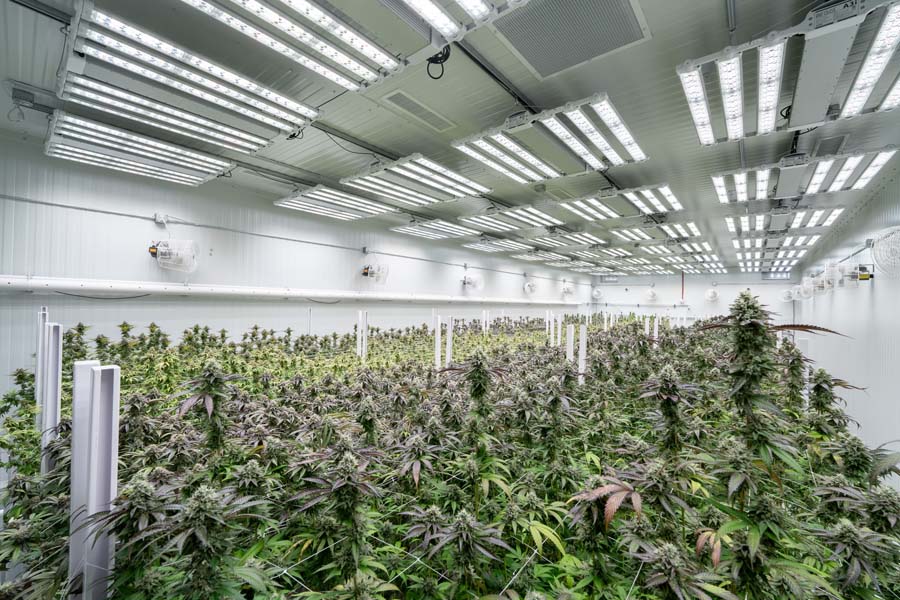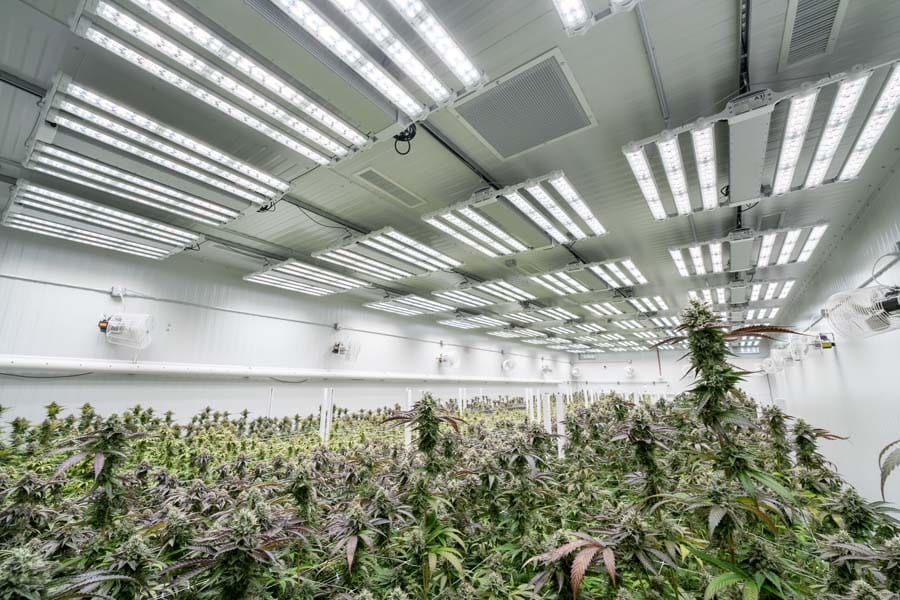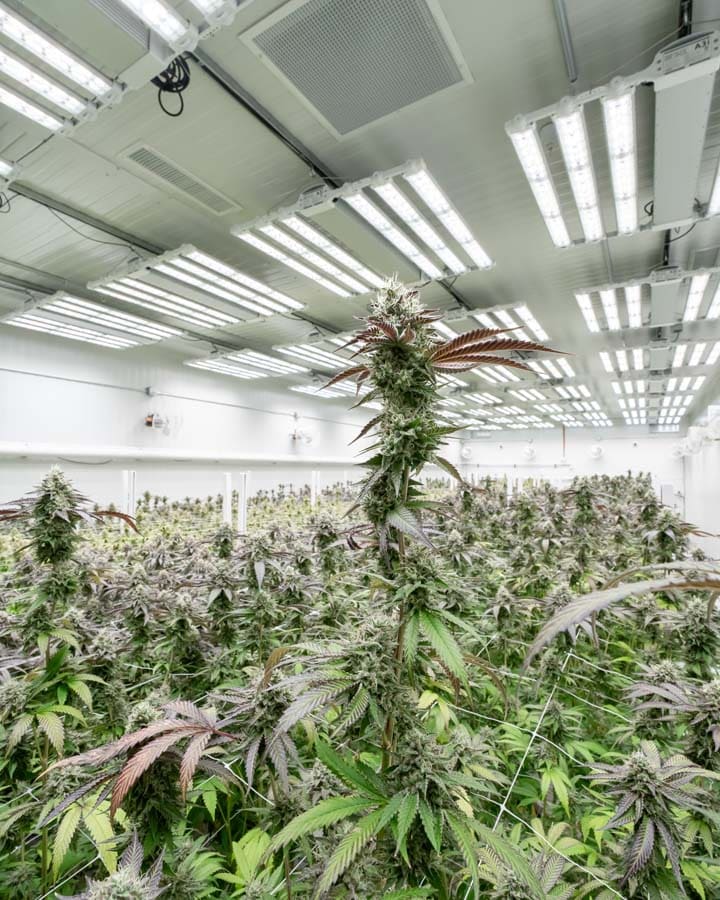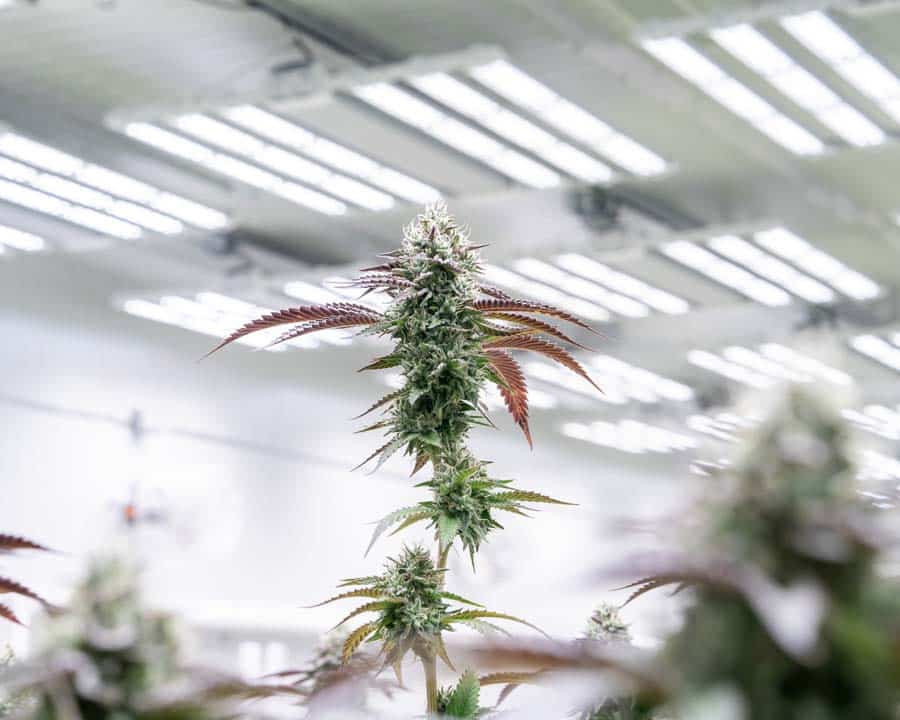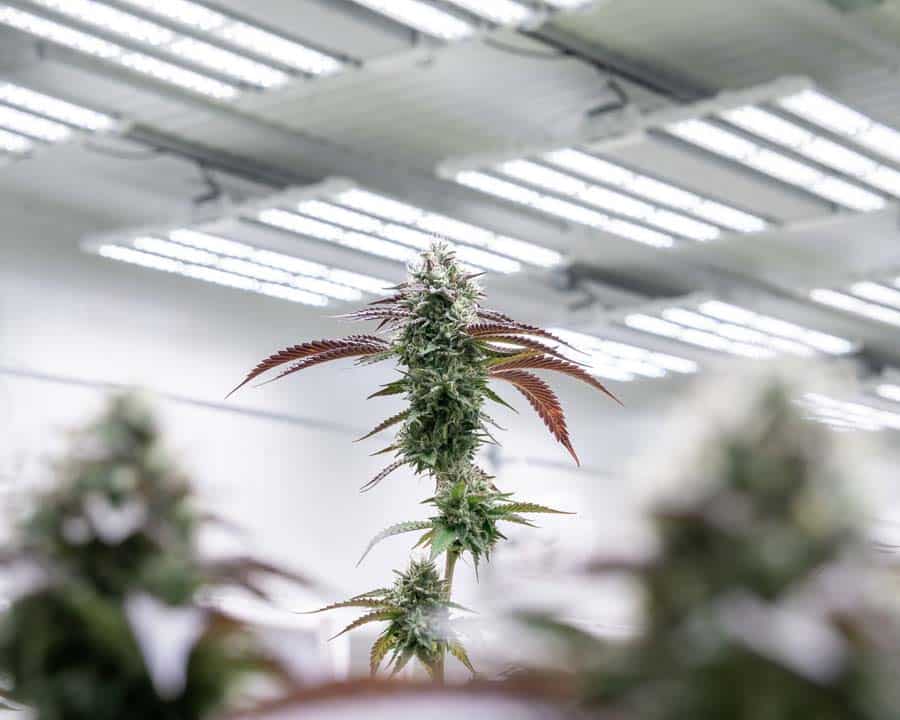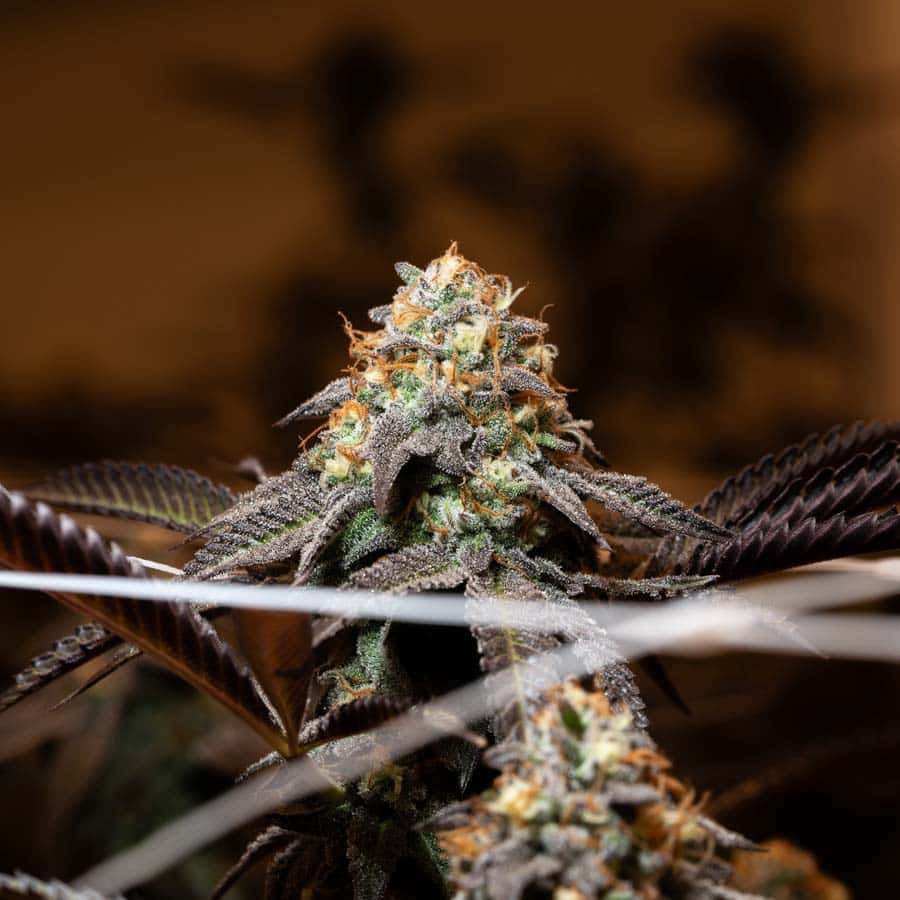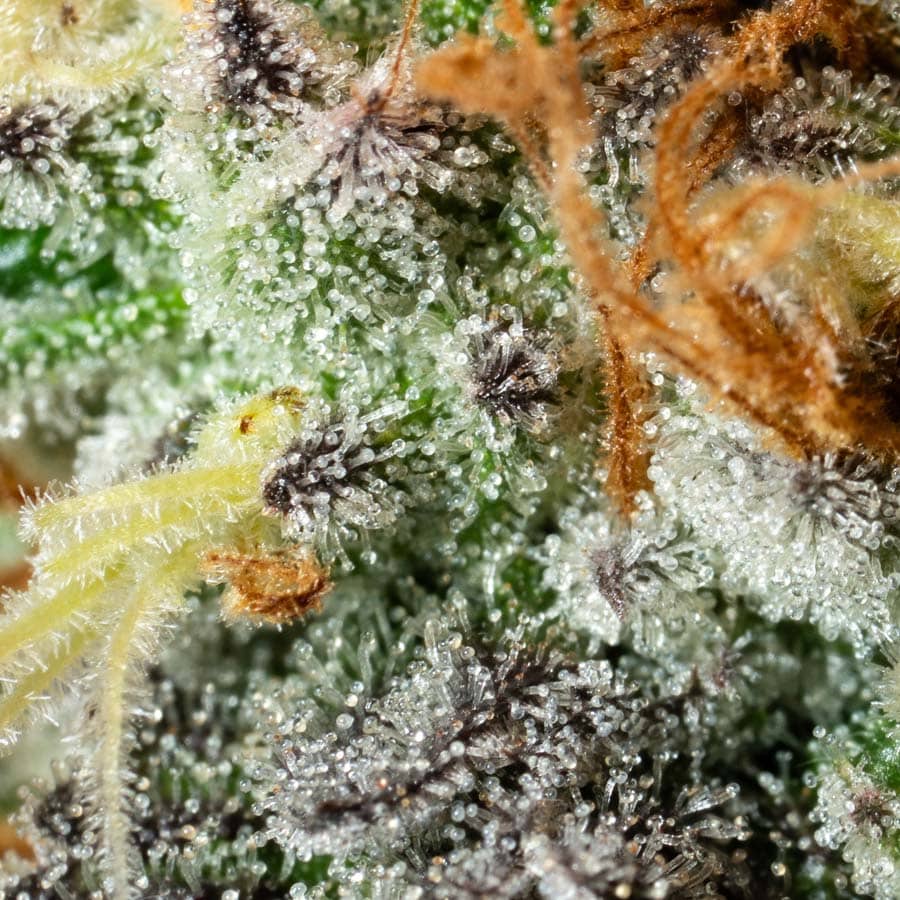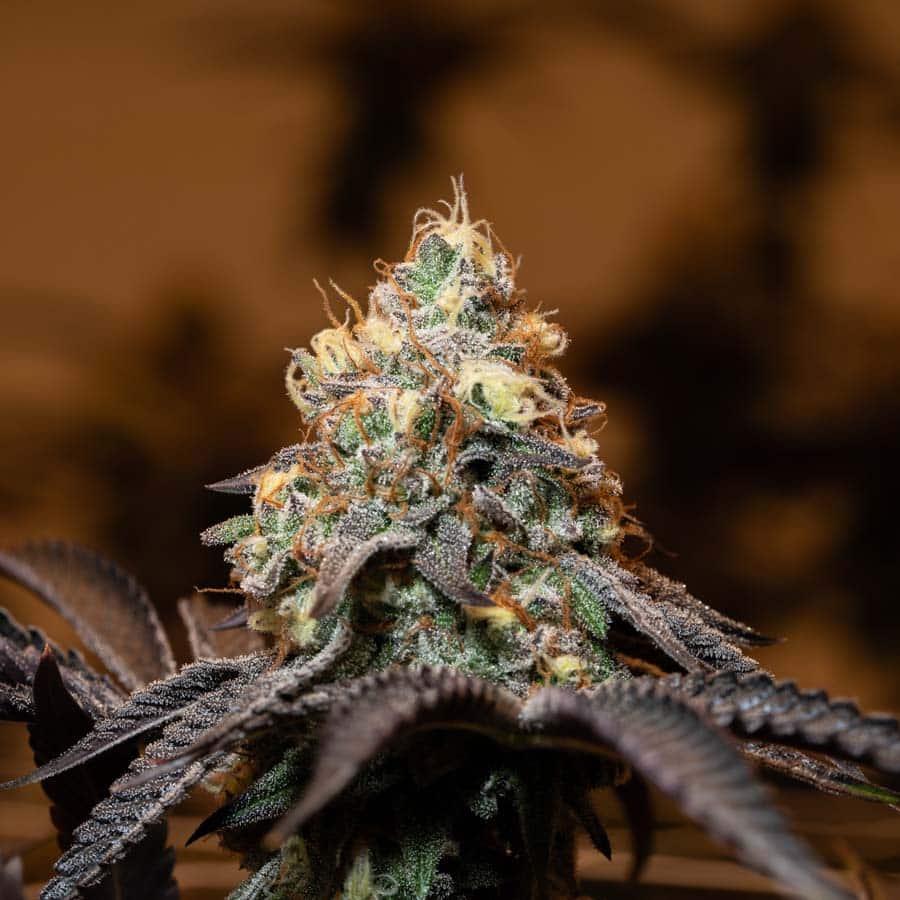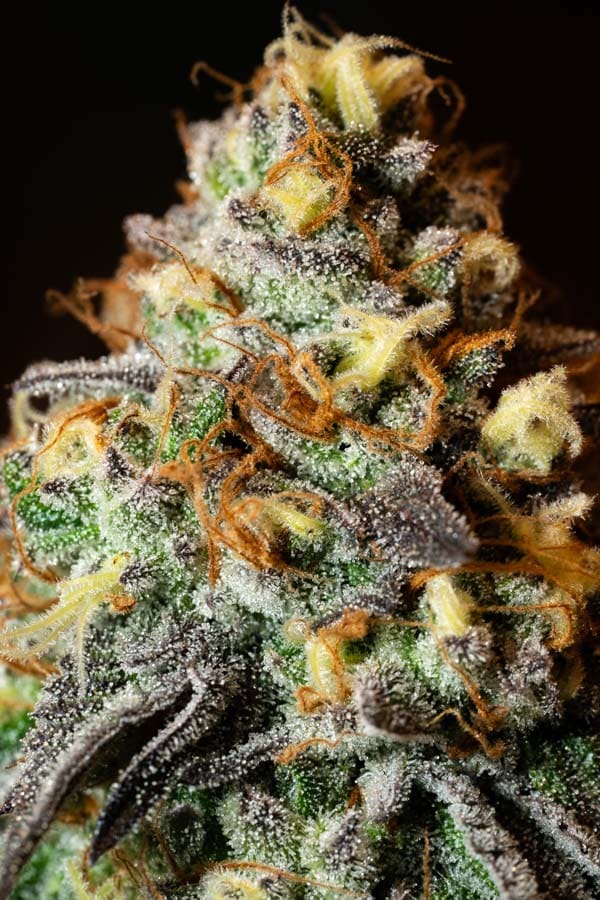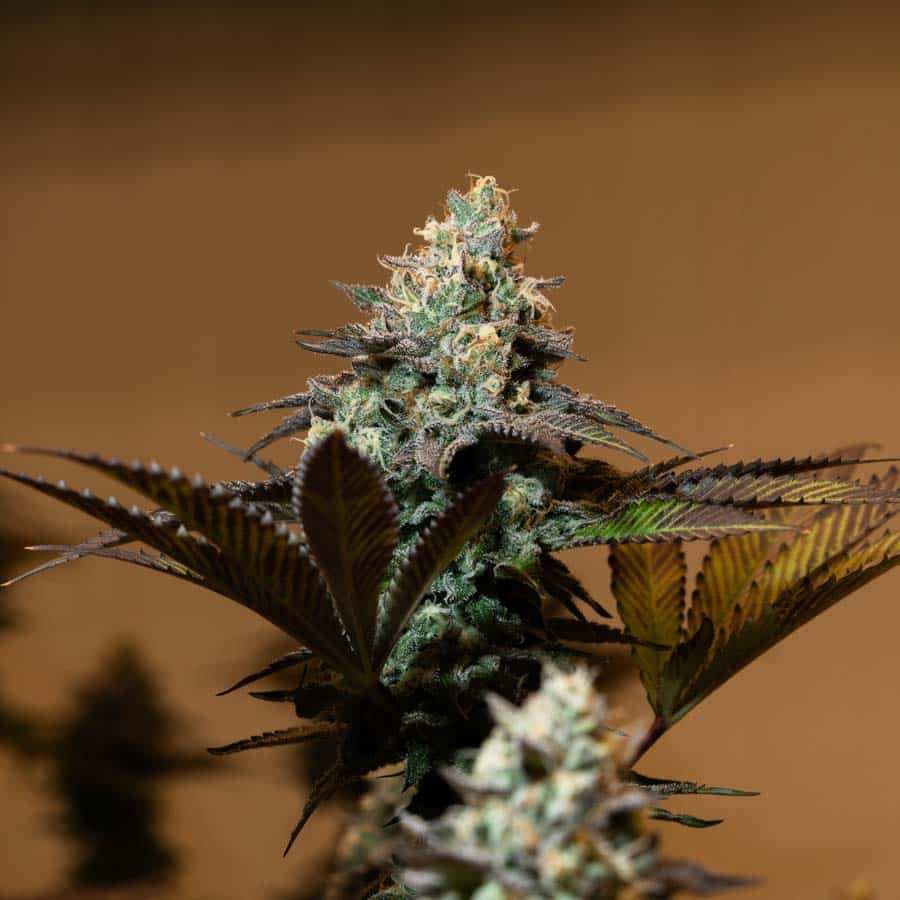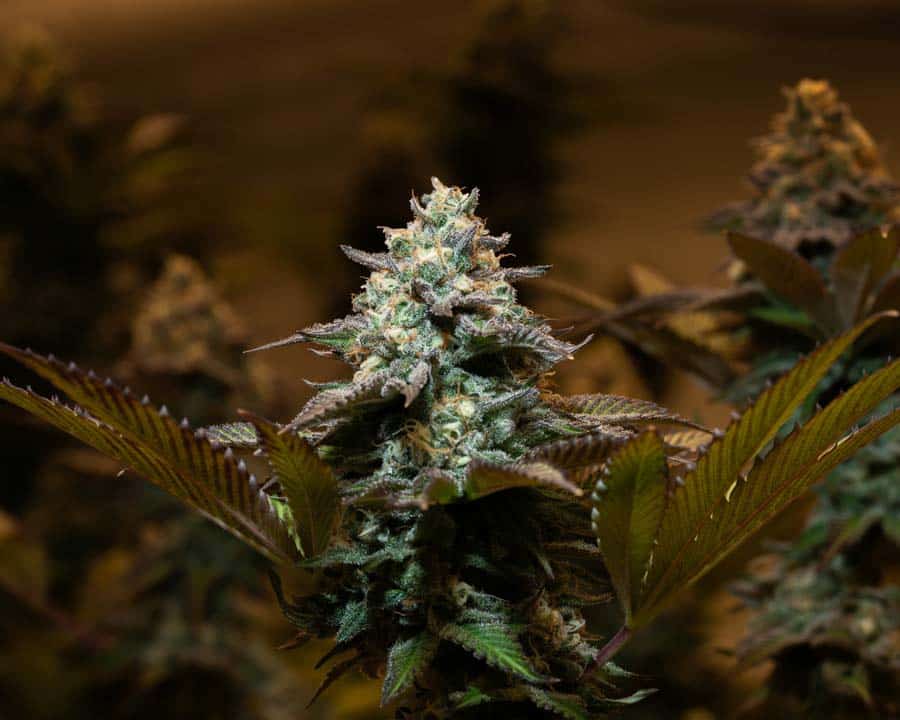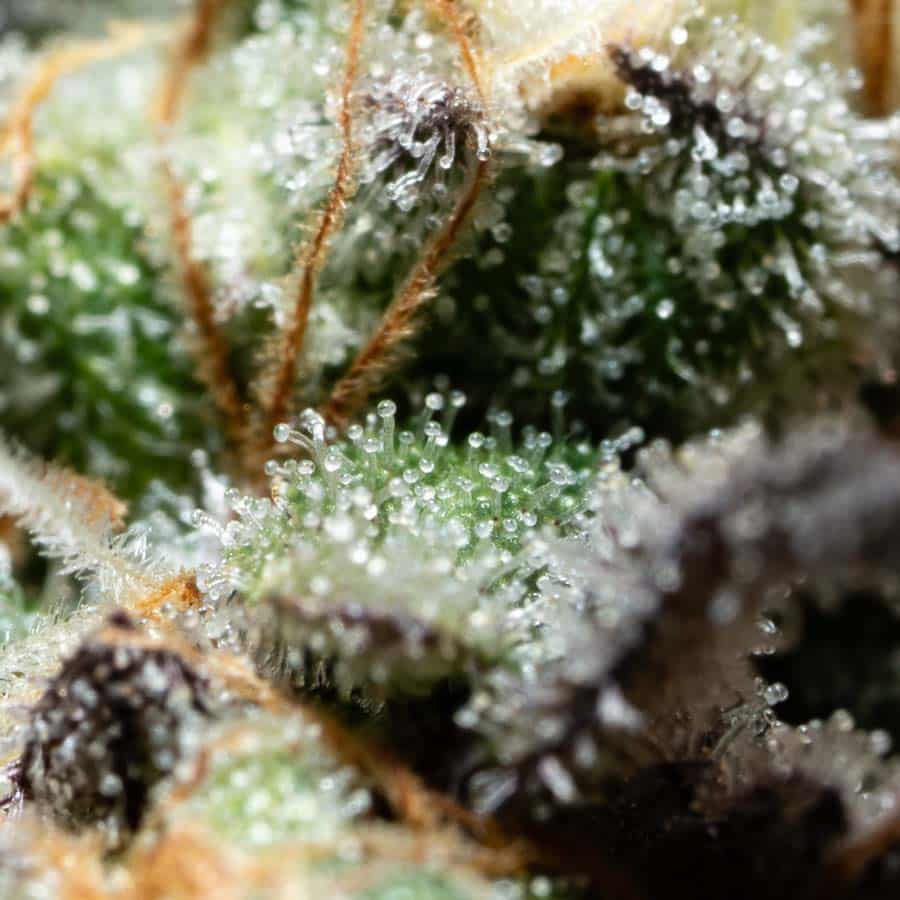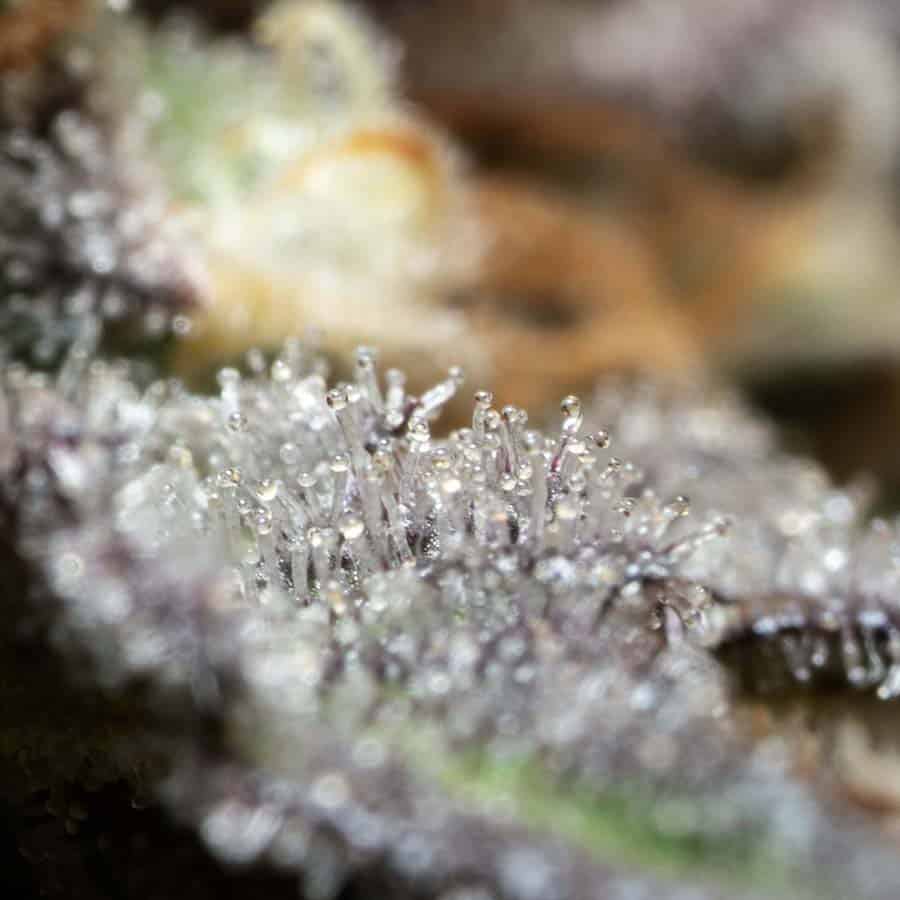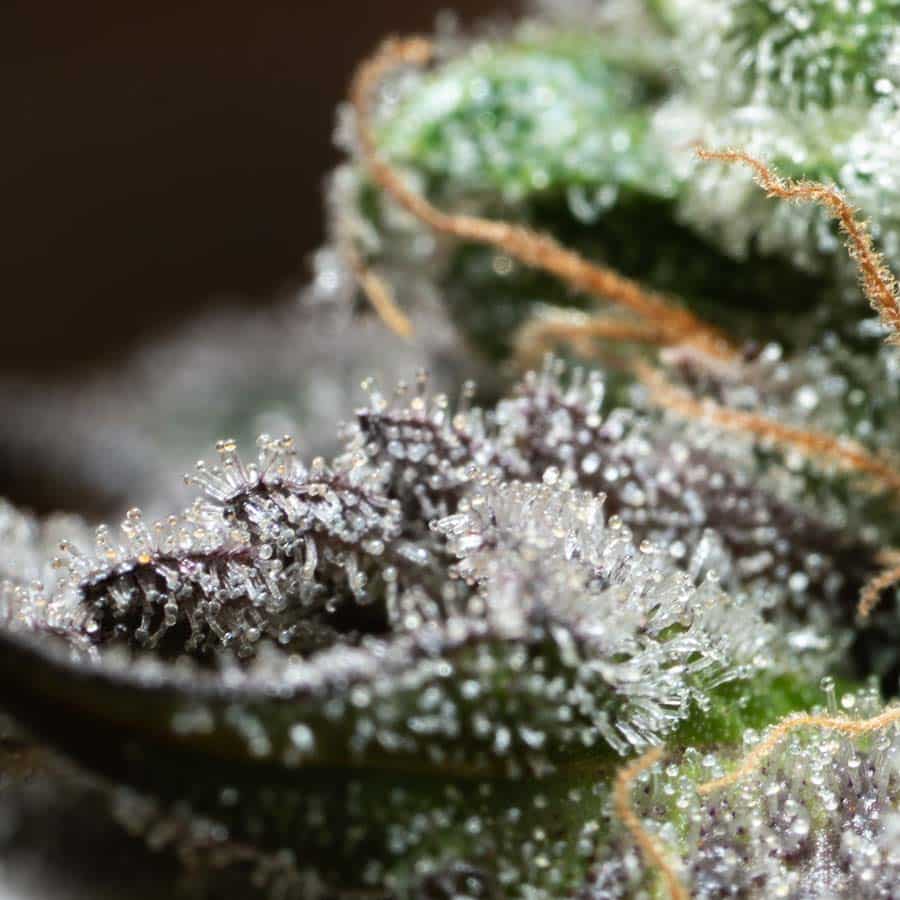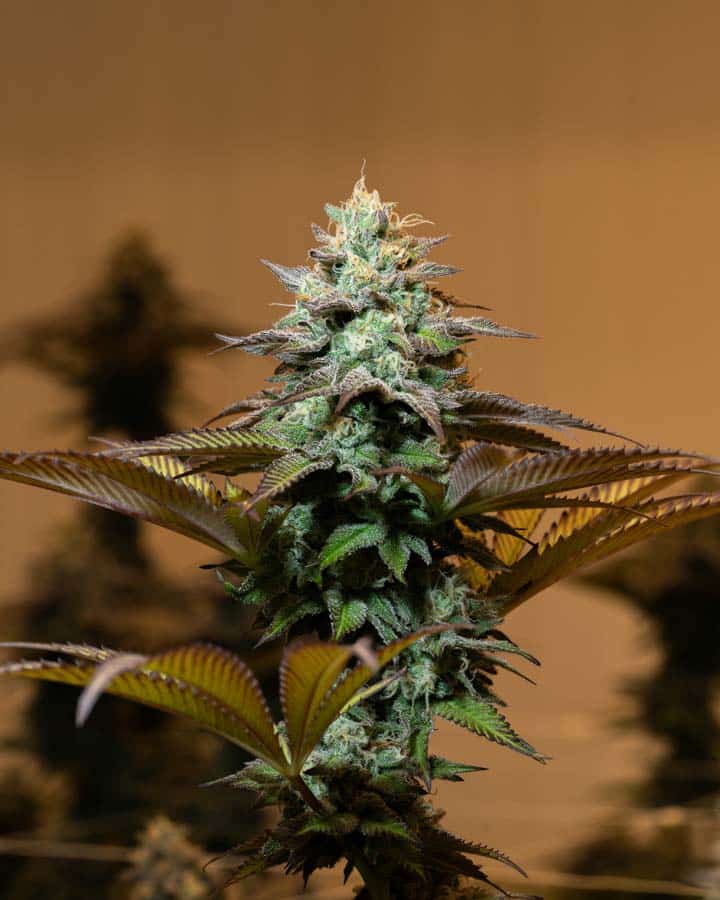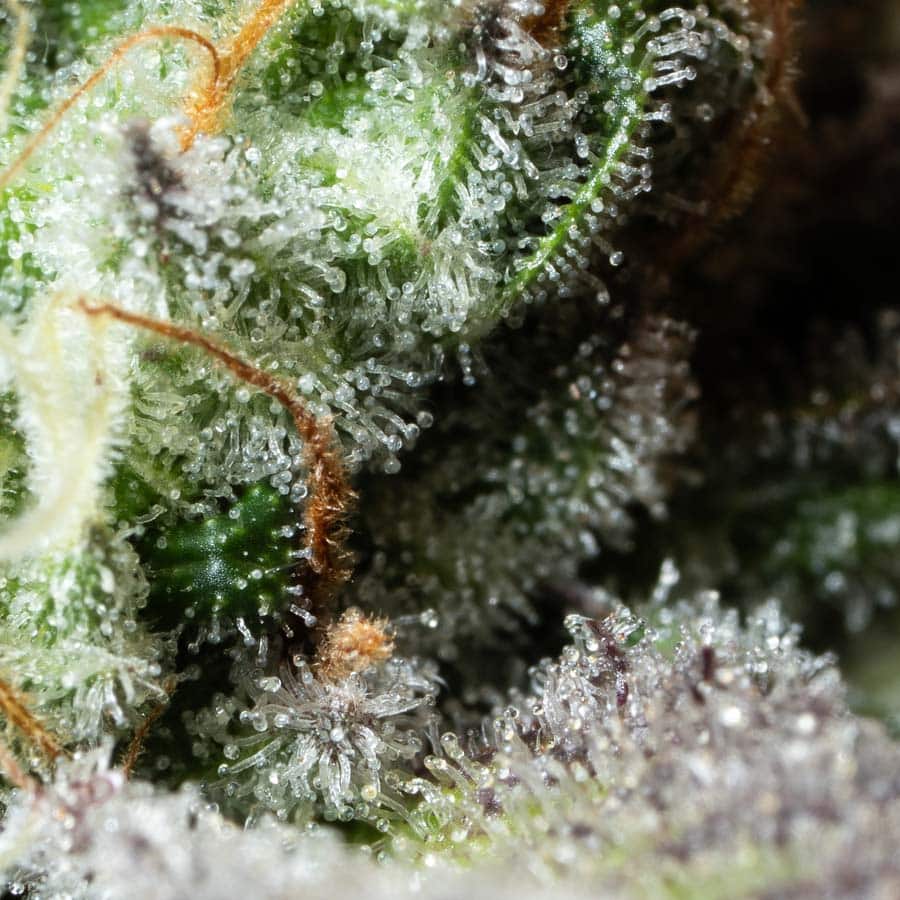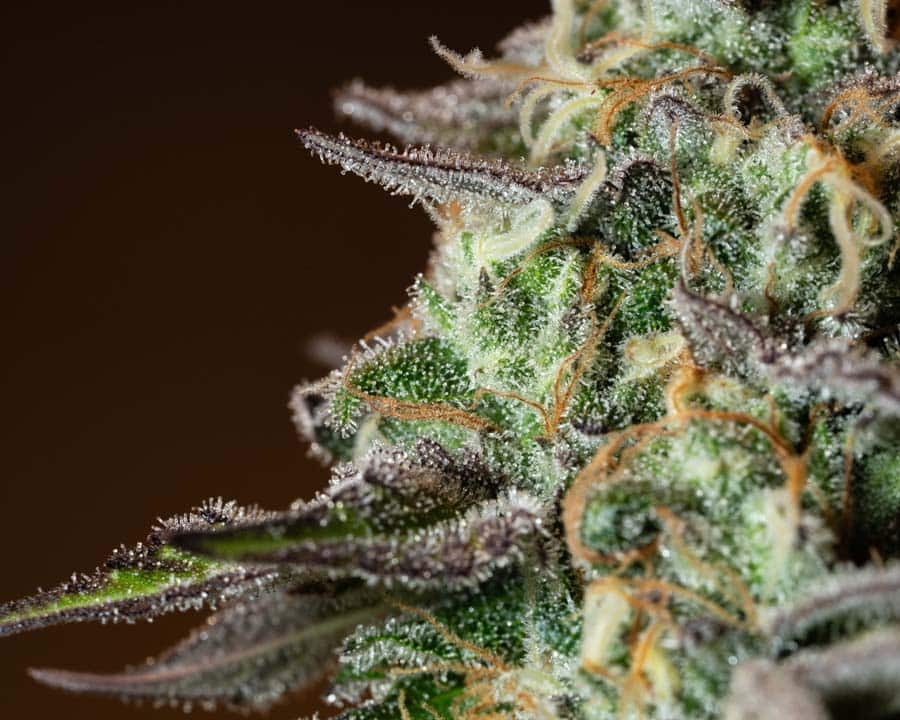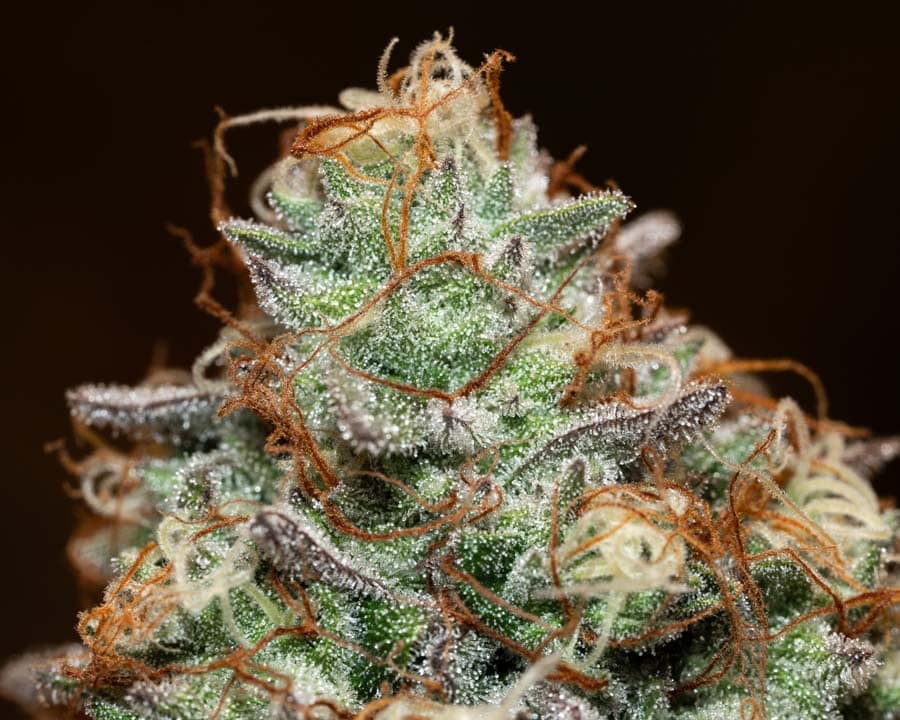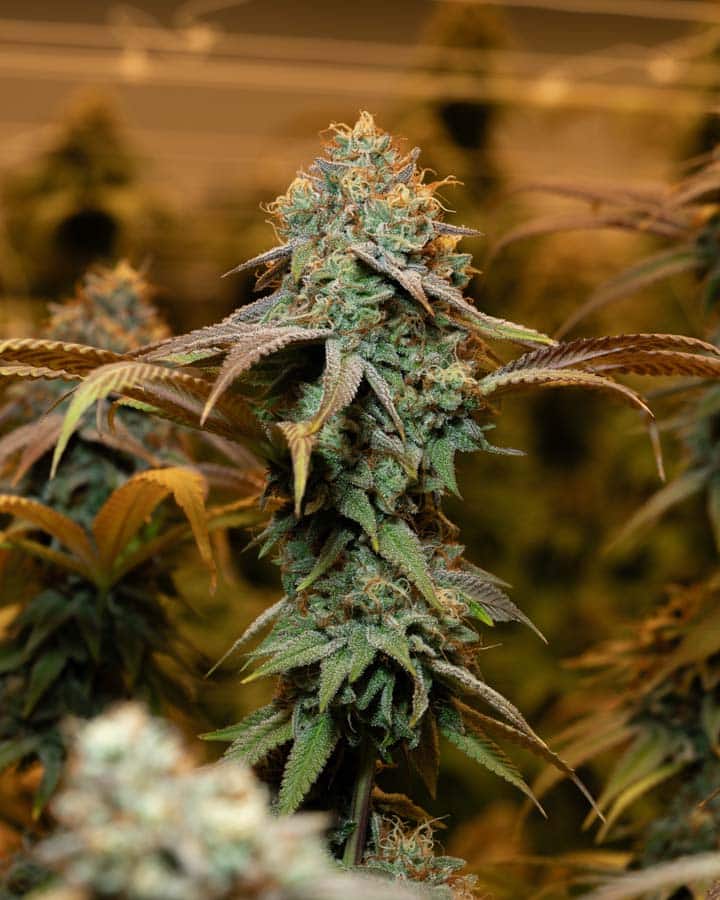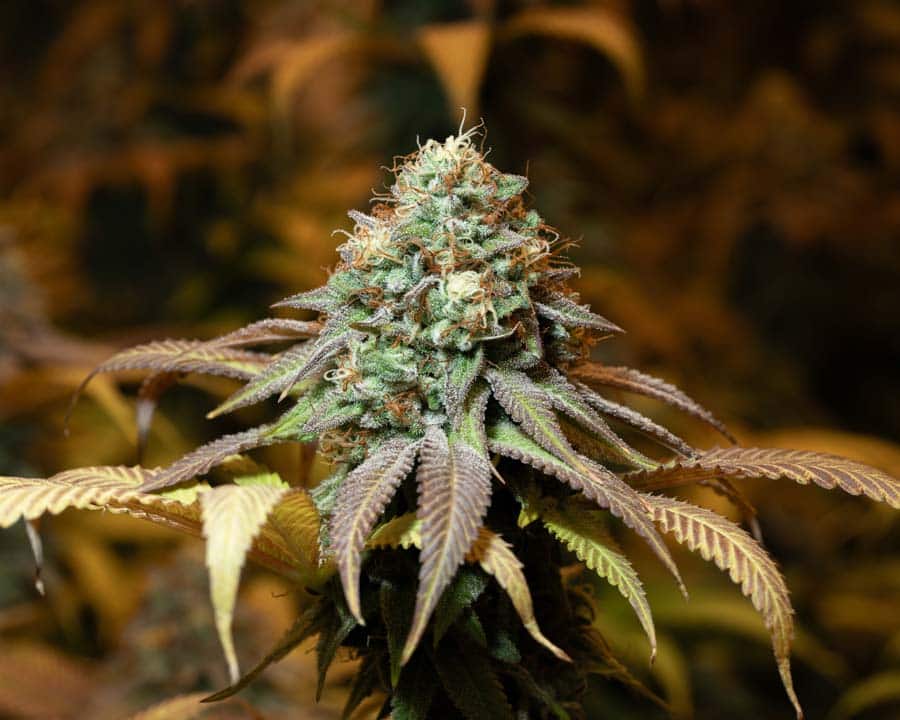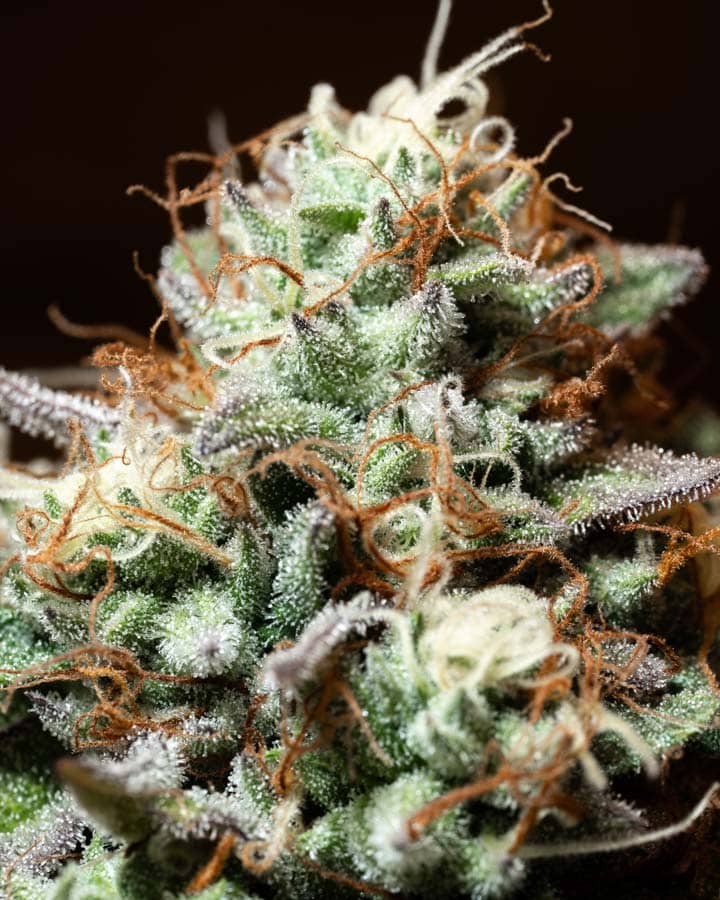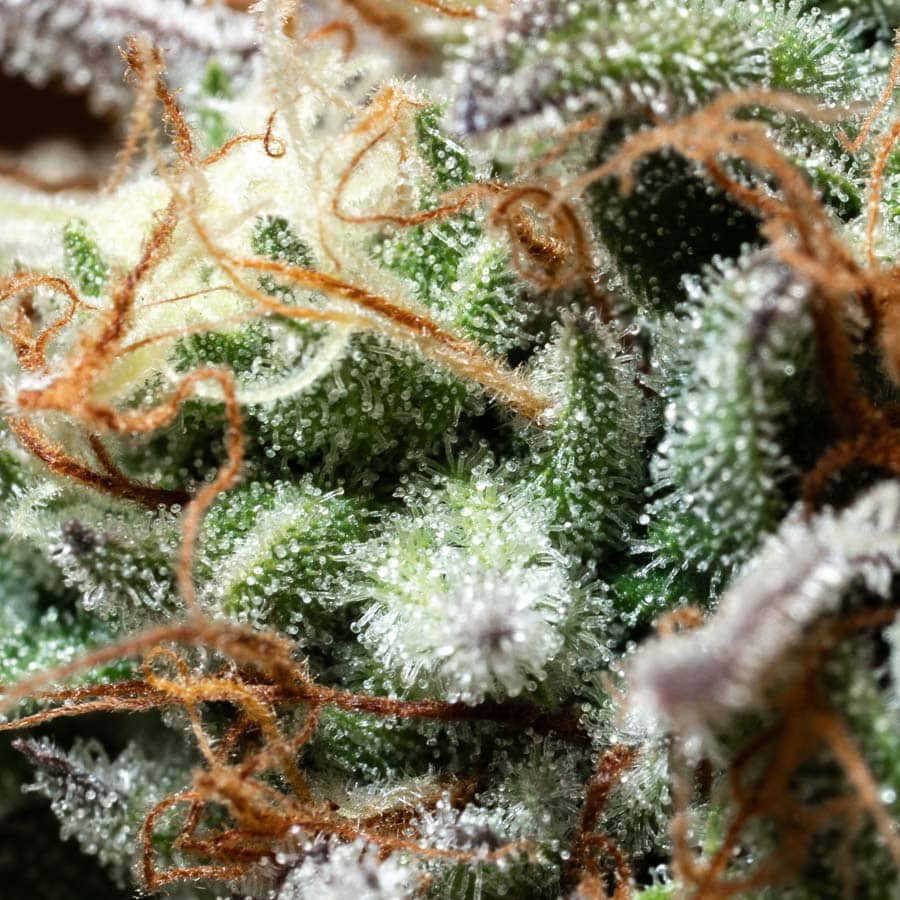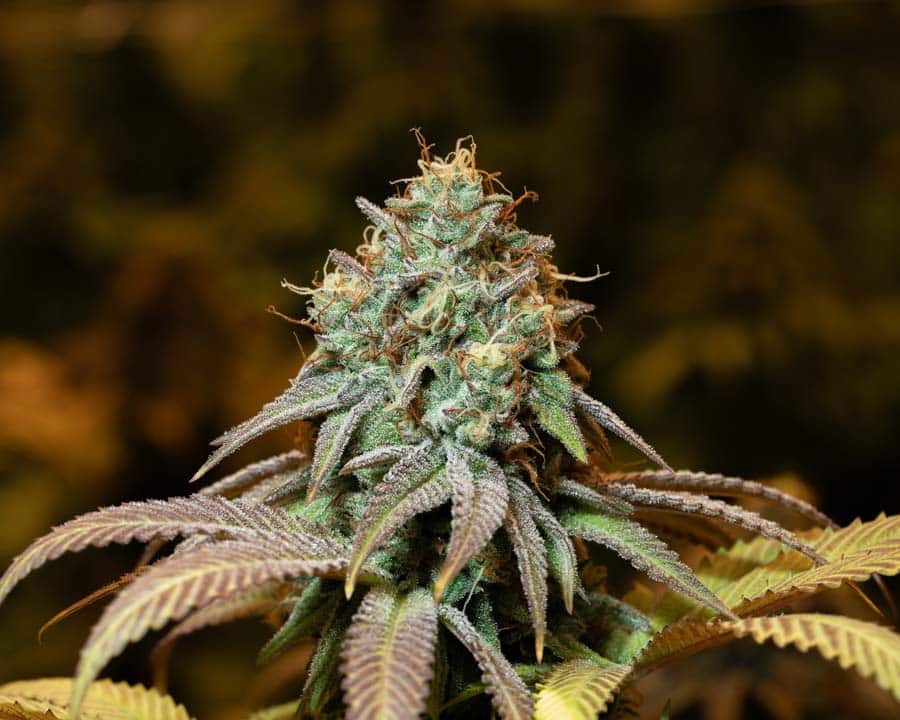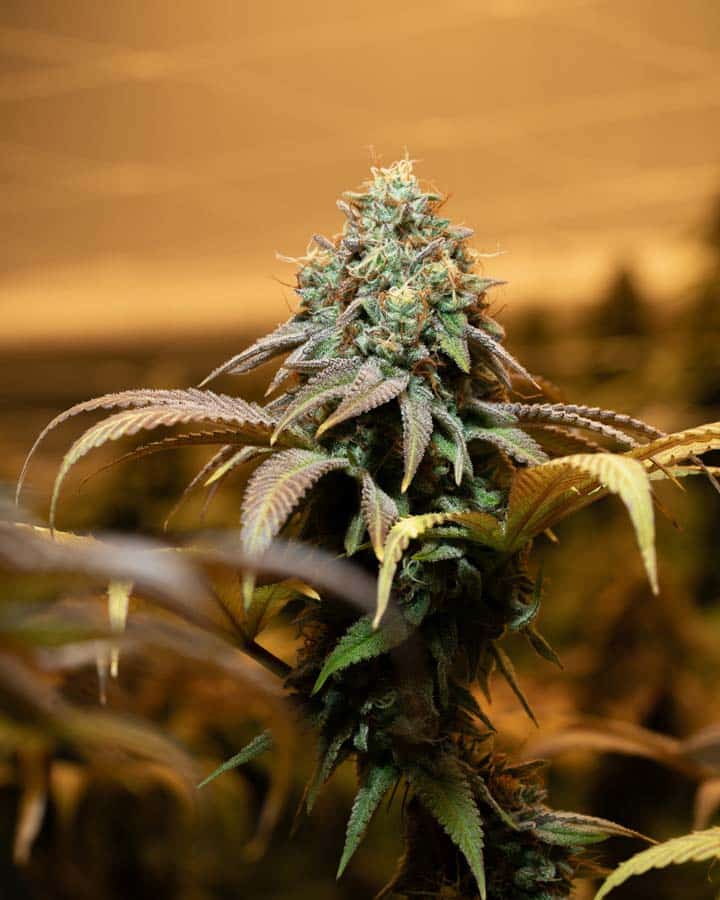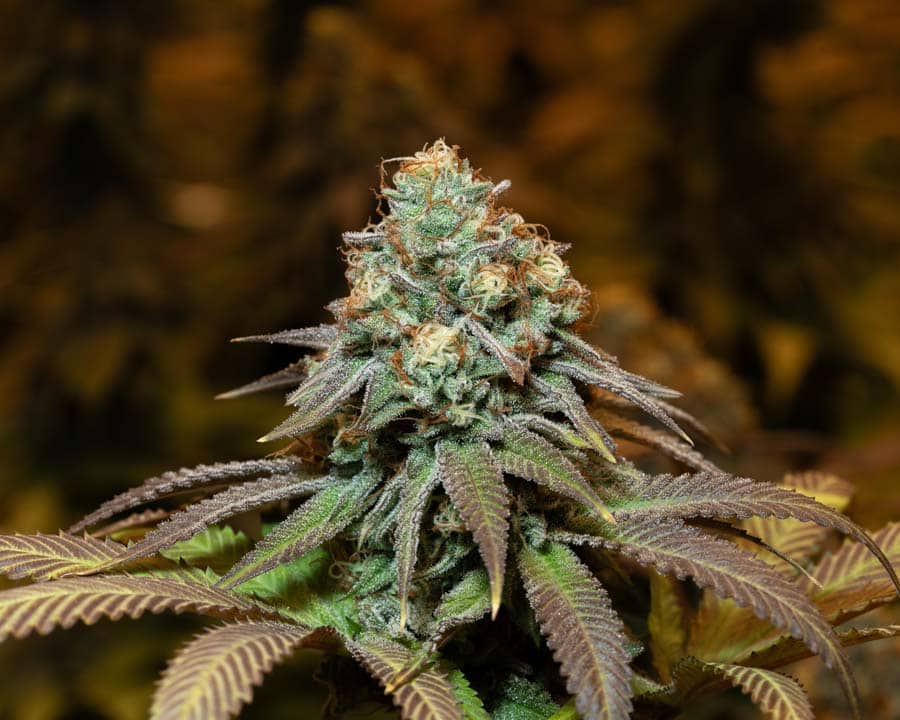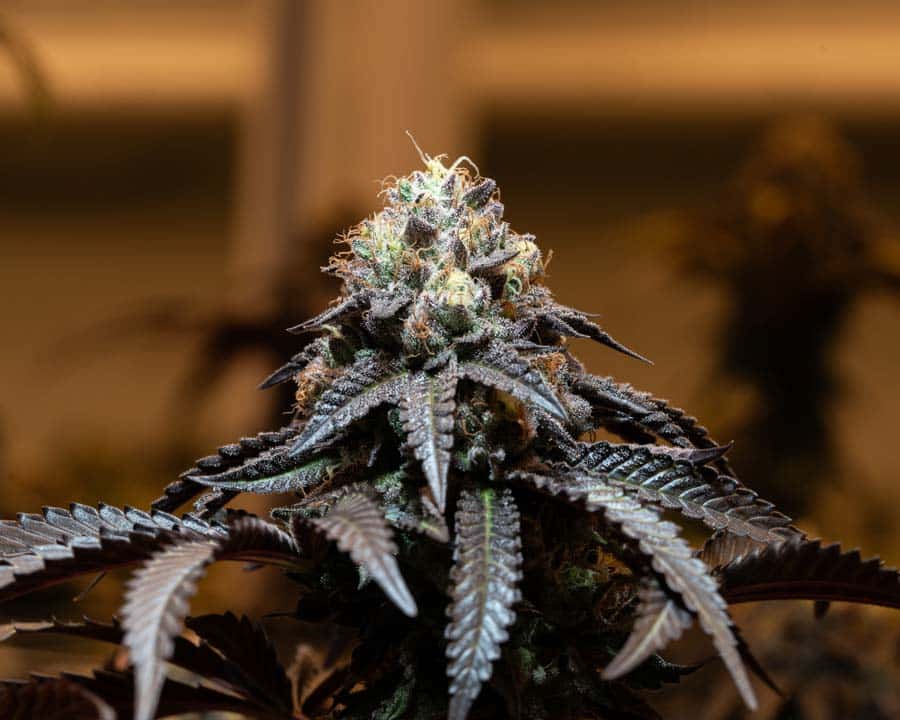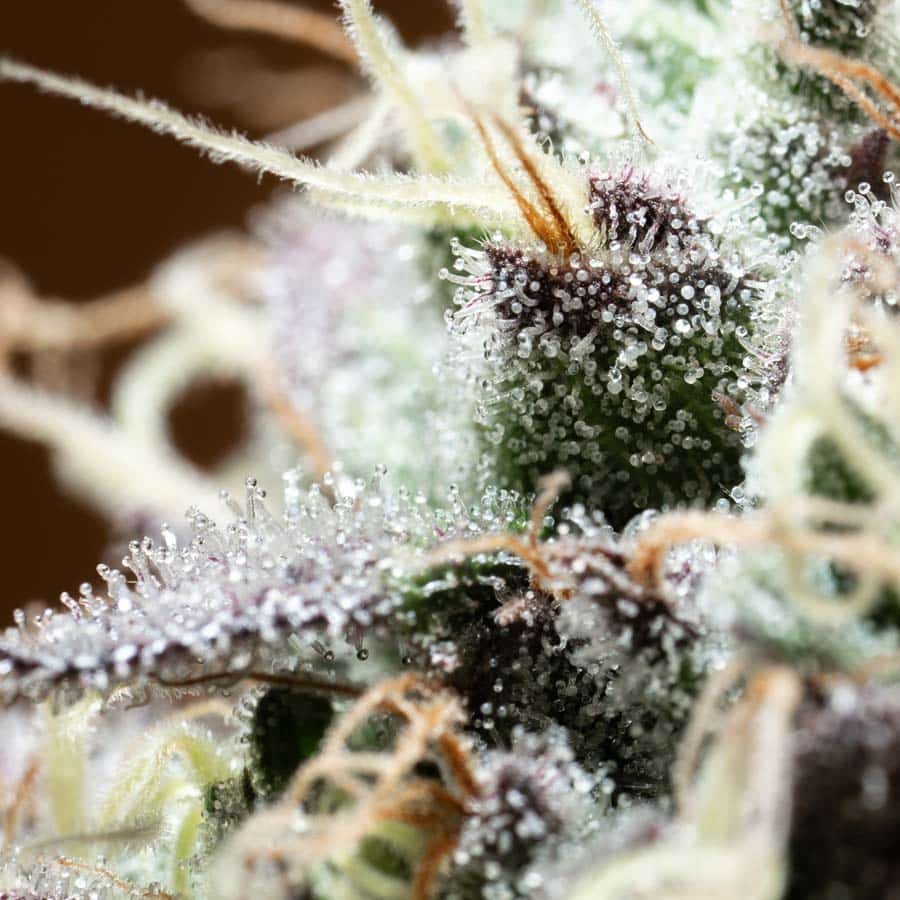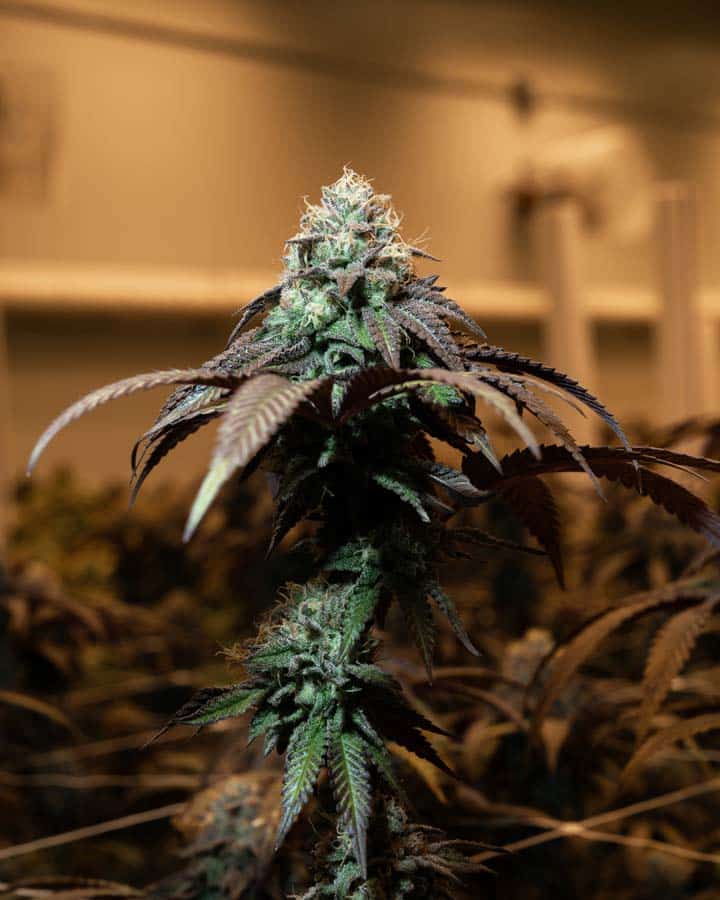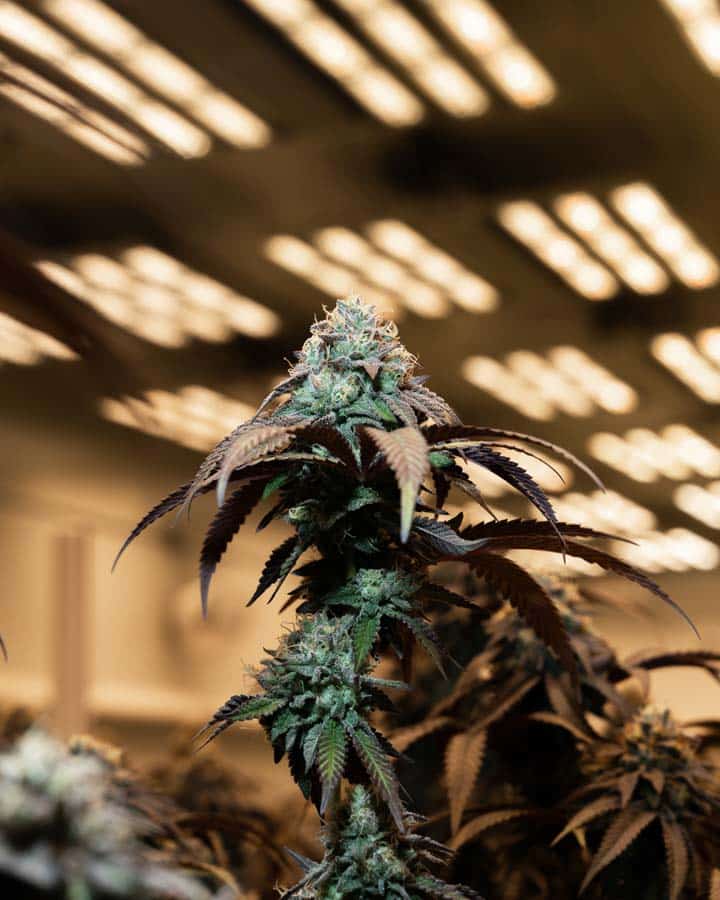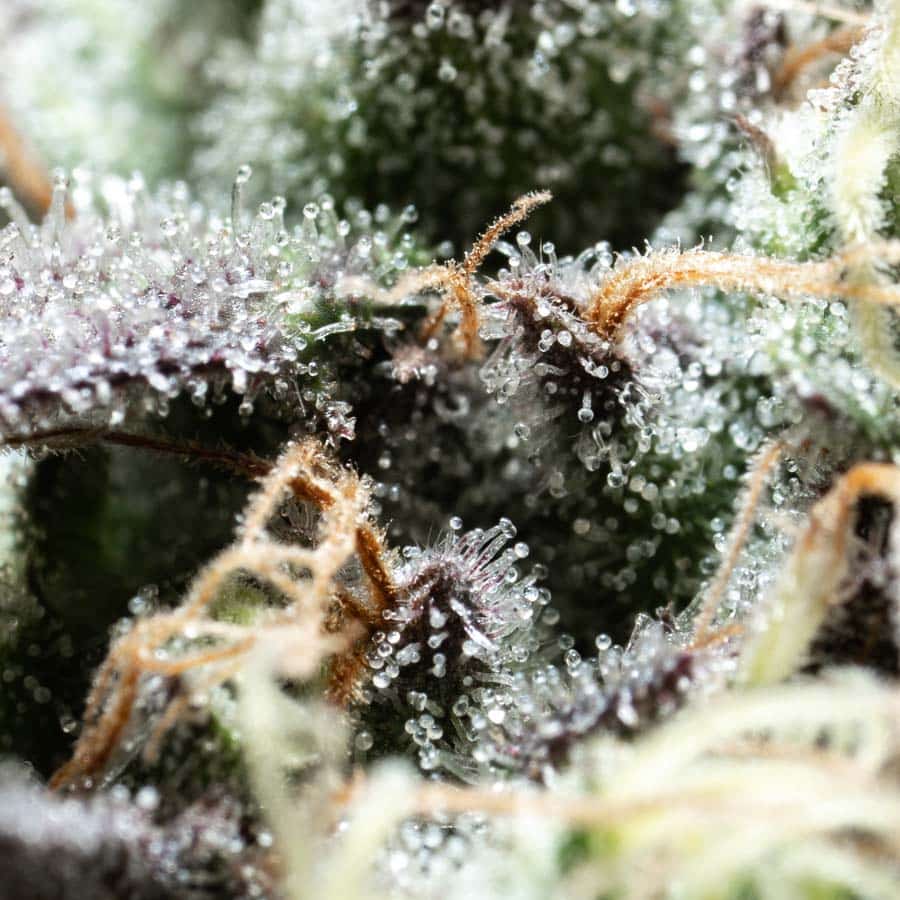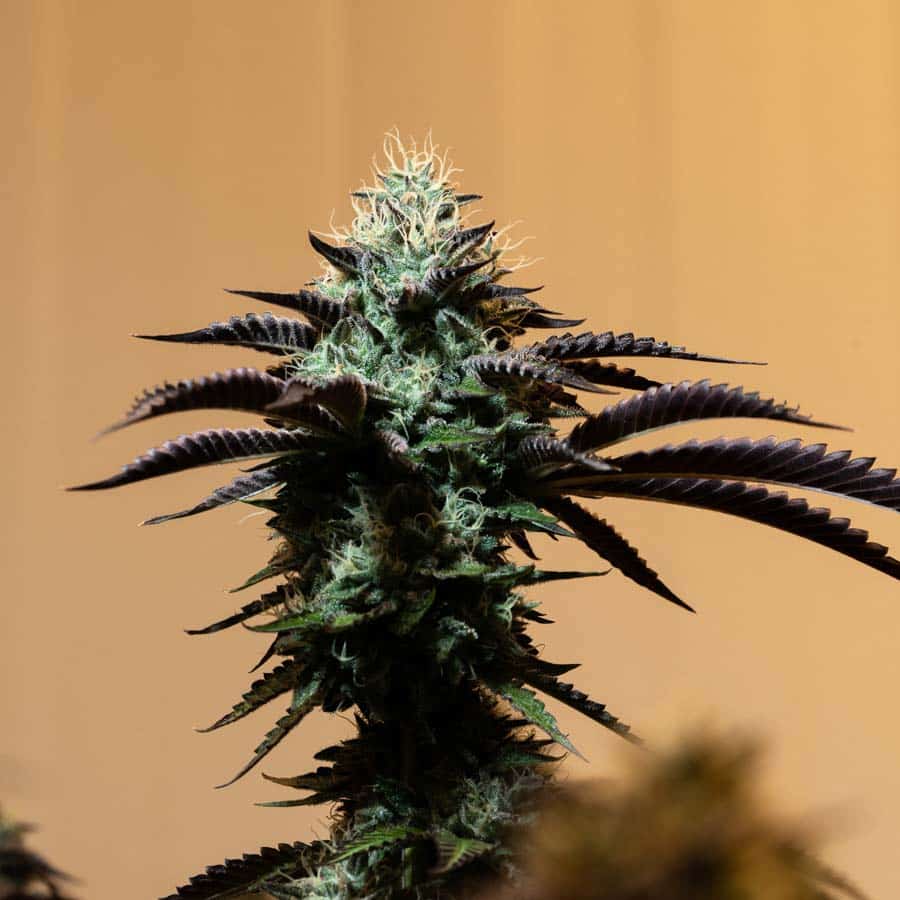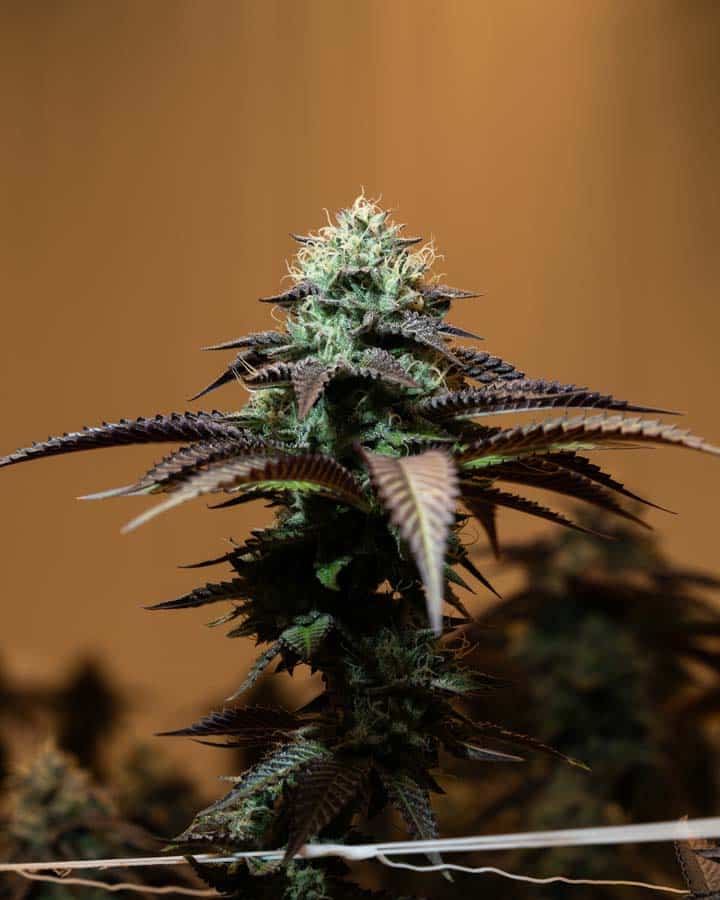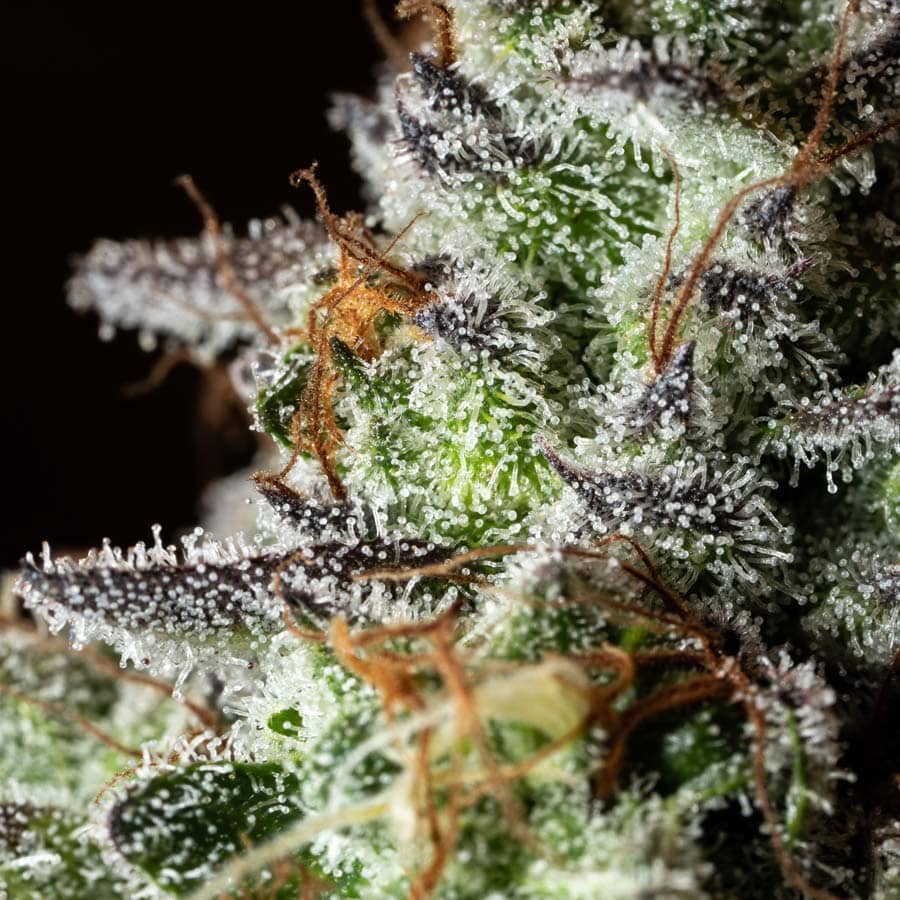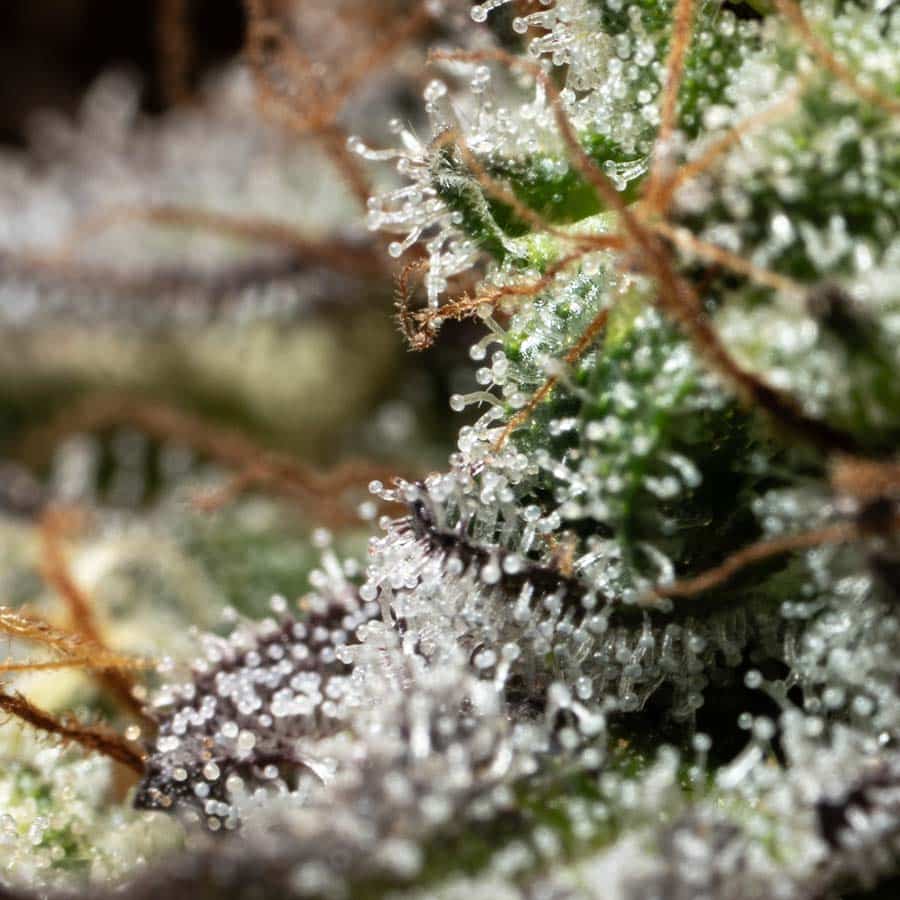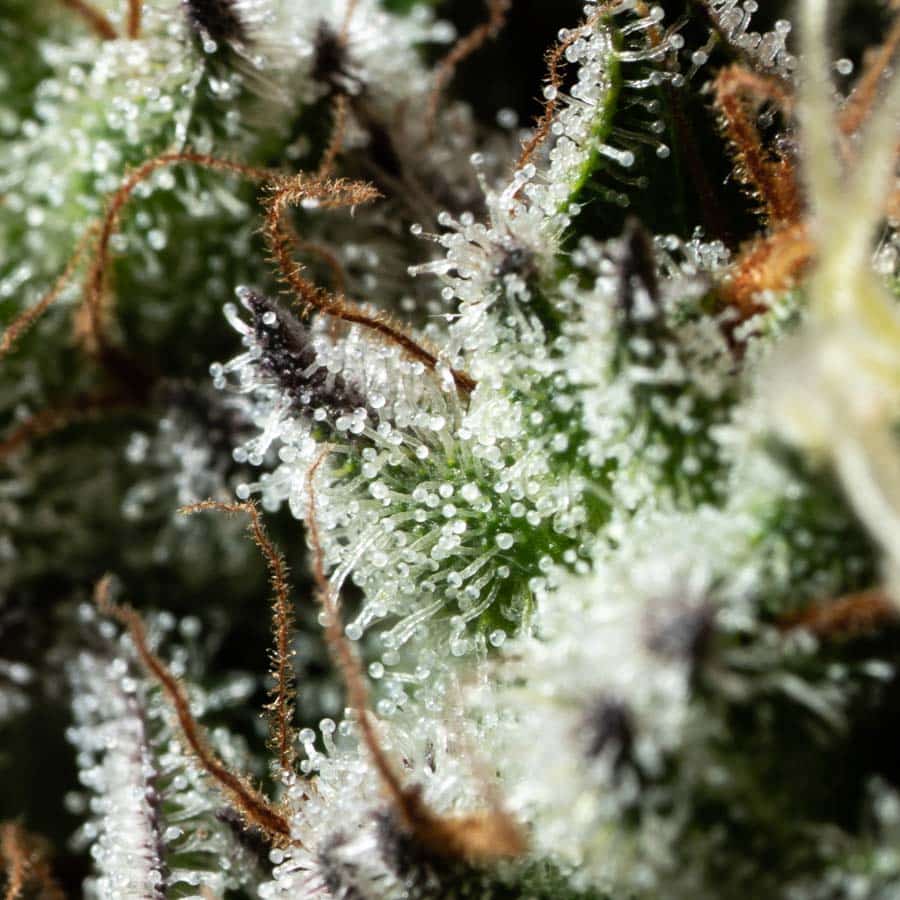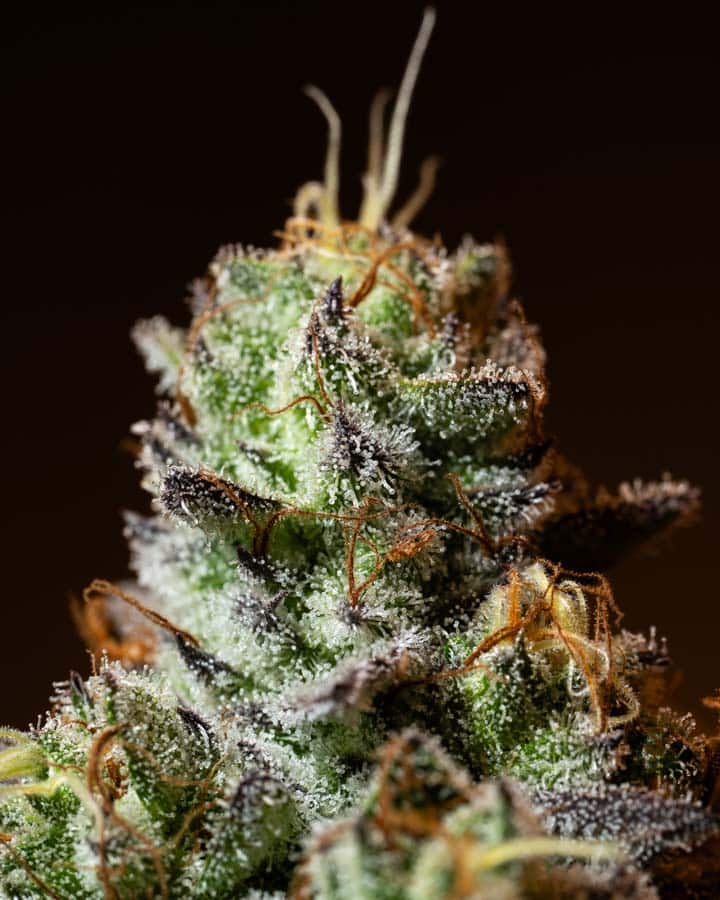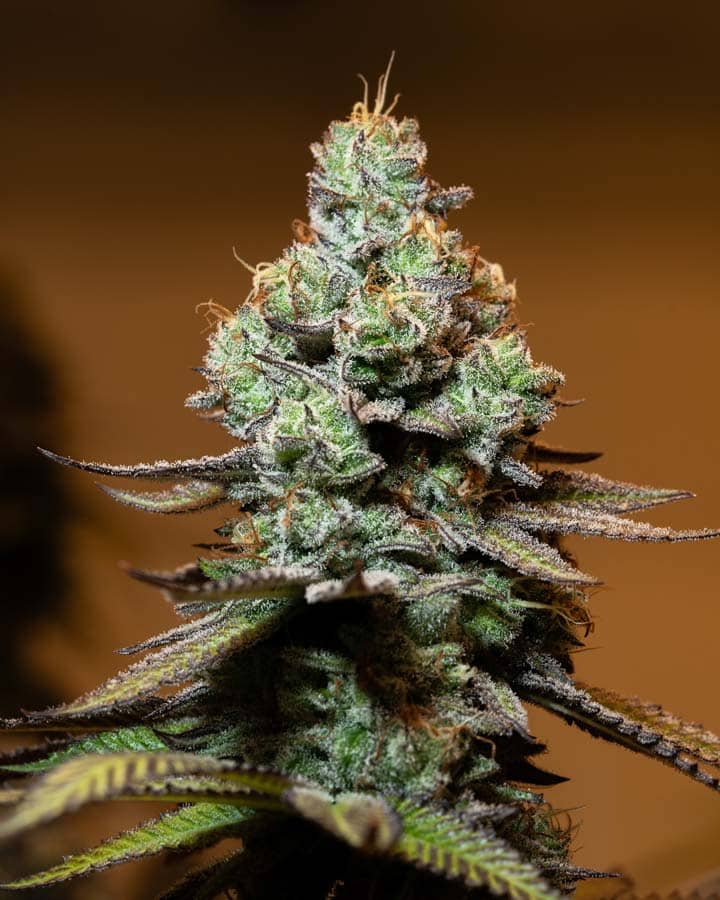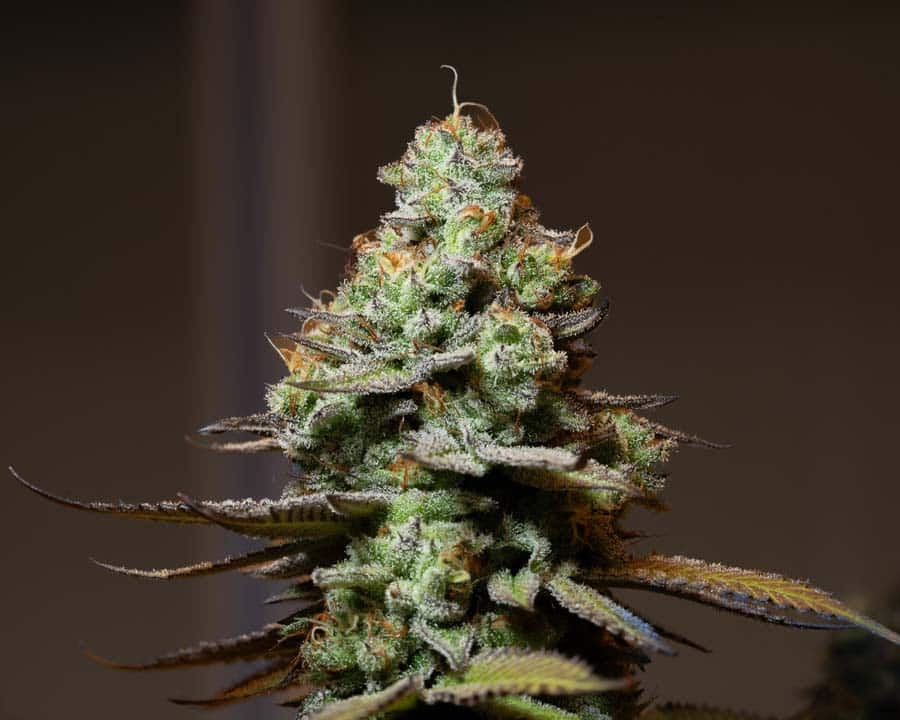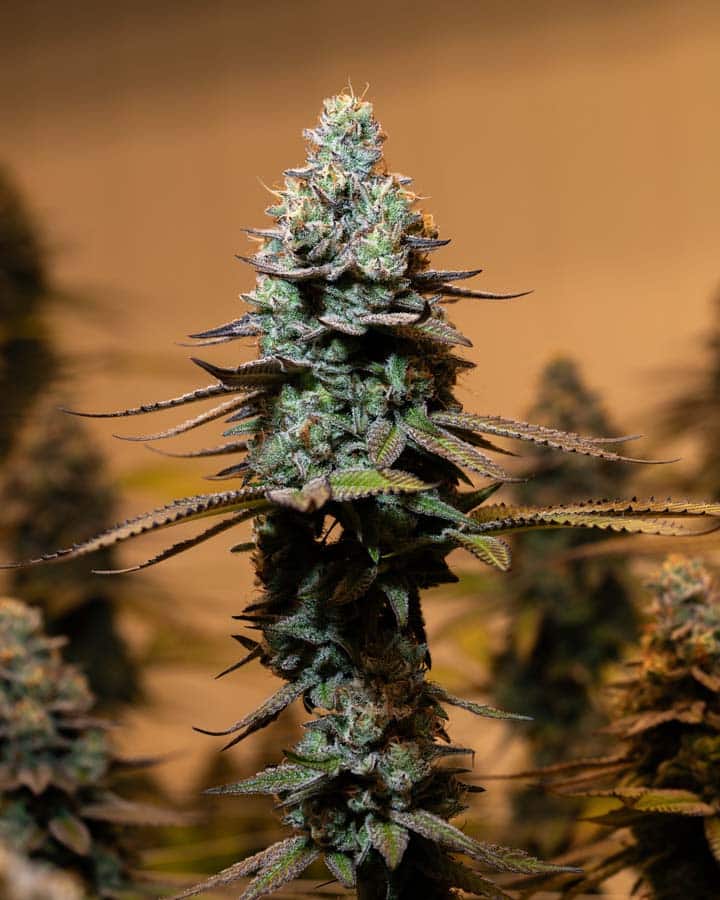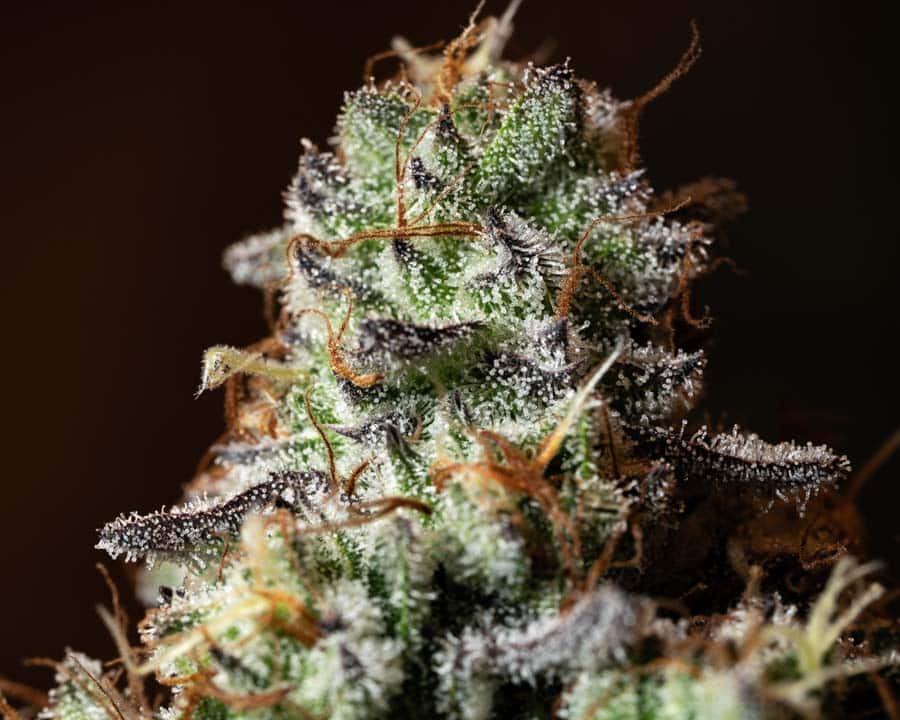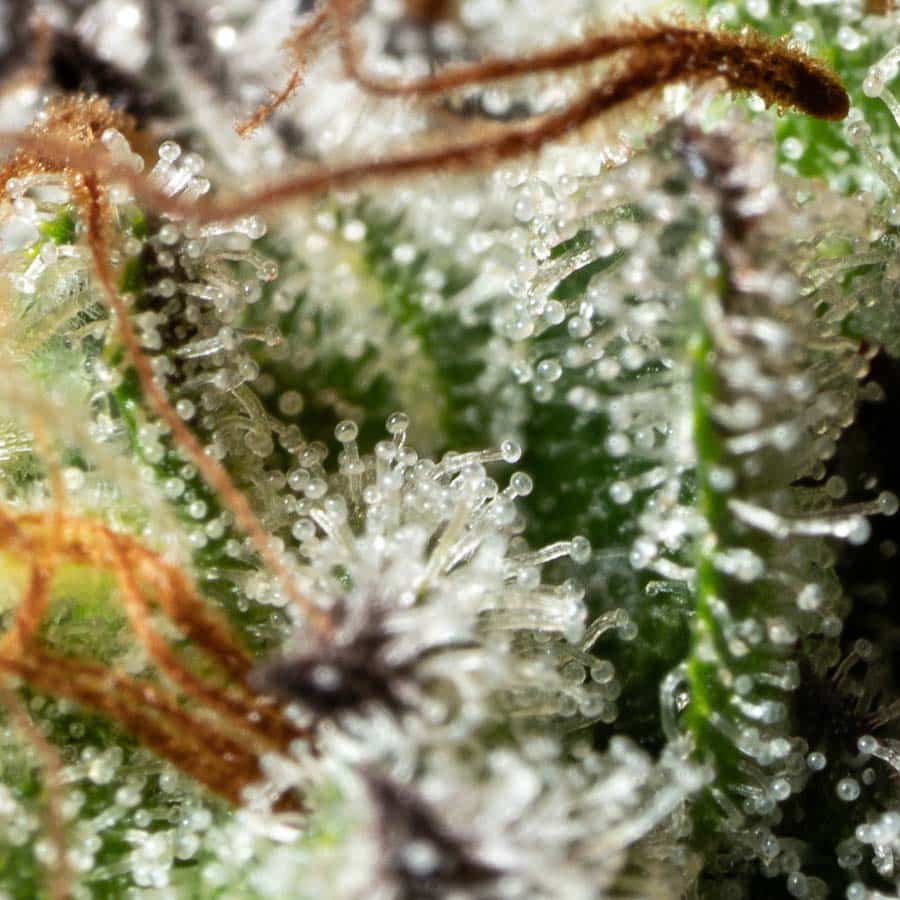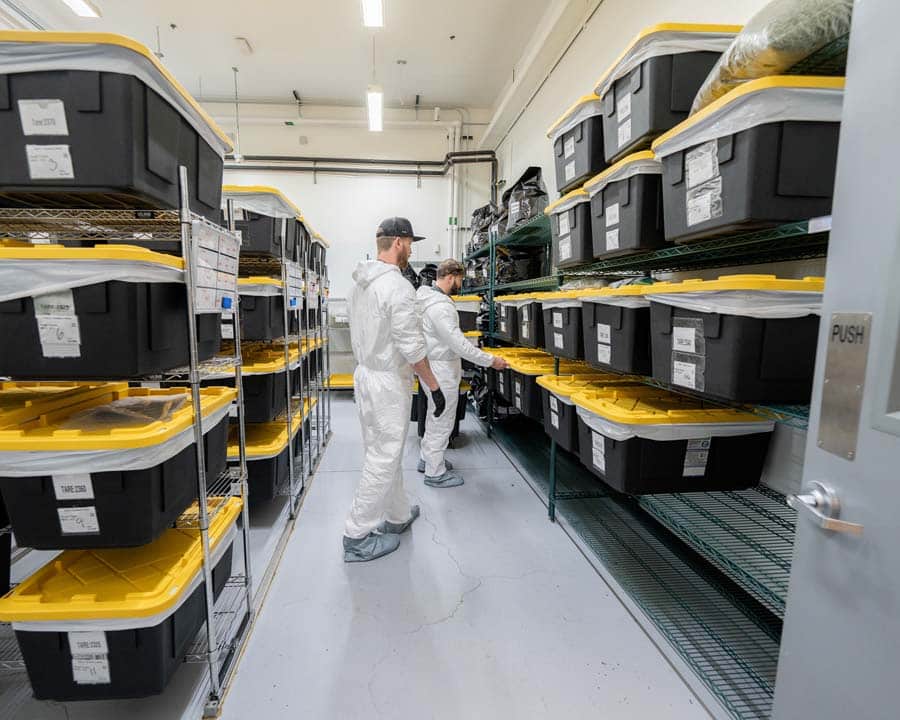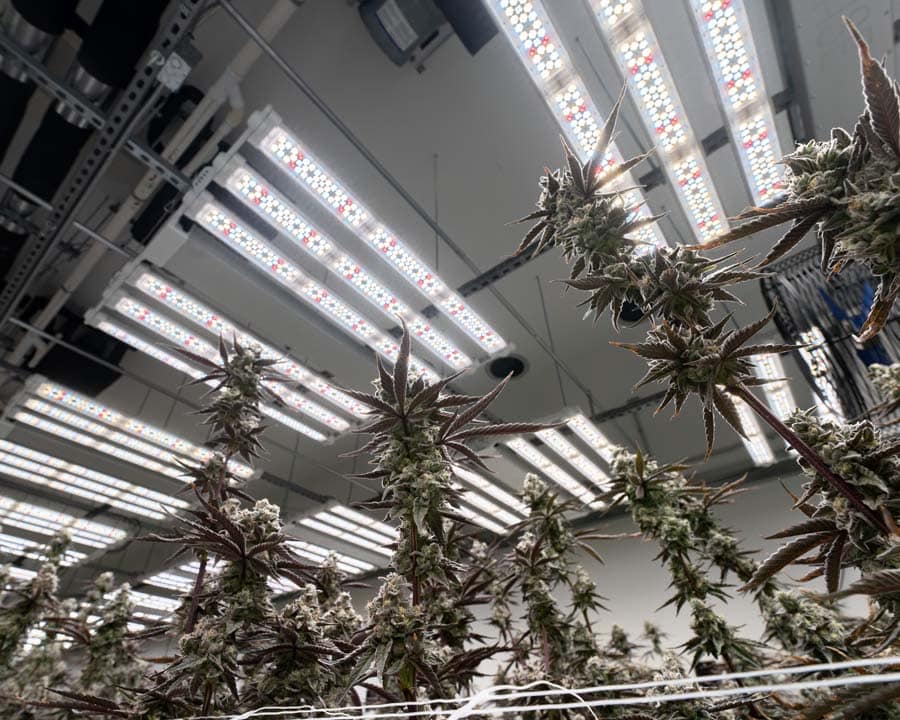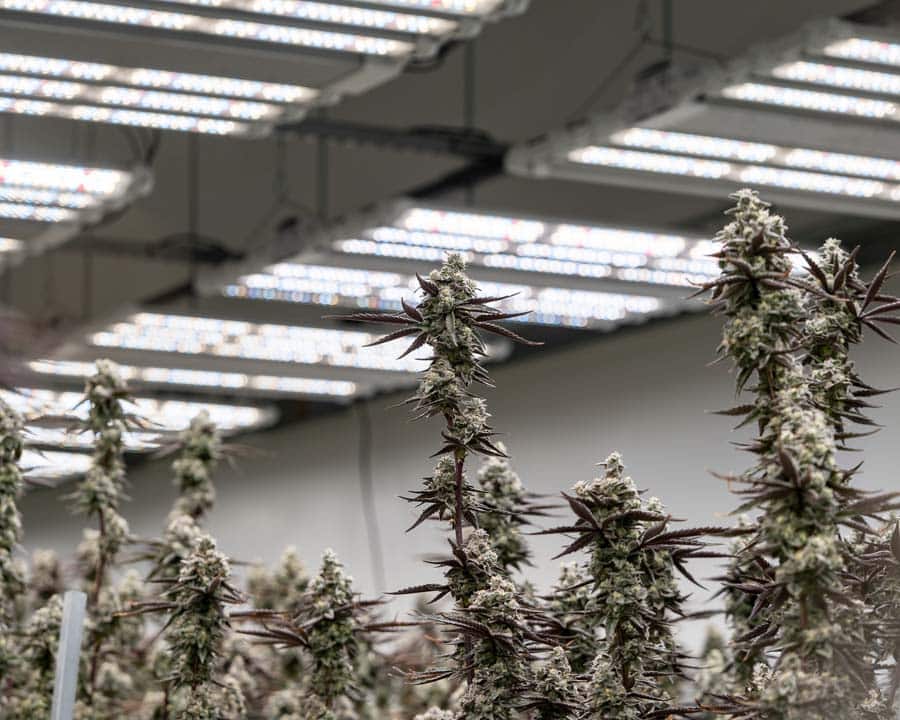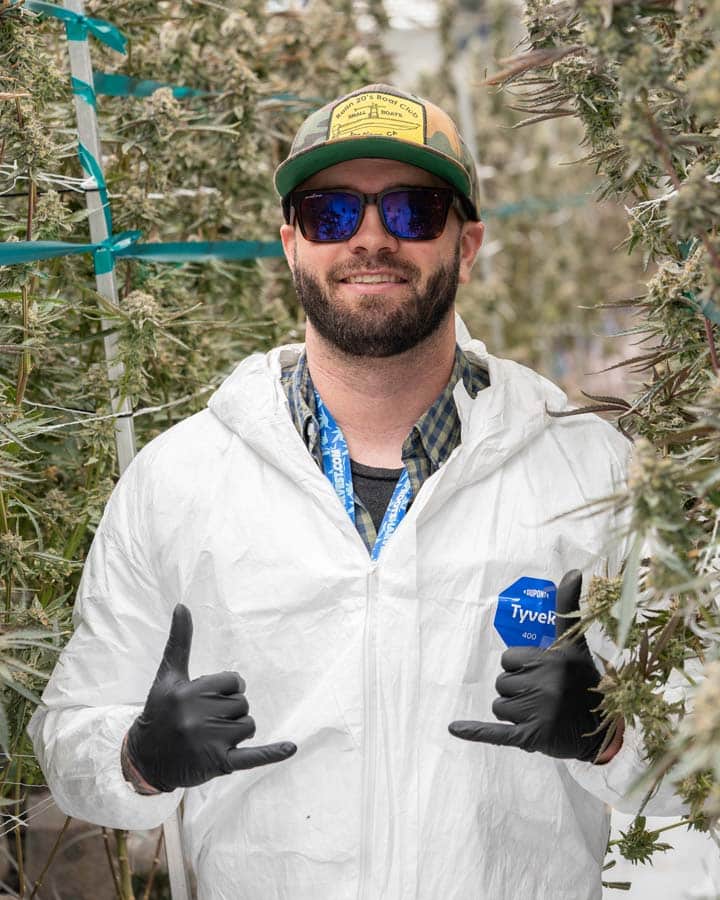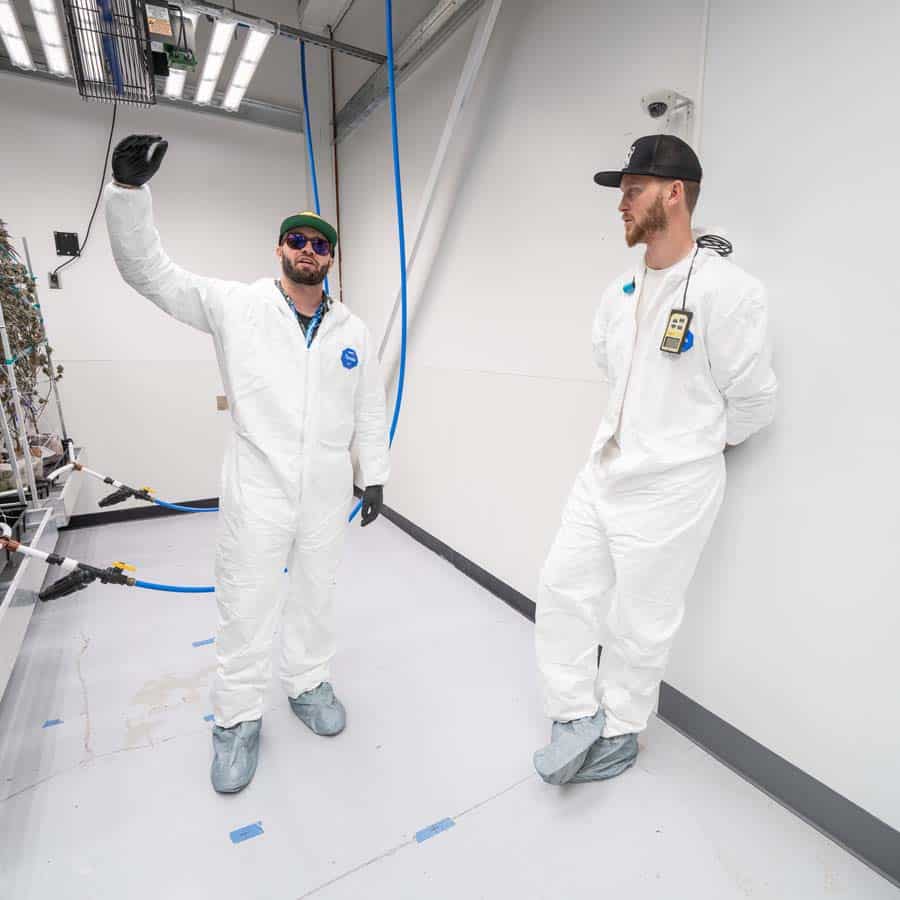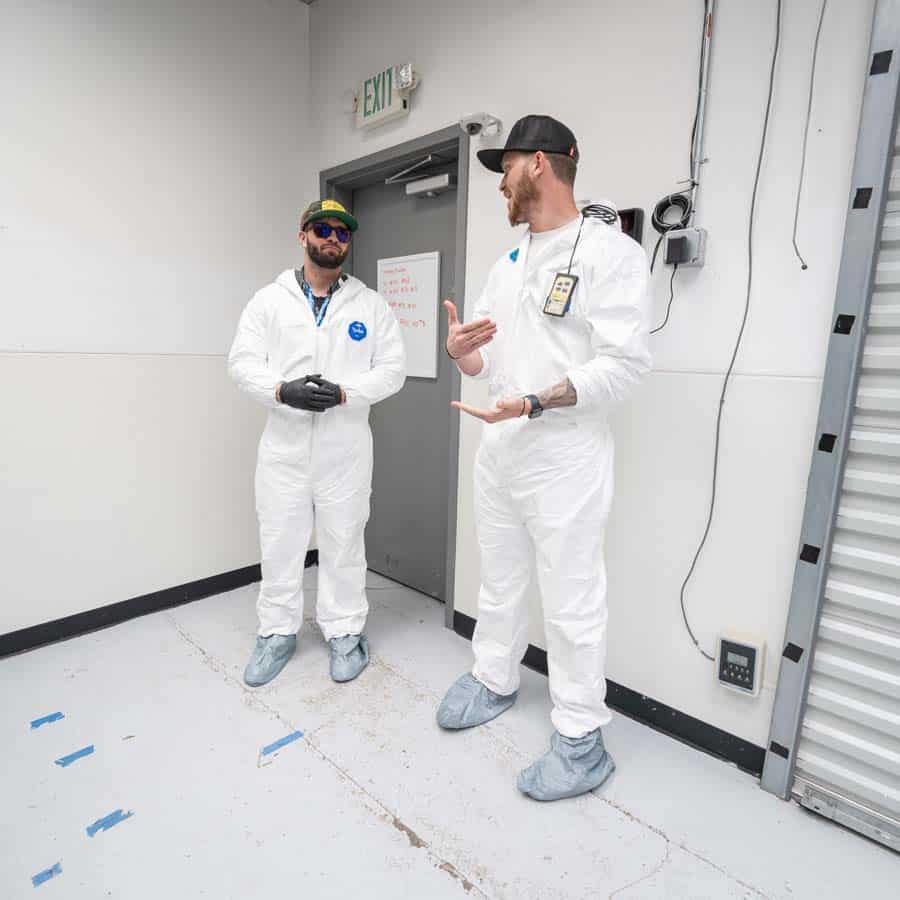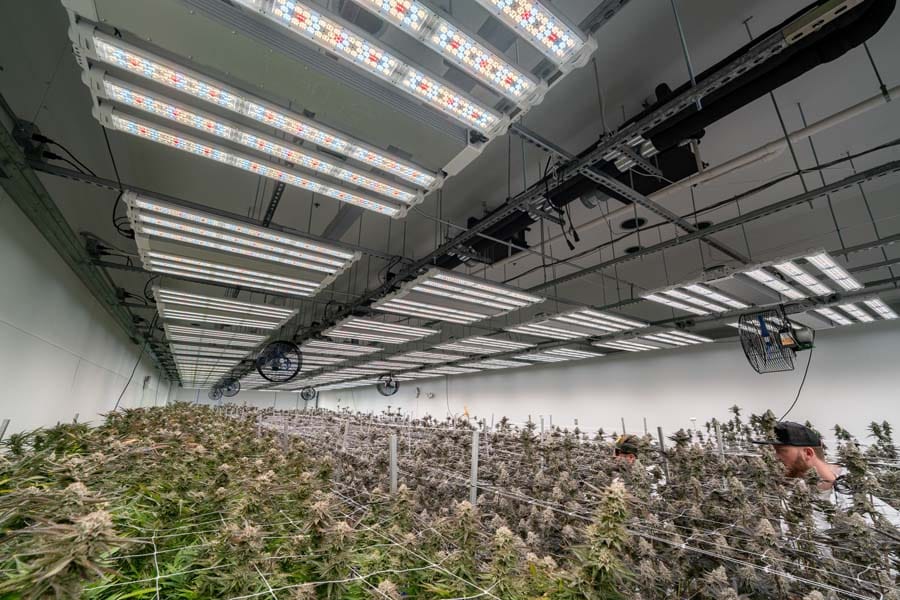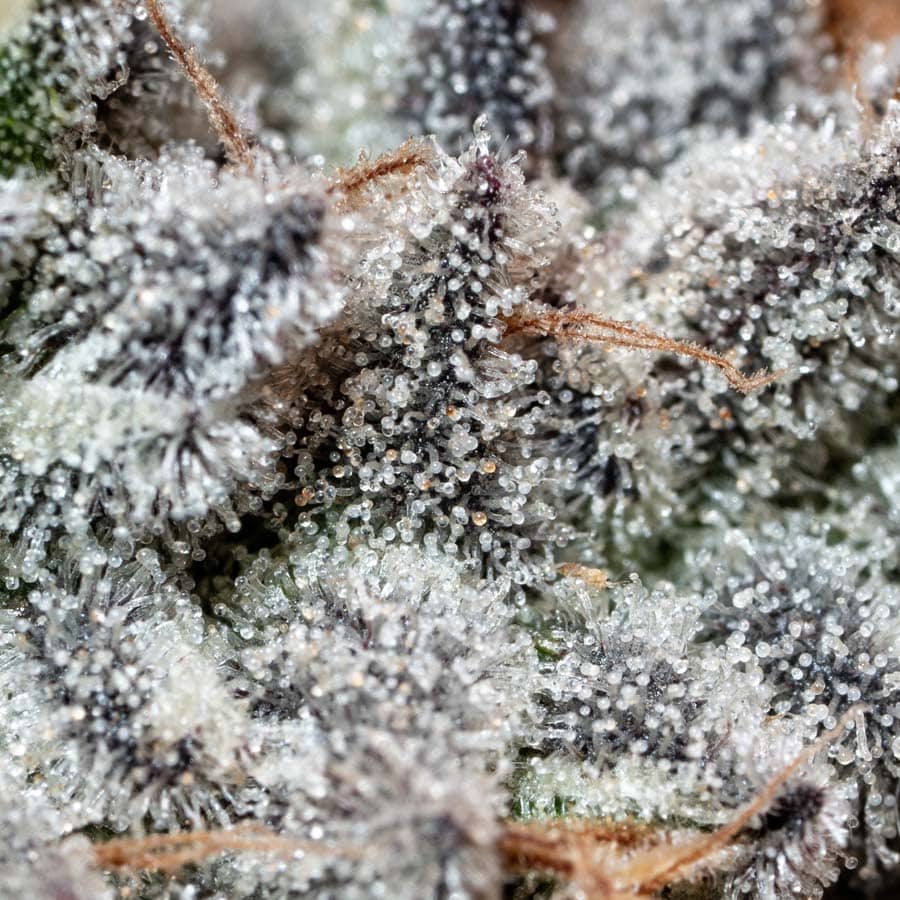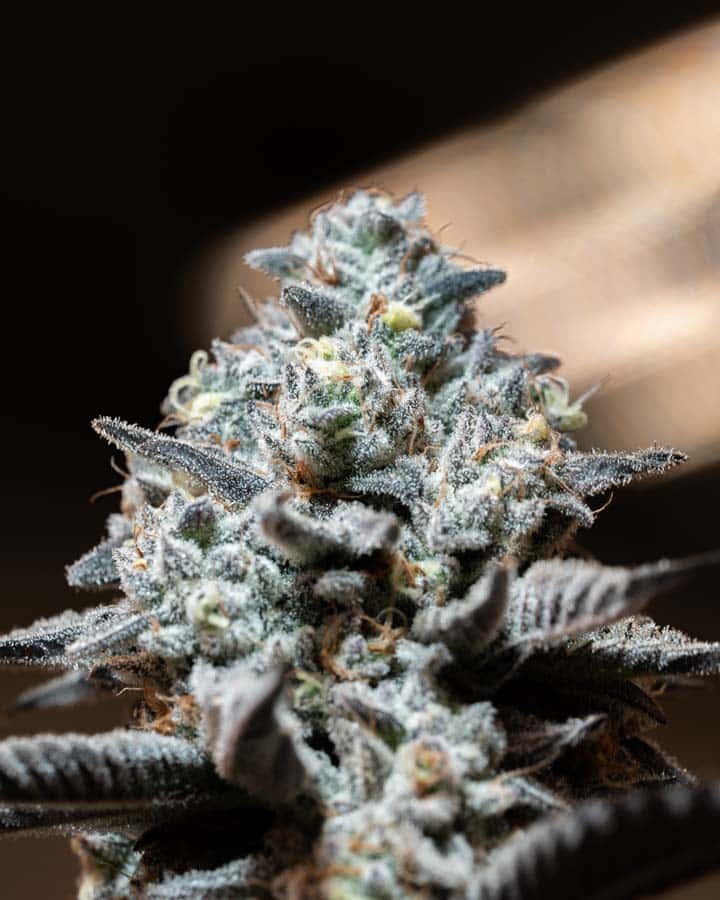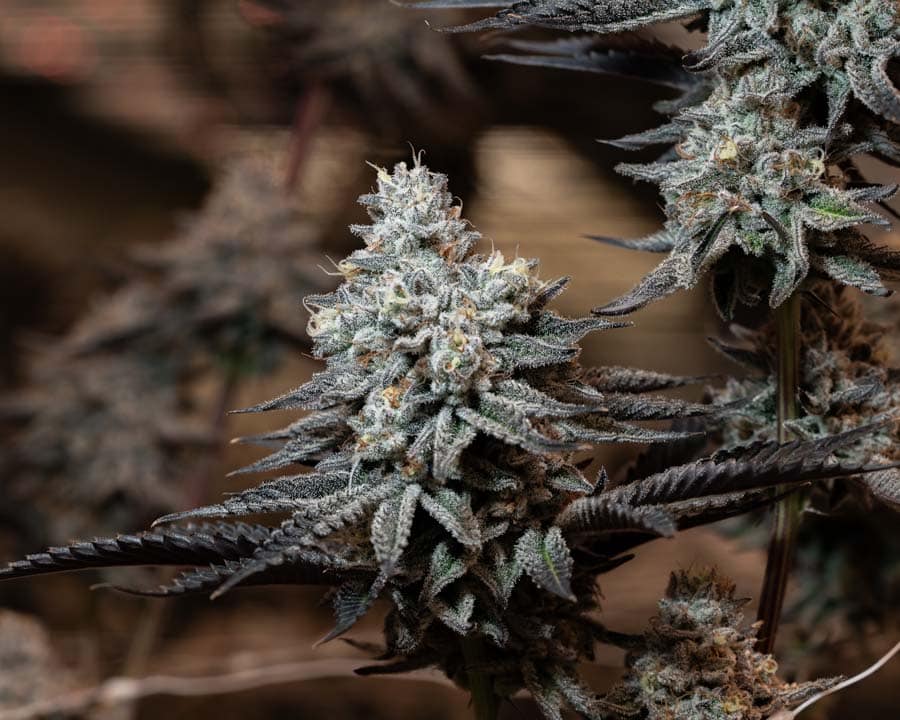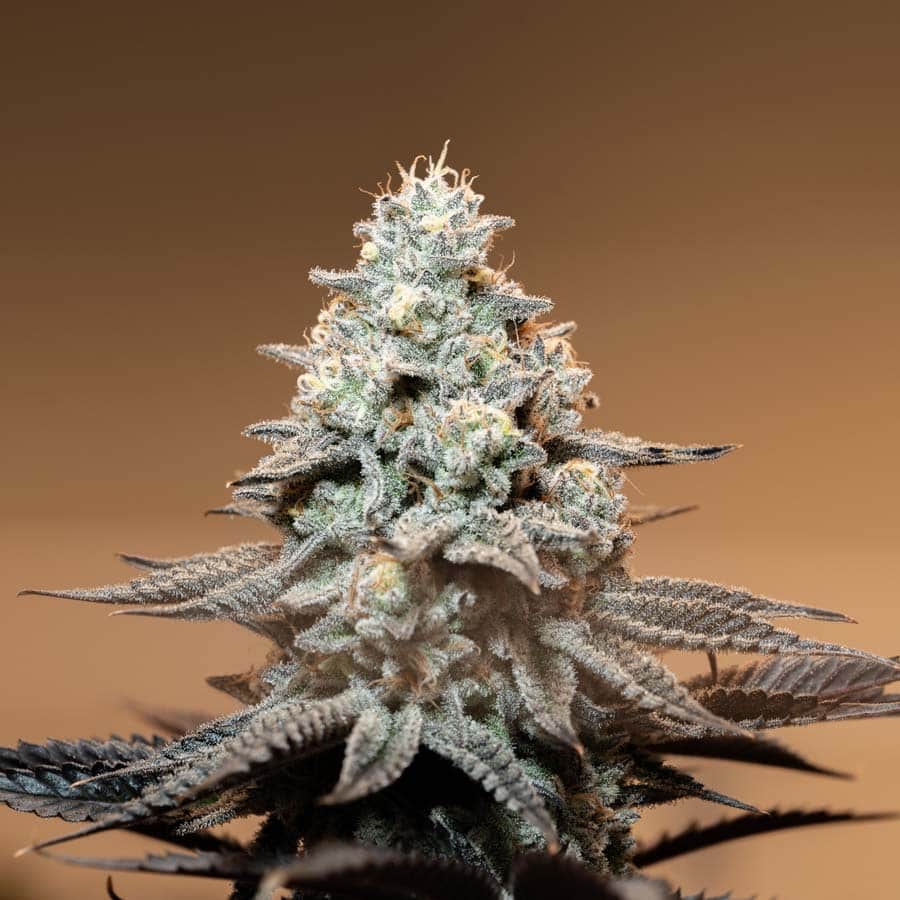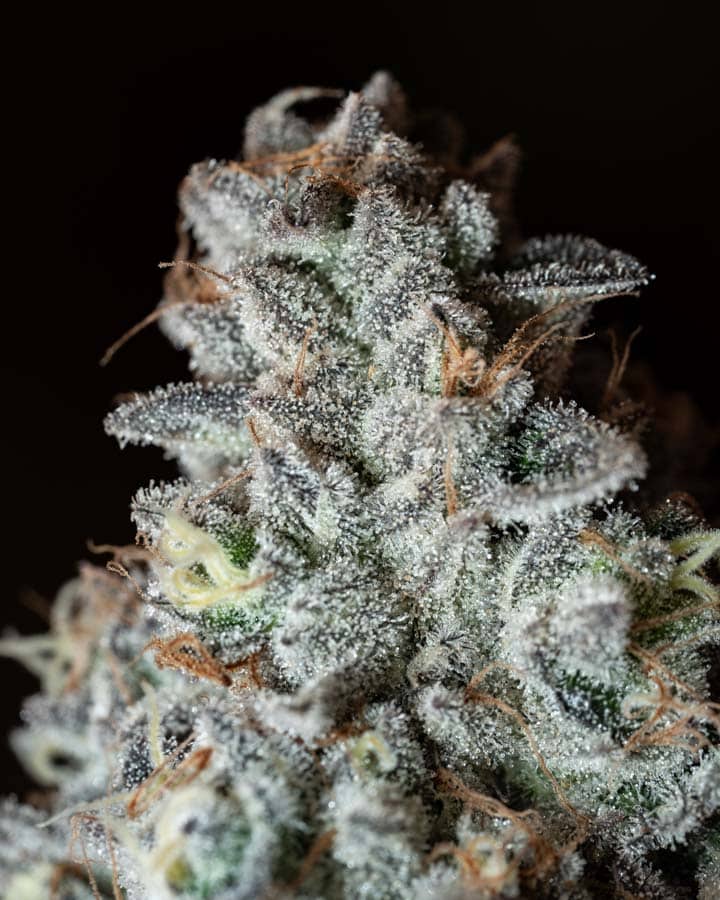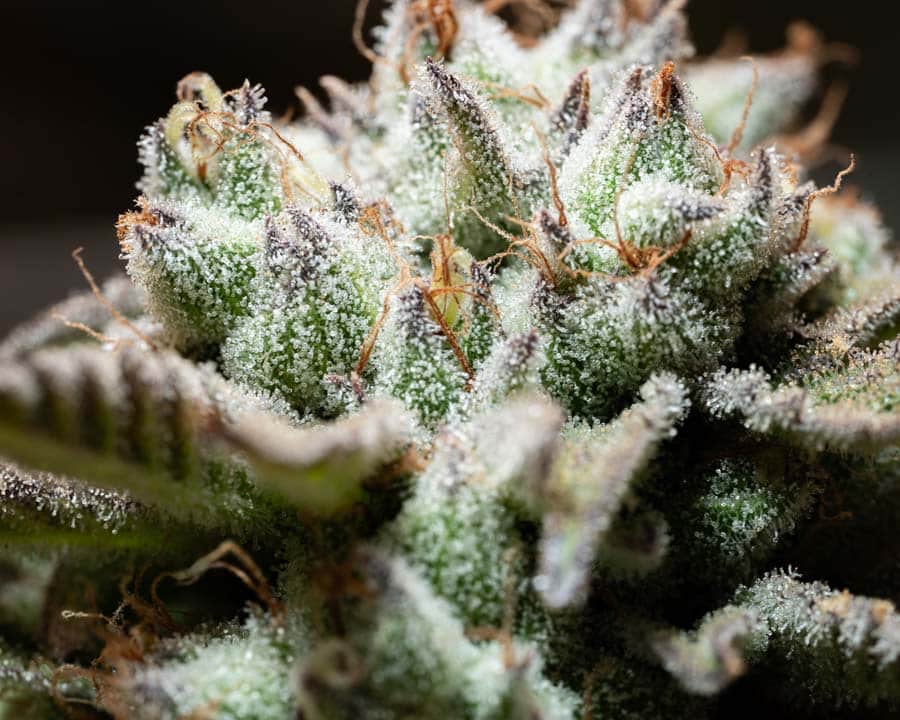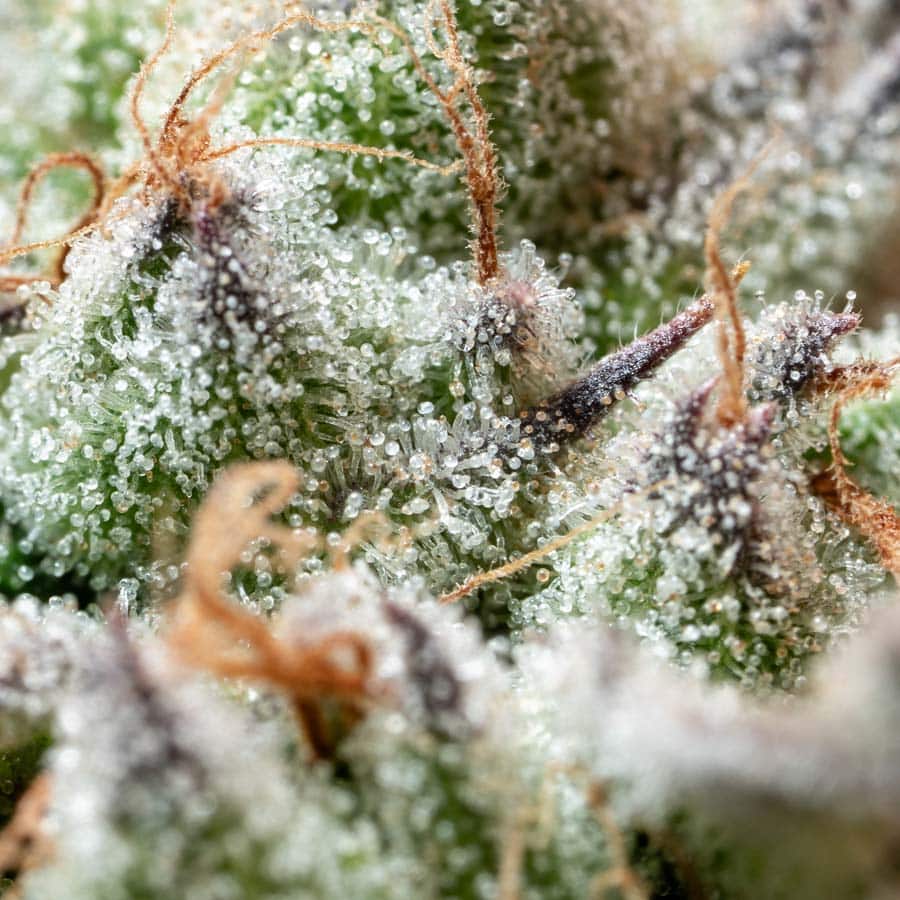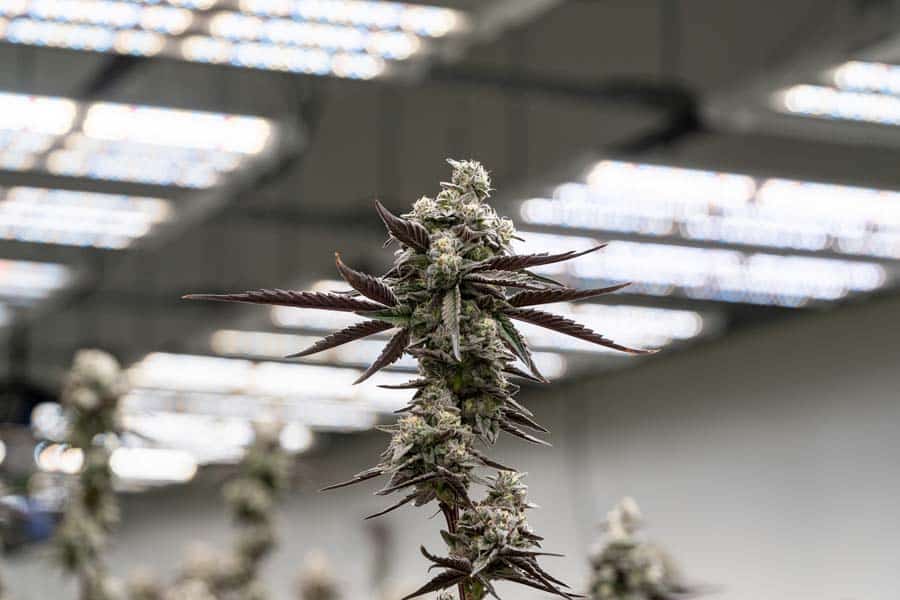Clay Moore has seen the influence of academia on the cannabis industry first-hand. As a 7th-generation Texan, Clay took his love for the plant to Texas A&M University as an undergrad student to begin his work as an industrial researcher hemp breeding program.
Join us as we talk with Clay about his continued education through the ‘CHIL’ student group that could potentially revolutionize the future of the cannabis and hemp industry.
*Disclaimer these were transcribed from an audio file. There may be dictation errors and misspellings due to direct translation. Dictation Error(s) - The dictator himself / herself makes a dictation time error which simply gets transcribed verbatim.
Speaker (FOHSE)
Hey, it’s Leo here and the table podcast series Welcome to the future starts now. On today’s episode first let me introduce my guest co-host. He is our VP of cultivation here. He knows everything that you need to know from cultivation all the way down to the book. Ladies and gentlemen, give it up for Mr. Mike Howard sitting in with us today. He’s the coolest in the land guys. I promise he’s a genius at this. And today we have Clay Moore, who’s a 20 year old Seventh Generation Texan. He’s currently an undergrad student at Texas A&M University right at College Station. He’s a researcher for the industrial hemp breeding program. So first let me say to clay welcome to the podcast. It’s a pleasure to have you.
Speaker (Clay Moore)
Thank you for having me.
Speaker (FOHSE)
How does it feel to be in Vegas? It’s your first time.
Speaker (Clay Moore)
It’s so fun. Yeah, this city is really fun. As a 20 year old there are some things that you can’t miss out on but it’s still a fun city. Regardless, I’ve had some really great food. We’ve seen some really good comedians.
Speaker (FOHSE)
And it’s more to live for. You know, if you ever get to experience Vegas young, keep living because as you get older, the experience only gets better and better and better. But before we get too far into the program, into the podcast, talking about your program, give us a little backstory about how you got introduced to Texas A&M and then the industrial hemp breeding program.
Speaker (Clay Moore)
Yes. So being a seventh generation Texan I actually have a lot of Aggies and my family. Both my parents were Aggies and their relatives are Aggies, their relatives are Aggies. And so I originally applied to Texas a&m as a computer science major, and I got offered a PSA to Kingsville. But then I ended up changing my major in Kingsville. And so I had to reapply to Texas a&m as a transfer student, and I got accepted. But basically while I was there at Kingsville, I got offered an internship by my plant science 105 Teacher, Greta Schuster, Dr. Greta sister. And it was with growing hemp at the Texas a&m agrilife and Corpus Christi. And while I was out there I was doing work with a weed specialist out there. And I was in control of taking care of the weeds in the cotton fields and taking in the soybean fields and all over. But one of the main things was the hemp trial that was going on out there. And basically the hemp out there was delivered and we actually transplanted them so we did not start them from seed. And I got to meet my current boss, Dr. Russell Jessup, who actually runs our program here at Texas a&m for the industrial hemp breeding program. And basically, I made a good impression on him. I got to meet him and give him my interest on why I was interested in hemp and why I think it’s going to be a really big thing in the near future. And he was basically I told him that I just got accepted to a&m as well. And he just said come work for me. He was just like, he just hired me right there out of the field. He said just start coming to work. I was like, okay, cool.
Speaker (FOHSE)
That was you know a lot about who you were going to work for and about him and the program or were you still kind of..
Speaker (Clay Moore)
I knew nothing about anything. Yeah, I just I just like, is there any opportunities at Texas A&M or I can work with the hemp and he was like, yeah, so I’m just starting this program. And he has had students over the years graduate students, but he really hasn’t been focusing on hemp. It’s mainly he’s been trying to find funding for this program. And he has a couple grad students now. And one of the main ones is Ezekiel Soto, and he’s a master student who breeds hemp. But I’m one of the first undergraduates that had been focused on researching hemp. And so after he hired me out of the field, I moved to College Station, Texas A&M. And I started working at the facility, and we’ve got a really beaten down facility. But we do what we can, and we get the research done. So once once I got to a&m, and I moved into the facility, basically, we started on projects, and my first project was actually it was actually part testing, figuring out what with the flowering of the plant and so basically, you know, there’s there’s two different stages of the plants, there’s vegetative stage, and there’s flowering stage. And it’s all dependent on light. And so if you want it to stay in vegetative , if you want it to be more than 12 hours of light, if you want it to flower in 12 or less darkness. And so basically, I was testing the exact part, this was kind of more of just a fun little project and I had it run through twice and so straight through straight through half of the dark cycle. When I was trying to induce them into flowering, I would turn on a secondary light that had a very low intensity par range. It was like 500 par versus 230 par. And this is photosynthetic active radiation that the plant absorbs. And so basically I had it down to 30 par, and the plants still flowered. And I have a cool picture that I can send you all as well as what the tent looked like . It’s fully lit up, you can see everything inside the plant and they still all flowered. And so you can go in there and work during the dark cycle if you need to. I know some other people have mentioned to me that there’s some other ways you can approach it like having a green light in your dark cycle, because plants absorb less green light than your reds and blues. But then after, so that was kind of like a fun little project. But then Dr. Jessop introduced me to the hemp conversion program that he wanted to start. And basically, it’s an outreach to breeders and growers all around the world to see if they want to make a donation of their pollen or seeds to our public bank at A&M. And we’ll take those genetics and basically will breed with them. And we’ll make sure that they’re Texas compliant, we’ll make sure that they’re sustainable for Texas, they can survive in Texas, that’s one of the big ones. And also, it’s so that we’re not so bottlenecked by the only 100. It’s around 100 strains that are on a list that got approved. One of the big problems in Texas is that a lot of the farmers don’t know where the heck they’re going to get a lot of the strains that were approved. And so through Texas a&m, we’ll be able to have a more diverse pool that they can select from that they can come to us and use our genetics, whether they’re growing for cannabinoids, whether they’re growing for grains, whether they’re growing for fibers, and and that and that’s a that’s the program that I’m running right now. And so after that we’ve been hiring more students along the way. We have as of right now in our facility. Currently we have PhD student Heather baldy and she is planning to actually get her PhD in December. We hope we hope. And then we have PhD student Chris Garcia. And he’s got a really cool project he’s working on triploid hemp, basically you’re taking your regular cannabis plant that has two sets of chromosomes, like we have two sets of chromosomes. And basically that is a diploid. And so he is doubling the he is doubling the chromosomes making tetraploids and breeding diploids with tetraploids to make a triploid and triplets are your sterile hemp, and so you know your ligers and your mules, they’re, they’re sterile and so it’s the exact same thing with your, your cannabis plant whenever you have triploid. And so one of the problems that people are having is a male popping up in your colony of cannabis plants and then turning all of your plants into seed plants. And so one of the big things is an industrial hemp and especially like in places like Oregon is a male popping up and then and then their whole field is just seed plants now and whenever the plant gets pollinated and grow seeds, then it focuses less on cannabinoid production. More on seed production. Well, one of the problems also in Oregon is your neighbor having a farm as well, and a male popping up in their in their in their crop, and they’re male hurting your crop, but by spreading that pollen. And so if you’re growing triploid that Chris Garcia’s making then you won’t ever have to worry about that because they’re sterile, they won’t be able to accept the gametes from the male pollen and so
That’s one of the projects we’ve got going on. And we have a PhD student, Joshua Van Dyck, and he’s currently looking for funding as well. And there’s a couple of projects that he’s trying to work on. One is with fibers, basically like decortication and another one that he would really like to get on is this gene knockout approach of creating a variety that will be able to avoid contracting the viral load. And now we move on to Ezekiel Soto. He’s a master student right now and he’s working with breeding fiber and Grain Type hemps for Texas, and then we move on to Ian McGrath and he’s very into terpenes. He’s very into terpenes one of the projects he started working on was making a pesticide and a natural terpene pesticide that will replace things like Roundup and things with like glyphosate, so you don’t have to worry about worry about carcinogenic and and then we have Meredith Jordan clay MJ for short and MJ. Oh, and so I forgot to mention as well. Ian is actually our treasurer of chill, which is our new student organization that we started and MJ is actually our vice president of our Club As of right now, where we
Speaker (FOHSE)
Can you give him just a definition of the chill program? What does the acronym stand for?
Speaker (Clay Moore)
It’s yeah, so the chill program is the cannabis hemp innovation League and that is a mouthful and a half so, so I shortened it for chill for short. And we have Dr. Joseph to thank for that because he’s very punny and he loves making acronyms. And he’s very happy
with the program and I mean, you guys are involved in cannabis. So chill cannabis, for sure.
We’ve got logos and things we can send y’all for pictures. But yeah, and so basically that program is we’re trying to invite students to gay if they have interest in in cannabis industry, whoever you are, you don’t have to be ag major, you don’t have to be medical major, you don’t have to be chemistry major. You could be all around the board. You could be nursing, you could be kinesiology, you could be anyone who has an interest in the cannabis industry. And we’re going to be trying to provide you with knowledge and academia, on what is in the industry from whatever your major is, as well. And so we’ll be reaching out to guest speakers to see if they want to come and speak on something so fuzzy, you know, we have lighting companies. So we’re gonna have engineers that are going to be interested in cannabis. Y’all can come talk about eels lights, and then we will have people that are interested in growing horticulture agriculture. And so we’re going to have growers and breeders, like Mike Kim, come speak. And then we have, we have actual physicians and people who can prescribe medications to people come talk to people who are interested in pre med or anything like that. And so another thing is we’re dedicating a lot of our, like our earnings to charities, and one of the main things that we’re moving our charities towards is people who have been incarcerated for cannabis use or, or any, any cannabis related things to help them rebuild their own lives that have been destroyed from from prohibition. And so I guess that was kind of just a brief overview of what we’ve got going on. And we’re so we’re at least an organization and hopefully we get approved by fall. And so if there is any way we can get along, that’d be great. So we can start having our first meetings, and then we’re going to start advertising the first two weeks of school, and then have our first meeting.
Speaker (FOHSE)
Hopefully, the people that can make those decisions are the ones who have something to do with the decision making. Hopefully you’re listening, and could give them what they need in the meantime, because this kid has the goods and you should be supporting them the way that we need to.
Speaker (Clay Moore)
Yeah, so another thing. Yeah, no, no, you’re good. Another cool thing with chill is, I think we’re going to be one of the first student organizations that can do this, and I got approval that we could do this. So in person on campus, we’re going to be having actual students who want to be members of chill. And so they’re going to be paying their dues, there’s going to be a small membership fee, like every club has at Texas a&m. And you’ll be able to, you’ll be able to go in person and actually see the guest speaker, meet the guest speaker and ask the guest speaker any questions you have. And so this kind of makes other people feel left out as well, like the general public like you, you you. But so with our club, we’re actually going to have a public access, like a membership access, so you’ll be able to pay that same exact price. And everything, every meeting that we have will be recorded, every guest speaker will be recorded. We’ve kind of talked about a podcast, but it ‘s a little harder to just set up right on the spot. So we’re thinking about just recording our meetings and things like that. And so we’ll be uploading those. We’re also thinking about doing zoom live meetings. So if the kids are to the college students are too scared to ask questions, you know, because their students, the people online can open up their mics on their zoom calls and ask any question they’d like. And we want to make sure everyone’s involved and also their donations of their membership acts. So we’re basically providing them with free education from these guest speakers. If they make the small small donation to pay for their membership fee, which goes back into charity for and there’s a lot of charities we’ve been looking into more than just incarceration. But that’s the main one that we’ve been looking into. But back on MJ, she is actually creating a microscope right now that actually helps breeders and growers all around the world. Look at try comb production with your phone. So it’ll be an attachment that you can just basically be an attachment and all of these new phones, like the iPhone 11 and up have amazing camera quality, amazing camera quality. And so she’s trying to create this attachment where you literally just slide it on the top of your phone, and you can hold it up to a leaf and a leaf of flower but anything you can even look at the stigmas on the on the on the buds. But it’ll give you a microscopic image with the lens that she uses on her phone. So one of the things with that is the trichomes and Mike’s definitely aware of this. The trichomes tell you a lot about when you’re supposed to harvest and So whether it is clear or cloudy to Amber, and everyone has their own preference on when they want to harvest, of course, some people will cut it at 30% Amber, it’s 30 to 40%, I think. But trichomes have three different stages of life. So when they first start popping up, they’re gonna be very clear. And then as they move on, they start getting cloudy. And then that means that they’re actually going to be rich in cannabinoids. And then Amber means deteriorating cannabinoids. So if you know that you have at least 30% Amber, then you know, the rest of them are going to be rich and cannabinoids, at least I mean, it’s going to be very low on the clear. But that’s her project. She’s creating a microscope right now. And then we have his conversion program, and I’m all over the place. I love how I love learning. I love helping people out as much as possible. And they’re all the same as well. They love helping each other out. We’re really a team out there. We all help each other out. But yeah, I just wanted to thank y’all for letting me come on the podcast. I’ve got a ton to talk to you all about.
Speaker (FOHSE)
Let me shout out to the people that you mentioned. I mean that one of the next questions that I was going to ask is, what are some of the main benefits of this program? It seems like it’s highly in demand, you know, and the success factor is very great for you all, what are some of the benefits?
Speaker (Clay Moore)
I guess so one of the main things is, one of the things we do is we we reach out to funding because, you know, we love a&m, we’re an a&m program, but nm doesn’t fund for any of our research that we do, we have to reach out to investors who are interested in this kind of work. So like I mentioned with Joshi, he wants to get on the hops latent virus. And so basically, he needs an investor to pay for his PhD program and fund for that research. But the benefit from that is whoever said investor is they’ll get the patent or, or they’ll get the variety from the outcome of that. And we don’t recycle that. So they are the ones that are going to be in control of yes, we have this novel variety that can void the virus basically. And they’ll have that IP, basically, any benefits you get from it. We’re promoting academia because we’re a university and so we care more about expanding our program and learning more about the planet, especially at its infancy right now, but benefit wise. For investors, it’s basically all of its IP you can, you can keep anything that you invest in and whatnot, and it doesn’t get recycled.
Speaker (FOHSE)
Alright, sounds good, man. So for people that want to learn more about sponsoring the program, and to learn about the projects that you guys are all working on, what’s the best contact for them? You mentioned earlier, Mr. Russell.
Speaker (Clay Moore)
Yes, it’ll be my boss, Dr. Russell Jessop, would you mind giving them that email? Yes, the email was our jessup@tammo.edu.
Speaker (FOHSE)
All right. So moving forward with that. I know that the program’s data collection is key for you guys to keep this program moving forward and know for sure, right.
Speaker (Clay Moore)
For sure, for sure. And with that the data collection is super important over the time of our projects, you know, without data, we can’t have a valid project. But basically, one thing I was going to mention is kind of a shout out to my team where we all like to work with each other, especially when we’re gone. I’m sitting here in this chair right now. And I have three students that are taking care of my plants, right as I’m speaking right now. And so we all do that for each other. We keep in contact with each other like, Hey, I’m not going to be in town. Can you water the plants from it? Oh, yeah, sure, man. That’s how we all roll. Dr. Dr. Jessup and Heather baldy were traveling to Brazil for an agricultural conference. Just recently, I think they’re right. But right back in College Station right now, they were interviewed on ABC this past week. But basically, we’ve been running the program while they’ve been gone. While Dr. Joseph has been gone, we’ve been keeping our projects going and everything so but data collection is very important. And it matters, the accuracy of how little the data is. And we and a lot of the data collection that we make also is all made up at the moment as well, because a lot of our data we can’t base off of other studies. There are a lot of other cannabis studies, but some of the projects that we’re doing no one no one is doing right now. And if they are doing it right now, it’s not public information. And so a lot of our data we have to collect. We don’t have anything to base it on like Ezekiel Soto, he’s running his program right now on hermaphrodite eating hemp plants for inbred lines. And he’s basing his research off of a book that was written in the 60s and so he has to refer to that. And obviously it’s not to do what the book said because his methods are going to be better than what the book said. But he references the book that was written back then a lot so
Speaker (FOHSE)
And have to do honorable pause here to mention Mr. Rick Campanella, aka Mr. Sol, for those who would like to learn more about seed breeding, feminized seeds and all that to kind of emphasize what clay is speaking about, feel free to go back and recap episode number three with the podcast. It is called grown with Mr. So and he really, really takes you into the nitty gritty of seed breeding feminized seeds, and how he goes about that process. So just want to give you guys some insight if you want to learn more about what he’s speaking of directly.
Speaker (Clay Moore)
Yeah, and so that’s actually a really cool topic. I didn’t know that that was one of your guest speakers. But number three, yeah, feminized seed is actually like a super, super actual like simple process. And I never knew it was that simple before I thought it was like a whole ordeal on how to how to get that but in reality, it’s just taking two female plants hermaphrodite and one using the pollen from that and you only have your XX chromosomes that you’re that you’re spreading and so you’re going to have 100% feminized seed.
Speaker (FOHSE)
Makes this sound so simple. It really is.
Speaker (Clay Moore)
The hermaphroditic part, everyone has their own way of doing it, whether or what you’re spraying or whatever, however, you’re hermaphrodite in them. But if you can collect pollen from another female and throw it on another female, you’ll make a feminized seed and you won’t have any males pop up. So do you guys use photoperiod manipulation to get it to hermaphrodite? No, it’s something that I can’t really do.
Speaker (FOHSE)
Okay two more years until he gives you the magic sauce on how they do it. But until then it will remain locked inside of Texas A&M.
Speaker (Clay Moore)
Well, if his project ends or it won’t technically end because he’s doing inbred lines and getting to like eight generations, he’s gonna graduate before he gets eight generations because that’s a lot of that’s a lot of waiting. And so but his project might be public after he graduates or even before he finishes whatever his methodology is and so and that’s another thing is also it’s up to the investor if they want to release that terminology is what I was saying. What if you’re interested in investing in the program? It’s all IP it’s up to you if you want to make that public or not.
Speaker (FOHSE)
Well, how did you find out about FOHSE? What’s your relation to the FOHSE fixtures obviously knowing that you focus in you know, the hemp breeding programs.
Speaker (Clay Moore)
So our main investor who’s donated a lot of money to our program actually all we use this post right now yeah, we use it we use a couple other lights upstairs that are kind of just for extras. But But as of right now yeah, we only use we only use those lights right now and and we use three different types of lights we use the the Asics I wrote 606 i and then and then the one 1000 And then the Aries Yeah, yep, yes, we have some hard hitters there and we use them all over the place too. So we go with and all of our research is all over the place . We do indoor greenhouse tents and outdoor growth so we pretty much hit every aspect. We did different air irrigation systems. We used the different lights spread out as of right now indoors. We use the view that the ones and then in the tents, we use the Ares and then in the greenhouse, we use those six eyes, but those are greenhouse lights. Right. Those are Yeah, yeah. So
Speaker (FOHSE)
How’s the experience been working with the FOHSE fixtures? Have you guys seen any positive feedback?
Speaker (Clay Moore)
Yeah, very, very good. Our plants love the lights. Yeah. One of the fun things was actually setting up the lights in the greenhouse. Actually, I got to hang up the lights. Yeah, so I got to hang up the lights, the fuzzy lights in the greenhouse, I got to help hang up the lights indoors. And then I also got to hang up the lights in the tent, which was pretty cool. And the lights upstairs I also got to hang up but those weren’t Posies or posts. I did. So y’all said that you’ll have something on like a killer trying to teach people how to say the name correctly. I’ve been saying that it was the first time I met so far.
Speaker (FOHSE)
Damage the age that did have a question on it too. How important obviously, in understanding your role in this program. How important are quality fixtures? How would you say Fohse has influenced the success of the program with.
Speaker (Clay Moore)
Oh, it’s very well needed. It’s very well needed. I mean, you can tell the difference between the plants that are grown under the FOHSE lights and the plants under the lights that are upstairs.
Speaker (FOHSE)
What have been some of the key things you’ve noticed?
Speaker (Clay Moore)
Definitely like the I guess like we’ve been measuring a lot of like intensity of like figuring out What like, I guess, sorry, as the plant grows on from seed to seedling to vegetative adult and then maturing to flower, basically, we’ve been like kind of figuring out what the best par ranges, we haven’t gotten to, we haven’t gotten into, into deep on the micro moles and everything of whatever the the micro mole is of the light. But we usually base it off par with a light meter. And so basically we’re figuring out like, ceilings really don’t need a ton of light to actually hit a certain point. But then once they get past a couple of a certain amount of nodes that we’ve noticed that we need to up the light intensity. And they’re super easy to work with. I mean, when you have the control panel, and it’s set up to a whole room, and also like the setting it up is so easy as well, how they all connect to each other. Like it, it literally doesn’t get any easier than how you’ll have it. Which is really nice, very user friendly on the control panel as well. It’s just very simple. Setting the lights playing with the spectrum. It’s just a really good light. Yeah.
Speaker (FOHSE)
How do you see this program shaping your future? And I mean, obviously the study and the research of him, I mean,
Speaker (Clay Moore)
Well, as of right now, I’ve been, I’ve been getting out some connections for our program, I’ve been trying to reach out as much as possible for investors and benefiting me as well as I get to keep these connections that I’ve made with the people over time. And also I having these connections, whenever something comes up, someone has a new project or anything like that, I’d be like, oh, you know, I know someone that like is in that field, or Oh, I know someone who has that. So then benefiting me also benefits everyone else. Because I don’t like to keep things to myself. I like to give people opportunities as much as I can. So like reaching out for funding for other PhD students. I love doing that, you know, I love helping them out, you know. So benefiting me benefits everyone else. And that’s kind of how I look at it.
Speaker (FOHSE)
So did you see the success of this program prior to you joining? Did you ever see it taken on a life that it’s taken? Did you foresee that prior to joining or what were your thoughts?
Speaker (Clay Moore)
Sorry, can you repeat the question? I have a brand new program. All right. Yeah, it’s kind of it’s it’s, it’s a very new program. Like just this past year, we started bringing on more students for projects. Yeah. So this is the third year of field trials. And that’s one project that we’ve been on for three years. And actually Dr. Jessop ran that project before he even brought on a student.
Speaker (FOHSE)
How many students total in a program?
Speaker (Clay Moore)
So in our facility, what’s the I gotta count on my fingers? Give me a rough estimate. Yes. Okay. We have around like sick sick students in our facility. But we have correlating facilities that also worked with him, which is like, which also brings a well, so I haven’t met the new students, Dr. Joseph just brought on a new student from India and a new student from China. And I have not, I’ve not met them yet. I think they’re brand new, like just this week. And we also have correlating facilities. And we have Dr. Thompson’s lab, the genetic editing lab, and they’re interested in getting rid of the THC gene so that farmers in Texas don’t have to worry about their crops popping hot if they’re doing industrial hemp. And, and that is a master student, Leo, I don’t know his last name. And then and then there’s another one that’s also working on fiber, fiber and grain types. And I’m not sure what her name was, and what she’s really doing. But there’s three labs currently working with him. And then there’s a new one that’s also trying to get in on the hot slate and bioroid as well, and she works in plant pathology.
Speaker (FOHSE)
So what year are you slated to graduate 2024, 2020, 2024? What do you see for the future with this program? How do you see it affecting your professional career? What would you want to do?
Speaker (Clay Moore)
Well, one of the things is, it’s like we have to appreciate that, even though that crop has been very controversial over time, we still have to respect our legacy breeders and you know, our Underground’s, you know, we not that we promote that. Don’t do that, you know, that’s illegal. But we have to respect them because they’ve been keeping it alive ever since, you know, prohibition has been around. And so I guess leading into career wise, I think people are going to be more wanting to hire people that are coming from a university that have academia behind them, plant science behind them, versus maybe hiring some other people with experience, which is, I can’t really say that for sure. Because I know some people will want to hire people with actual experience, whether it be working in another state or working with the University. I know the Texas compassionate use program. They have their director of cultivation. He went to Texas State University for his bachelor’s and his master’s but he was humble for I think nine years and then and then whenever medical opened up with the farm bill then they hired him to run their grow. So yeah, and I think with the medical side of Texas as of right now, you can’t sell flower products you can’t spell, you can’t sell smokable flower products for medicinal use, it’s only tinctures and edibles as of right now. gummies yep, yep.
Speaker (FOHSE)
So another thing that I had. I know that you’re really knowledgeable about this but what are some misconceptions about hemp? You know, did you have any with you adapting you know going into this program with focusing on cannabis at all?
Speaker (Clay Moore)
So yeah, yeah, so one of my main focuses is on cannabinoids and the chemistry of everything. Like one of my biggest career wise interests is going into the medicinal field trying to get rid of maybe the opioid crisis or aiming towards getting rid of some antidepressants or any anxieties and replacing those with other cannabinoid treatments. But with hemp as of right now we’re very limited which I’m okay with because the misconception between cannabis are sorry, I guess the misconception between him is that a lot of people compare him to marijuana and so hemp, hemp does correlate a lot to law, but hemp is actually the scientific common name for the plant Cannabis sativa and marijuana is a term that that’s been used for high yielding THC potency plants. But with him they they kind of label hemp as the under whatever the law limit is so as of right now in Texas point 3% that anything under that is considered hemp Anything over that is considered marijuana. And I know it’s different every Well Where else but see there’s there’s it’s all over the board because in our medicinal program, it’s up to 1% in Texas, but they still label it as hemp if it’s 1% or under so yeah, there there’s a lot of misconceptions between hemp and marijuana but they’re all the same plant we should get past that.
Speaker (FOHSE)
What do you feel like your mission is throughout this process? As you as you uncover the misconceptions, what is your mission?
Speaker (Clay Moore)
Hopefully, you know, open people’s eyes to see that this plant has so much utilization that that we’re not we’re not going for I mean, you can you you can use the entire plant for anything. One of the comparisons is cotton to hemp, cotton, you can only use around 40% 30 to 40% of the hemp you’re only taking the bowl out of. But with the cannabis plant you’re using up to 80 You could use up to 80% of the fibers that are grown on the hemp to replace cotton fibers. And that’s another problem right now with the fibers is the decortication and making like hemp clothing because I don’t know if you’ve ever worn a 90 to 100% shirt before. It’s not very comfortable. And so they end up mixing it with cotton, which is probably the right way to do. But there’s also a lot of other uses for fibers like hempcrete, you could use it for hempcrete you could use it for insulation in your buildings, you can use it for hemp plastics, there and then you can use the cannabinoids side of it for medicinal purposes. You could use the grains for animal feed, you could use the grains for biofuels. There you could utilize this plant and so many regions. But it’s been controversial because of the marijuana.
Speaker (FOHSE)
Did that almost stop you from pursuing it at all?
Speaker (Clay Moore)
No, no, no, I’ve always been interested since high school. I mean, I I’m all against opioid use really, I guess, story, my grandmother, she, she dislocated her shoulder, she was out on the farm in our ranch and fallacious and she was trying to close a gate and it kind of got away from her and she fell with the gate and a dislocated her shoulder. But after she was treated, they put her on hydrocodone, which is yeah, very addictive and very hard, hard using drugs. And as she was using it, she was using just a normal amount. Whatever her doctor prescribed her and I literally could not have conversations with her she was a zombie like I couldn’t. I could not talk to her. she would not know what I’m saying she would just be completely zoned out and bugged out. It was just it was just really bad but but that’s just an example like a home home example and I would have to come home after school when she dislocated her shoulder I would have to come home after school and watch her and take care of her and make sure that she gets food and things like that while she was on these these drugs that she really couldn’t help herself to do things and so that that’s just another reason pushing towards. I guess utilization of the plant is just you can use the whole plant for about just anything. But the problem is that it hasn’t been around And we haven’t been using it. We haven’t been doing research in the university, we haven’t been to it and some of the stuff is out there, but it’s like we are lost in time because of this big gap.
Speaker (FOHSE)
So, I mean, it’s lost in time. And I think also the topic is a thing. I mean, obviously, all the universities will specifically like Texas A&M, with this program with the, with the hemp conversion program and the others like, I mean, you guys are normalizing the conversation outside of just marijuana usage, you know, for sure, normalizing research data.
Speaker (Clay Moore)
And as of right now, any cannabinoid testing is, like in our research, only really just compliance so that we can’t do any medical testing. We have planned in the future with Texas A&M that we’re going to hopefully get a medical license and start doing clinical trials with PTSD patients. And then we can start pushing into research with cannabinoids and that as of right now photochemistry is just and the cannabinoids, were just figuring out compliance and then also terpenes. That’s the only two ones that we can really work with right now. But yeah,
Speaker (FOHSE)
So that means we’ve talked some of the origin of hemp we’ve talked some of the resources in breeding at Texas and and we’ve talked about the CHIP program, we’ve talked about normalizing and the in the use of him in so many other areas, as you said, with animal feed and with cotton with some of our fabrics and materials. What do you see as the future with him? I mean, we talked about its appeal and his massive appeal but what do you see? Well,
Speaker (Clay Moore)
You know, honestly how comfortable everyone’s been getting with the idea of hemp. I mean, it’s growing on people to see how many uses that the plant has, I think hemp is going to be huge in the next year. I think cannabis in general is going to be huge in the next couple of years. I say even five years it might even be federally legalized. One of the things is that we were talking about as well as it’s it’ll help the economy I mean, you know, what we’re going through right now. It’s awful. The stock markets, the house market, the car market, it gas prices, everything’s hurting. So if you can open up a brand new billion dollar market, you know, that helps everyone.
Speaker (FOHSE)
Everyone benefits and money may be tight. But when it comes to cannabis, or hemp people are going to find what they need for their medicine. I mean, sure, the value.
Speaker (Clay Moore)
For sure. For sure, for sure. That’s and I completely agree with that, that people need that more than some of the prescription. And one of the things is you can’t really blame some of the doctors because that’s all they can prescribe sometimes. And I know some doctors that hate prescribing, pill pushing and things like that, so that they just have no choice. They can’t use cannabinoids. And I think some states can because it’s specialized there. There’s specialists in that and that field or that in that medical field, but yeah, that’s the problem is that they don’t have any choices that they can use besides those opioids. So yeah.
Speaker (FOHSE)
Love it. One more thing. If you had to do one pitch for those that are listening, who want to learn more about the program, get more information, what would you say in 60 seconds, what will be that pitch to those that are listening.
Speaker (Clay Moore)
I would say look out for the cannabis hemp innovation league whenever we launch our student group, because anyone from any university will be able to join this online and get in on our research and our guest speakers. Another thing is to go to Texas A&M. Because we’re looking for new students. One of the things is once we get more investors and we get more money, then we’ll be able to hire new student workers. And then those student workers will be able to start projects. Also if you’re a student, you’re interested you can also fund your own research as well. That’s also an option. But yeah, you’ll be totally invested in this program. If you want to come to Texas A&M. We’re very open to anyone who wants to come to our facility and take a look.
Speaker (FOHSE)
Mr. VP of cultivation, did you have anything that I just know right? This guy’s dropped the load on us with a wealth of information. But for those that want to learn more, I will make sure that the link is at the bottom of the description again, if you want to learn more with his professor mr. Mr. Russell Jessup you can go our Jessup that’s our J E S. S up@tamu.edu.edu. I’ve said that 20 times sorry.
Speaker (Clay Moore)
We have we have a social media as well on as of right now, it’s just an Instagram page and the LinkedIn I can’t say that whole link or the LinkedIn but the Instagram handle is at ta m mu hemp we have the 10 Mu hemp and then also I post on clay.grow and I’ve been posting on both of them. But clay grows kind of more of my own personal I guess Instagram and I post like short clips. Texas a&m is more Tambu hemp is a little more professional and so we post projects and things that are going on in our program.
Speaker (FOHSE)
That link in the corner right so we’ll have those two links as well for those that want to follow Texas A&M hemp on Instagram and for those that want to follow clay directly get more into his story and learn about his practices and what he has gone on with the program that he’s a part of. They’re at Texas a&m, you can do clay.grow. Mr. Clay, it has been a pleasure having you.
But in the meantime, please go back and listen to listen to and watch episode number three featuring Mr. So it’ll give the backstory on a lot of the stuff that he’s talking about with the book and then hopefully in the future. We’ll have you back. Yeah, thank you again so much. Alright, ladies and gentlemen, for those just tuning in, so sorry for you but that is all for today’s episode with a number nine featuring Mr. Clay more. But for those that would like to tune in every Friday, there will be a new episode. In the meantime, you can go to facebook.com. In the meantime, it’s legal here we have Mr. Mike Howard, our VP of cultivation. We have Mr. Clay plus our special guests, and we look forward to seeing you next week. Thanks for watching.

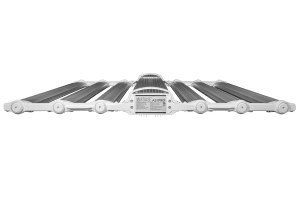

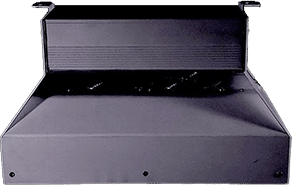





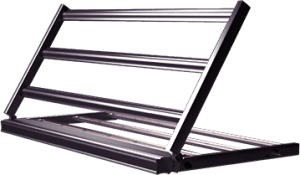
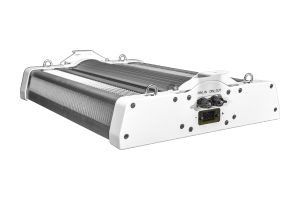




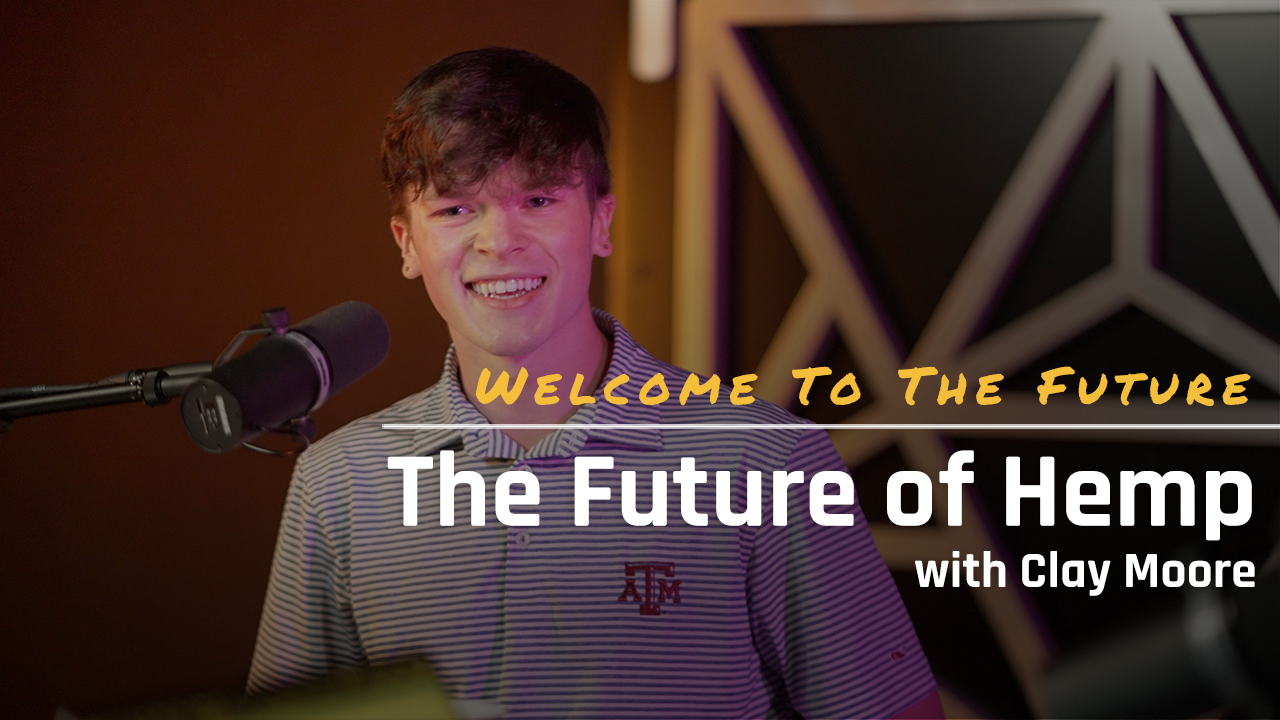
![“If You’re Going To Go BIG, Go FOHSE!” – Belushi’s Farm CULTIVATION [HIGH]LIGHT](https://resources.fohse.com/wp-content/uploads/2022/03/BELUSHIS-FARM-CLIENT-HIGHLIGHT-1024x576.png)
![Client [HIGH]💡 | TruInfusion | F1V](https://resources.fohse.com/wp-content/uploads/2023/10/Fohse-Tru-Infusion-19.jpg)
